Leipzig (155 hotels)
Leipzig, a city of music, culture, and history, has a creative spirit that captivates visitors. Once home to Bach and Goethe, its musical heritage lives on in world-class concert halls and opera houses. The historic city center, with its grand squares and elegant arcades, blends old-world charm with a modern edge. Spinnerei, a former cotton mill turned art district, showcases Leipzig’s vibrant contemporary scene. From its revolutionary past to its dynamic present, Leipzig is a city that thrives on inspiration and reinvention.
Where to Stay in Leipzig?
Pension Gutshof Podelwitz
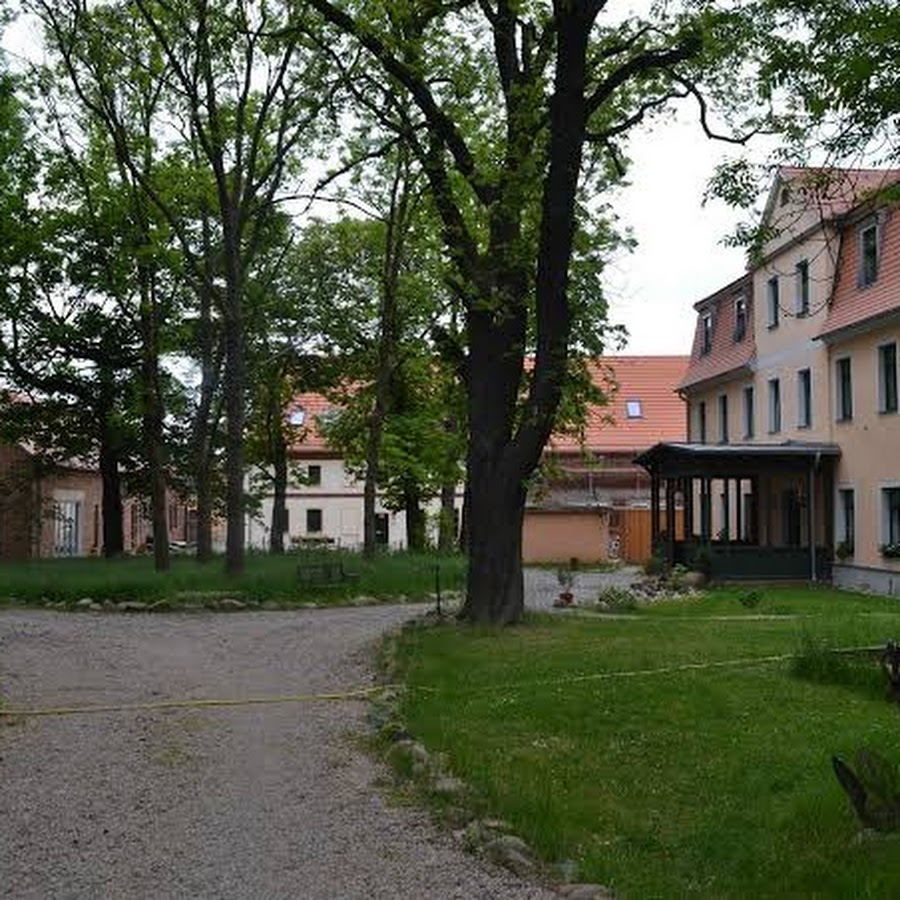
Pension Bautzmann
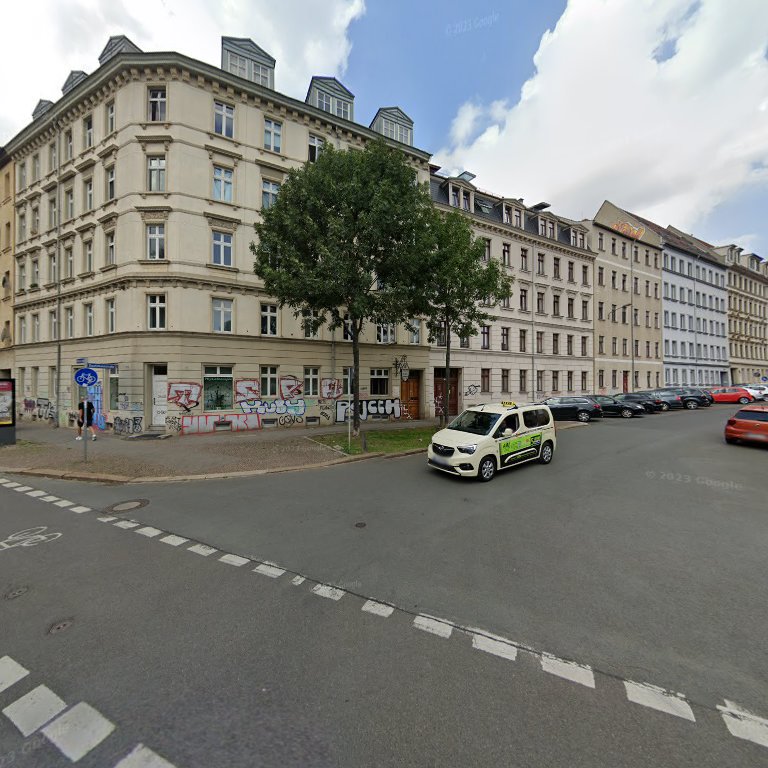
City Lodge Apartment
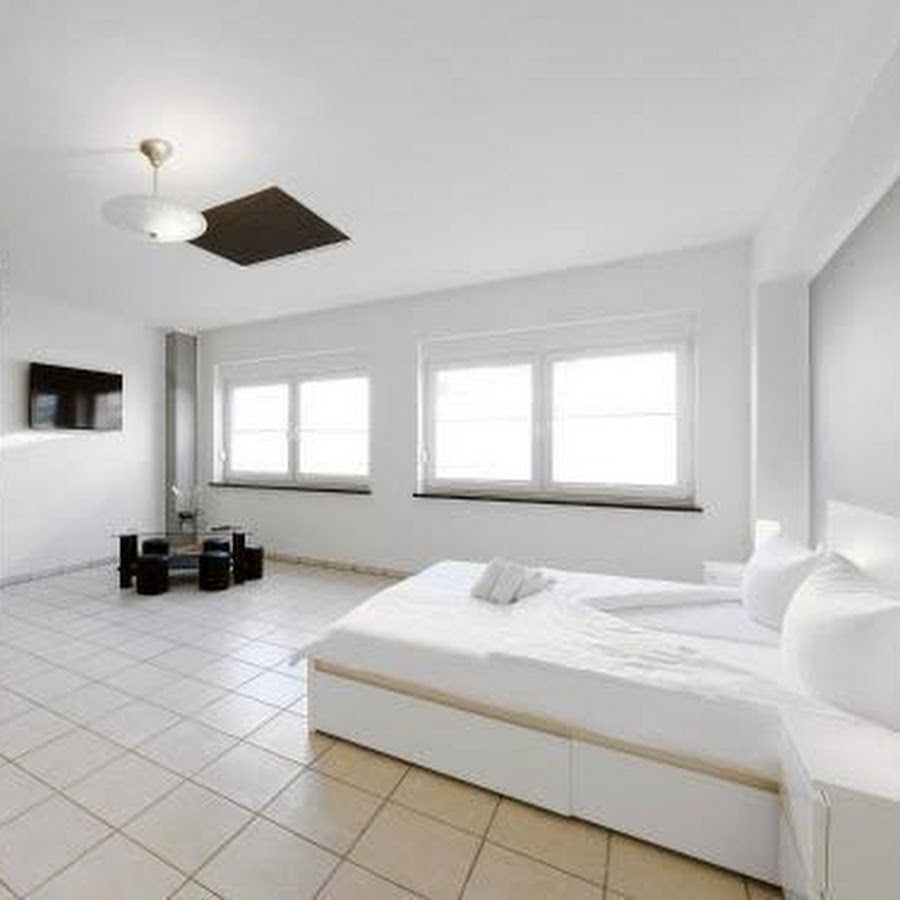
Studio 44 Apartments – Marc Binder
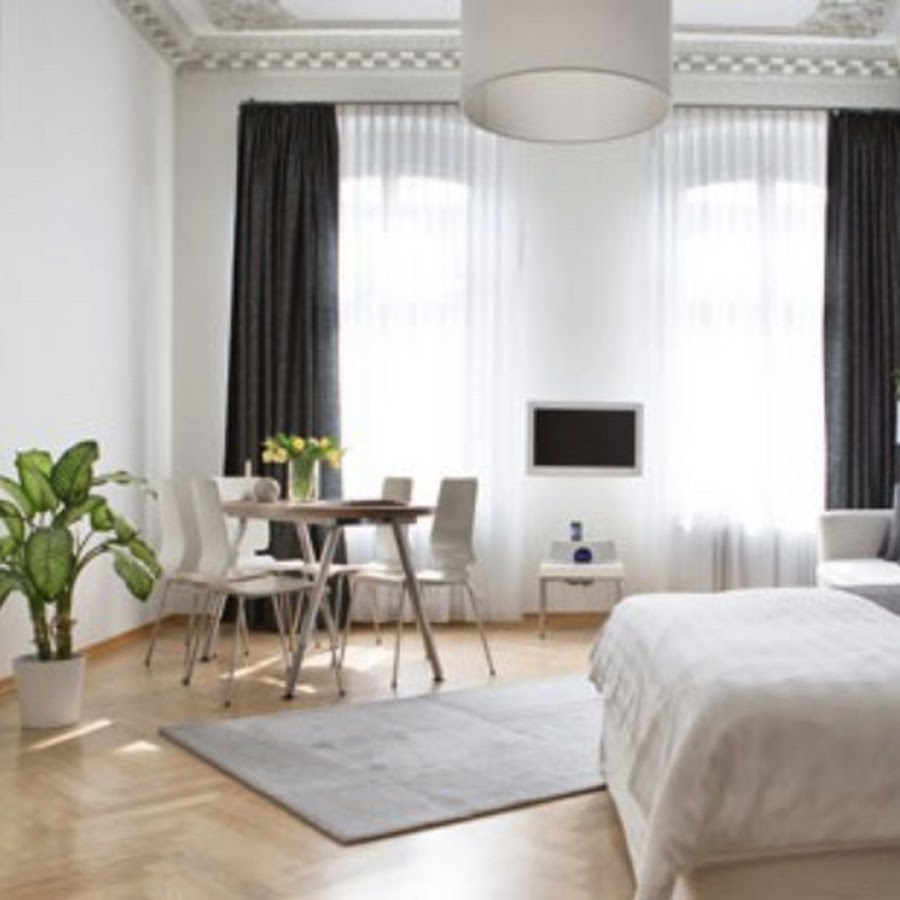
Hotel Paris Syndrom
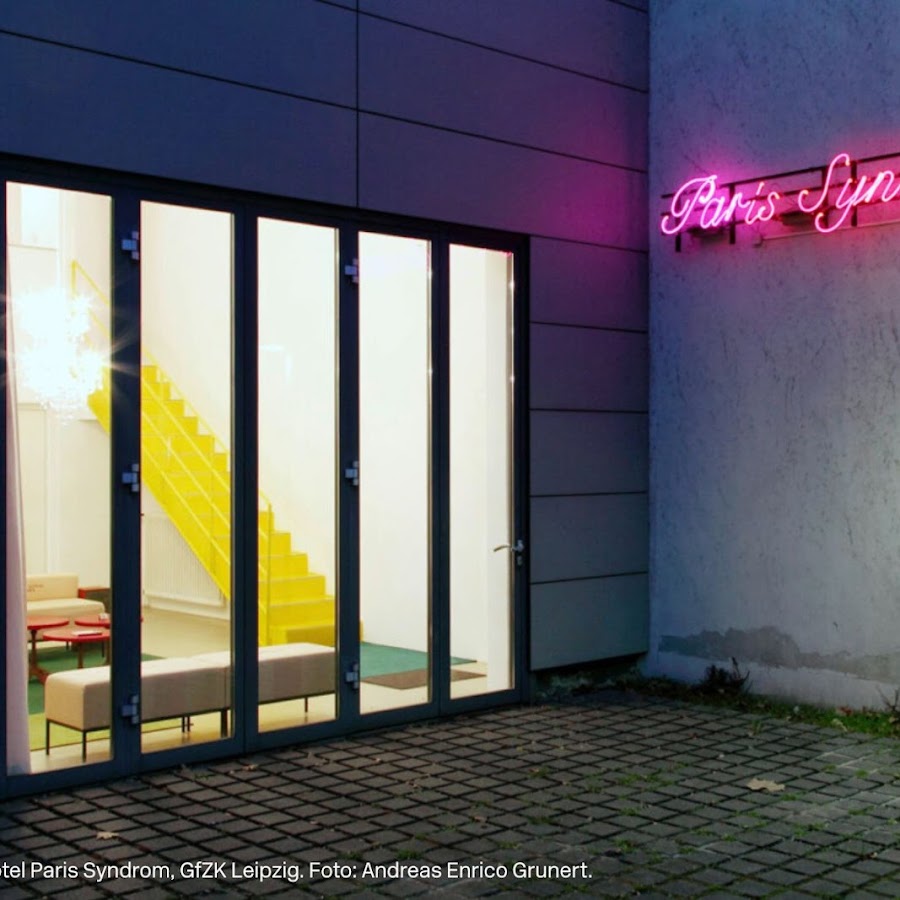
Hotel Seeblick
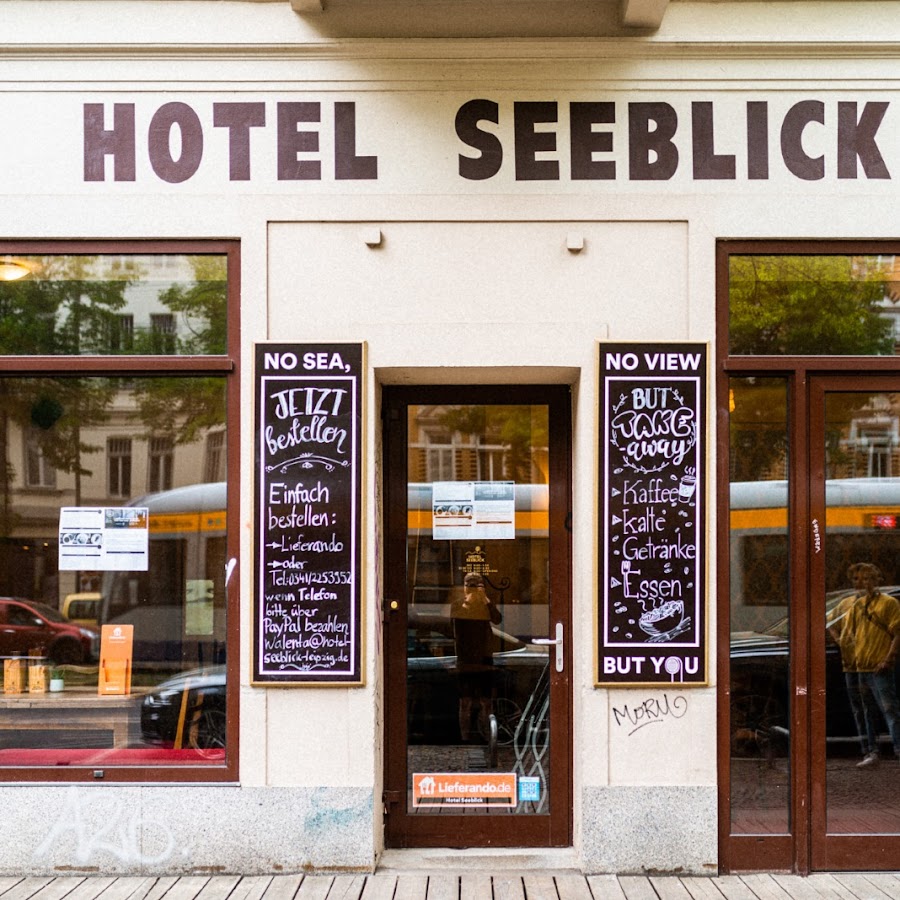
Days Inn by Wyndham Leipzig Messe
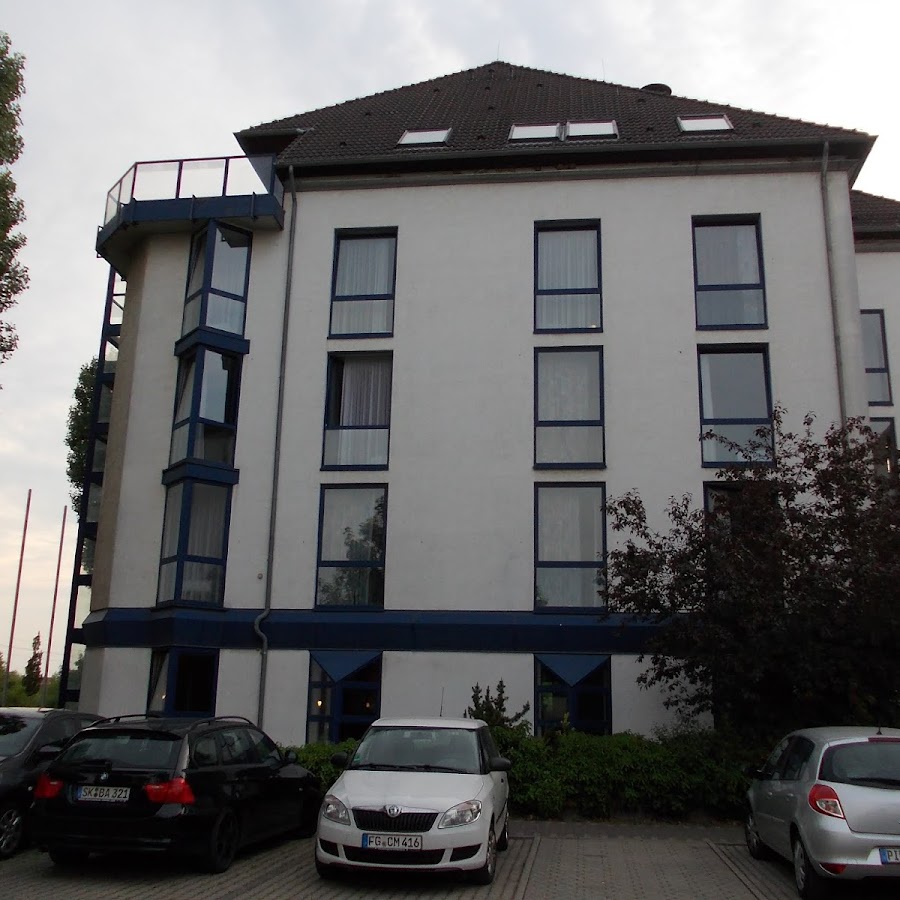
Hotel Gasthof Alt Engelsdorf
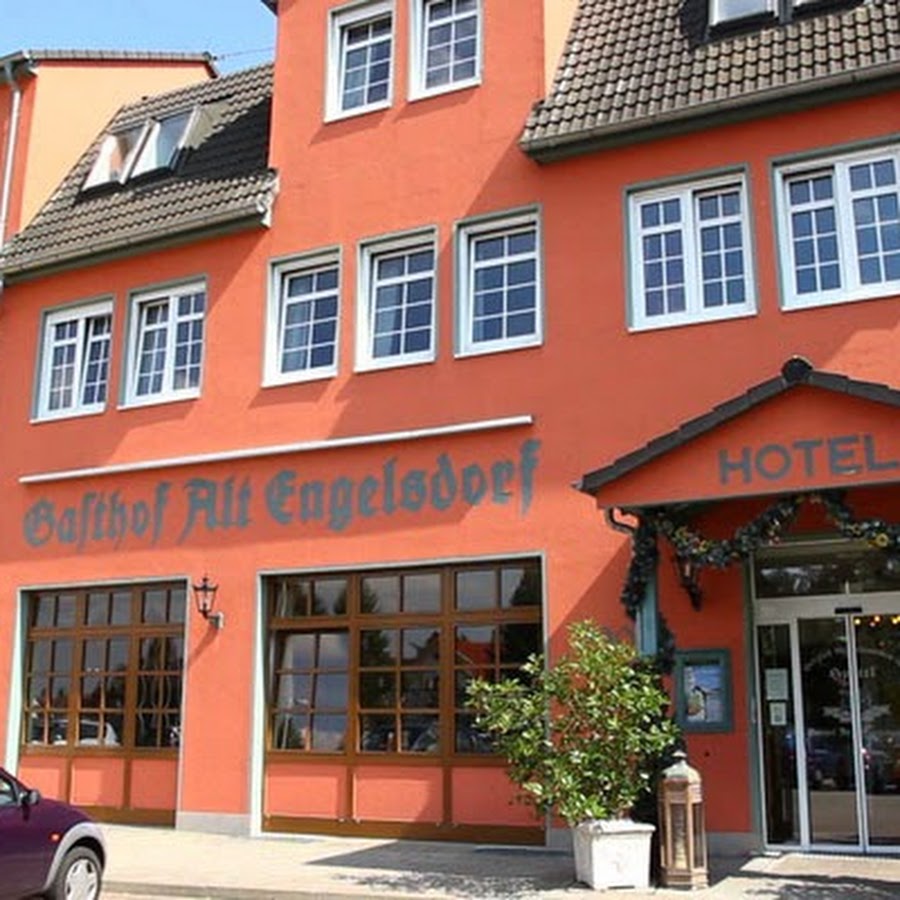
Hotel Fregehaus
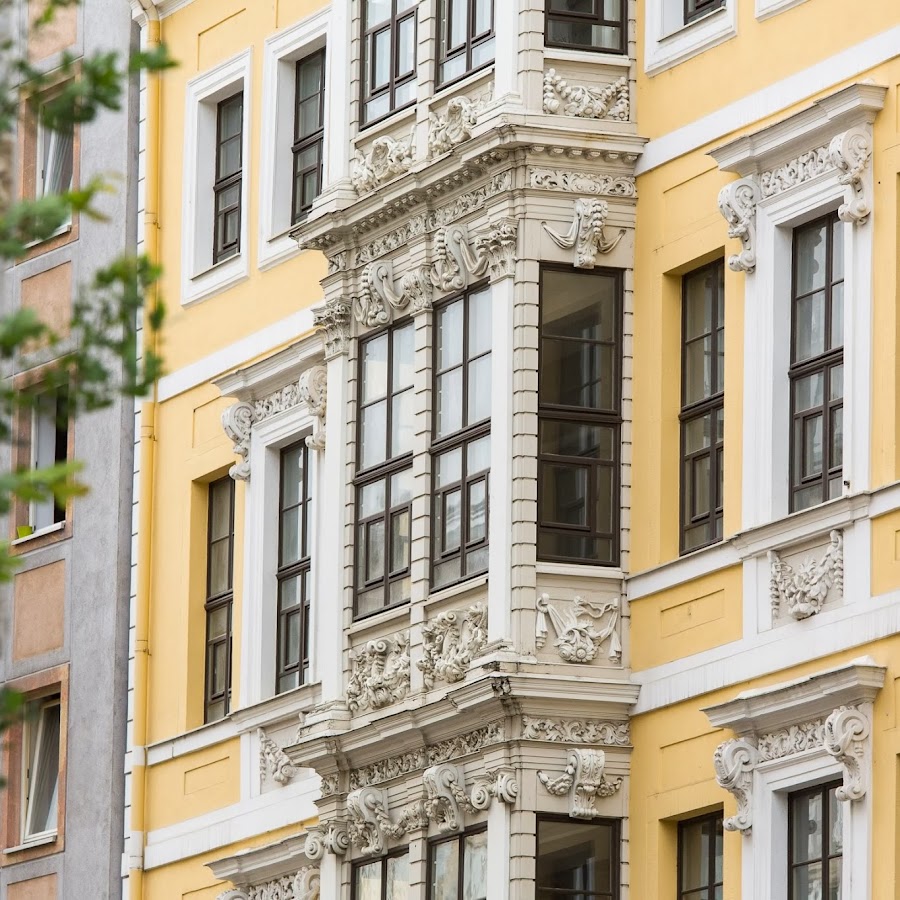
Hotel Alt-Connewitz
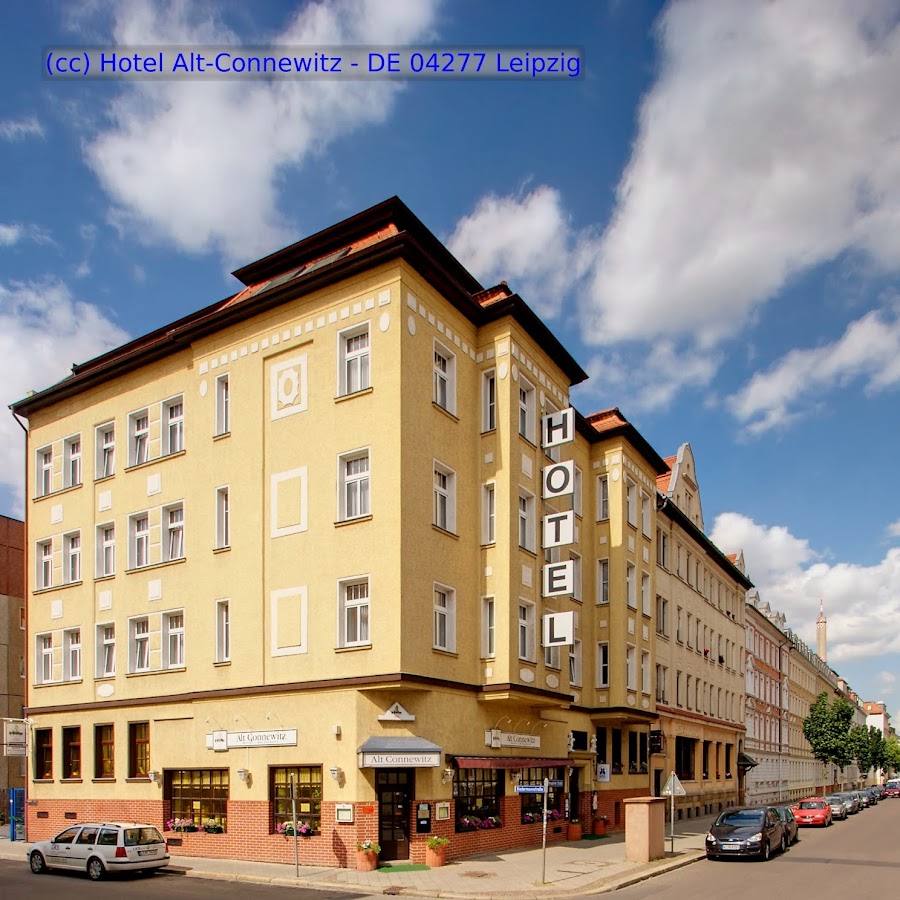
ibis Leipzig City
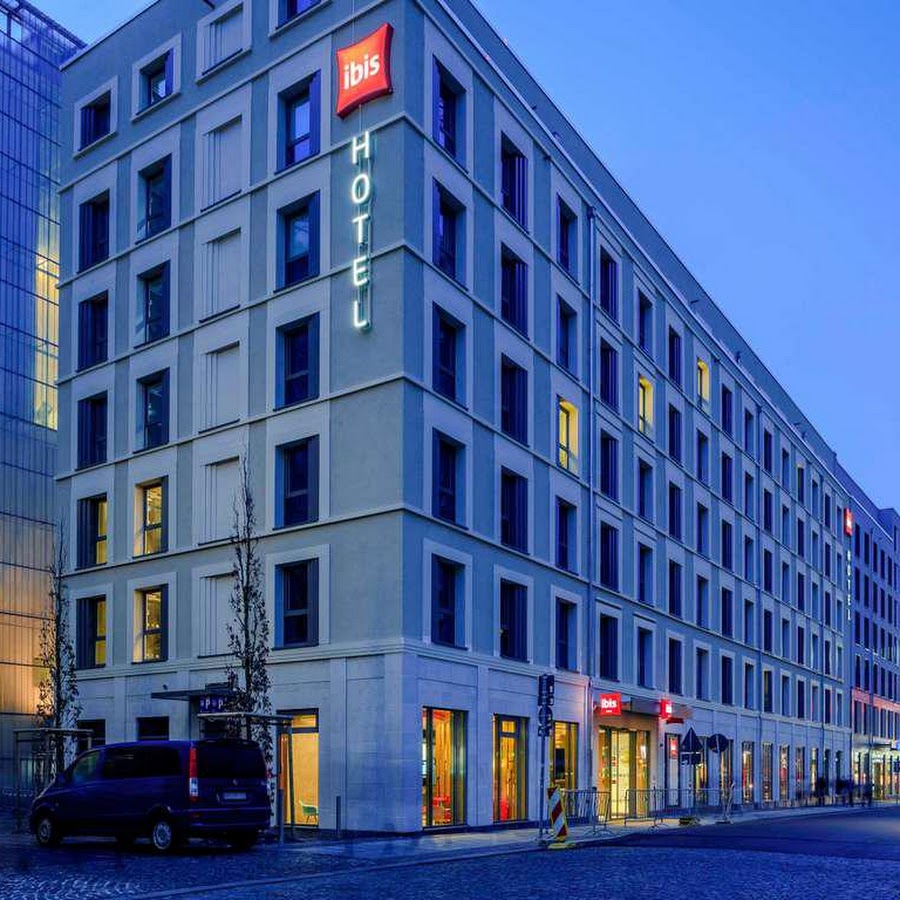
Zimmervermietung Scheller
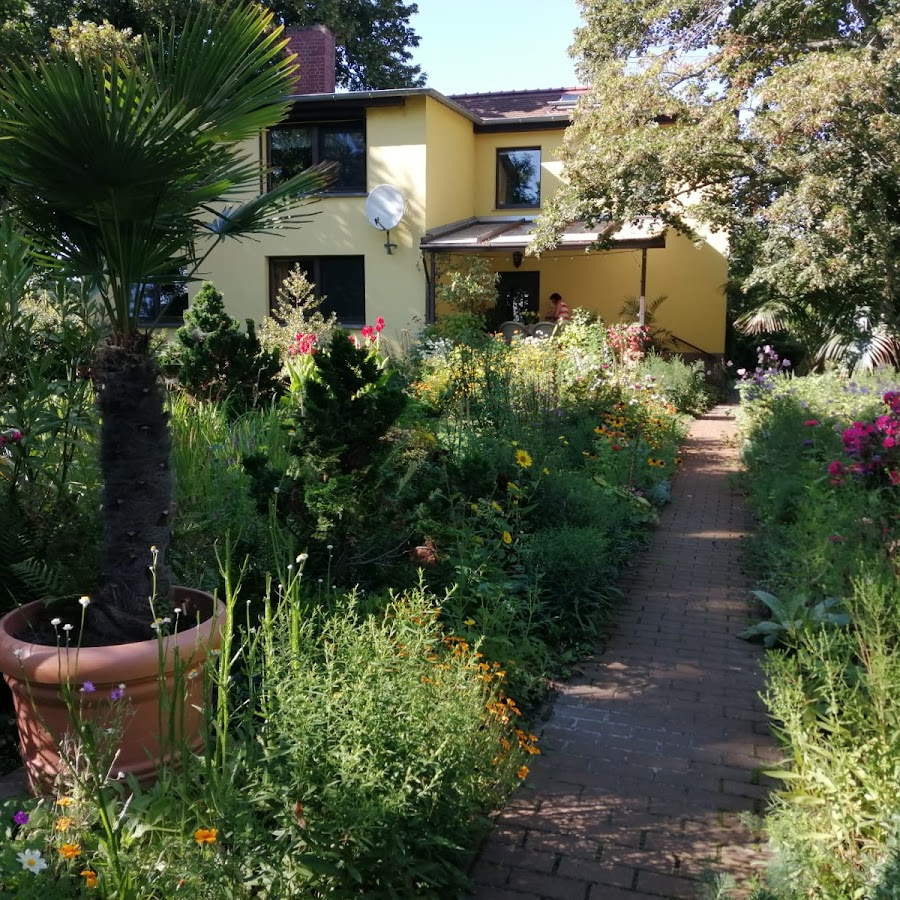
Stern Hotel Leipzig
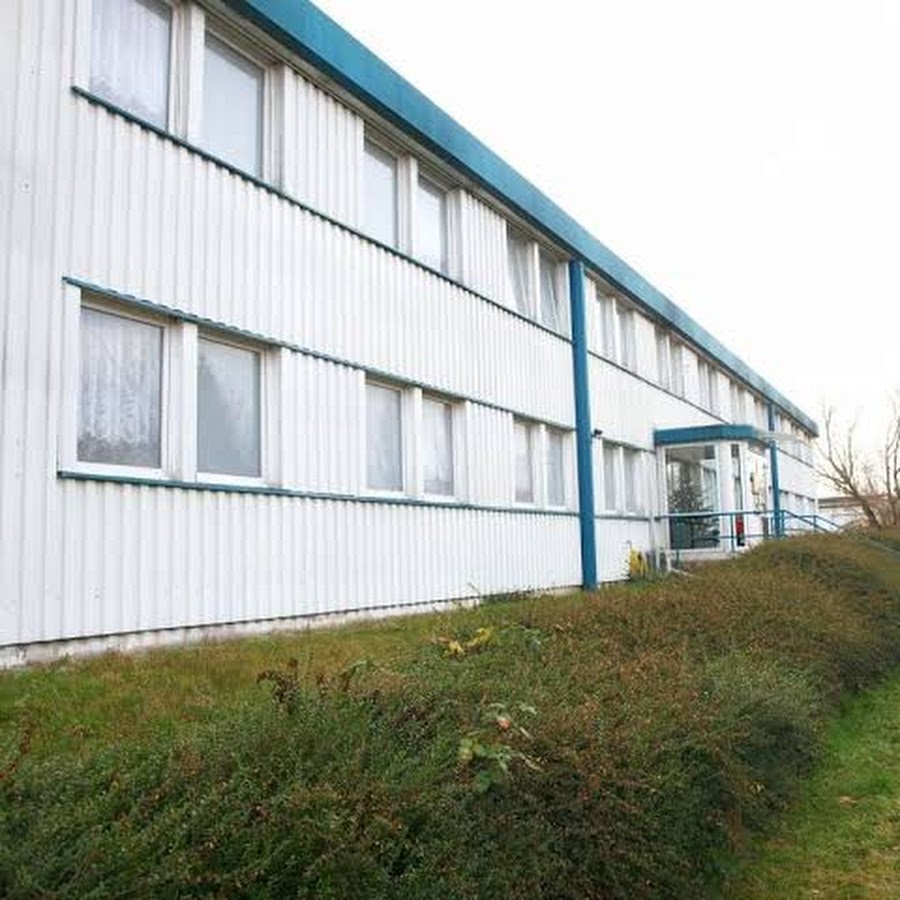
Holiday house at the park
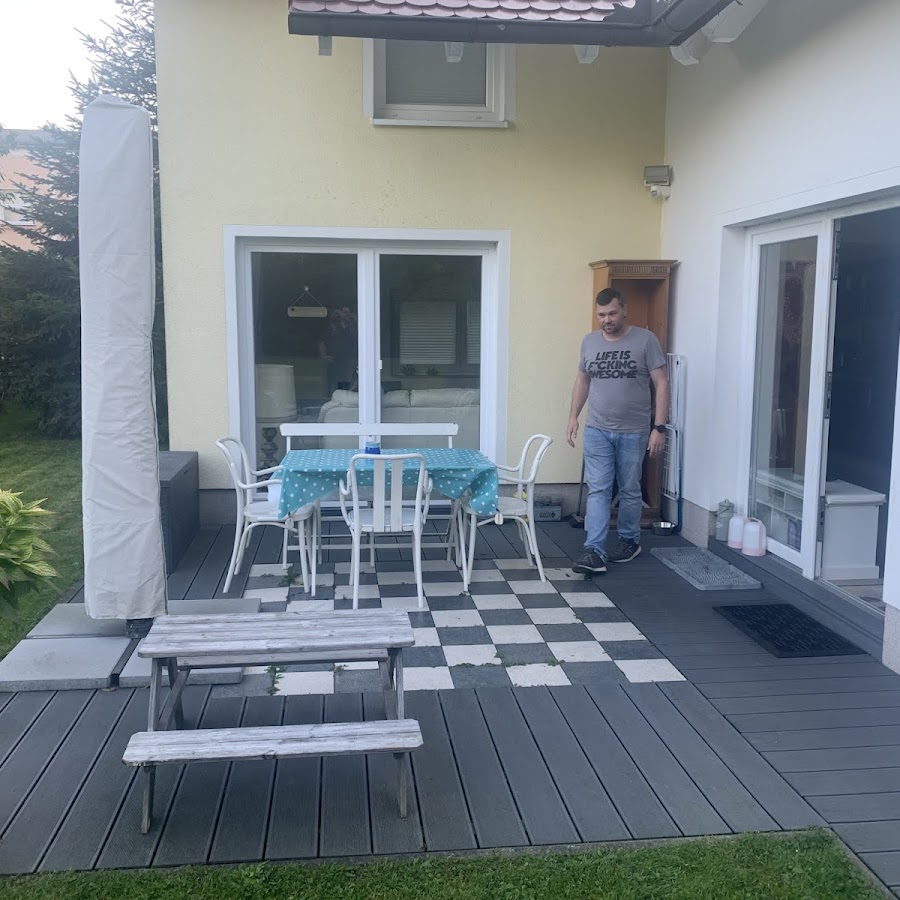
FZG Fortbildungszentrum Gastgewerbe GmbH - Ausbildungshotel
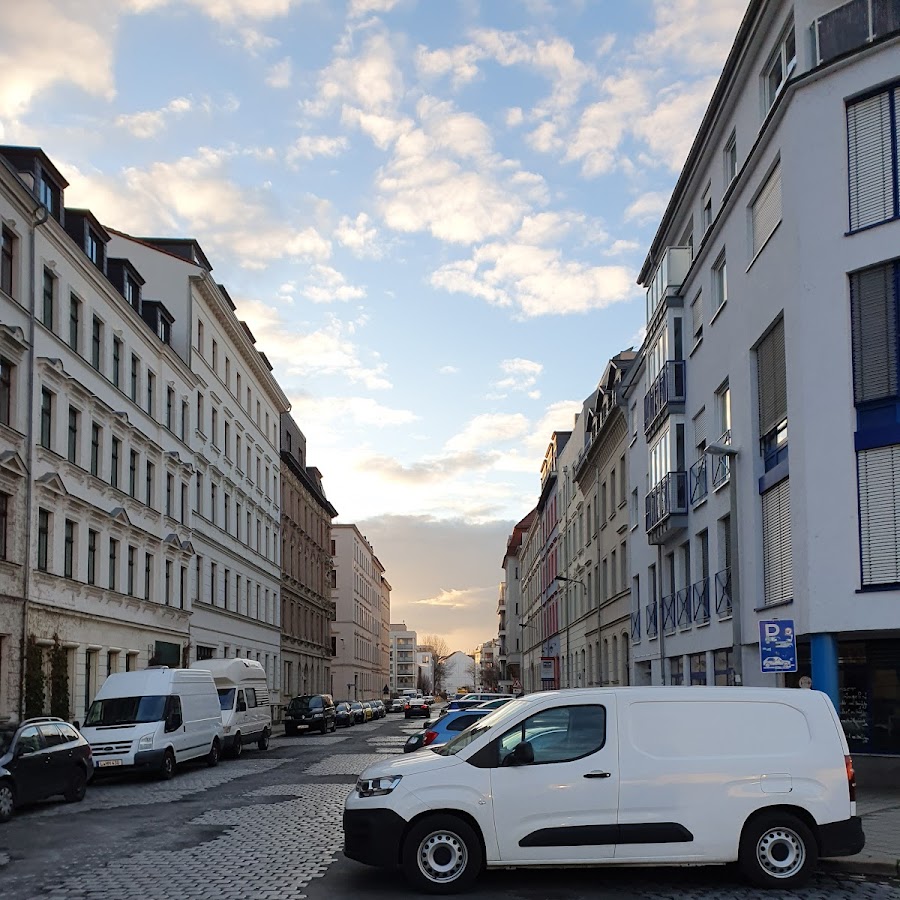
Ferienwohnungen & Apartments Zeise
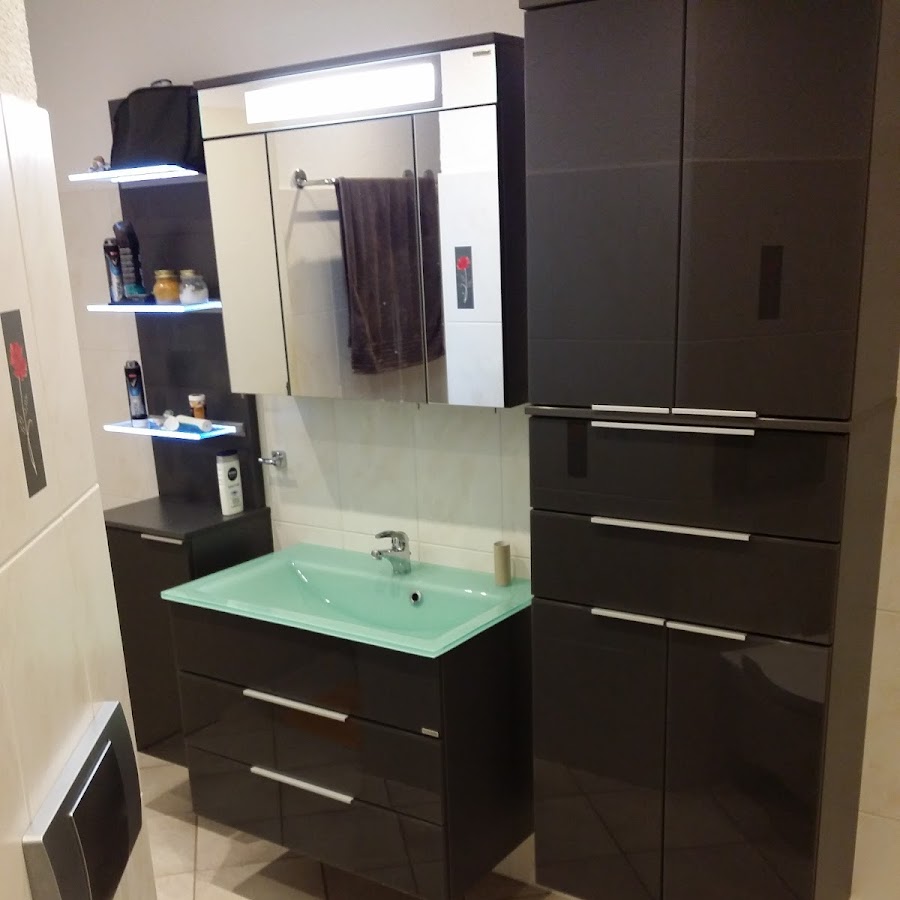
FERIENWOHNUNG Villa 1895
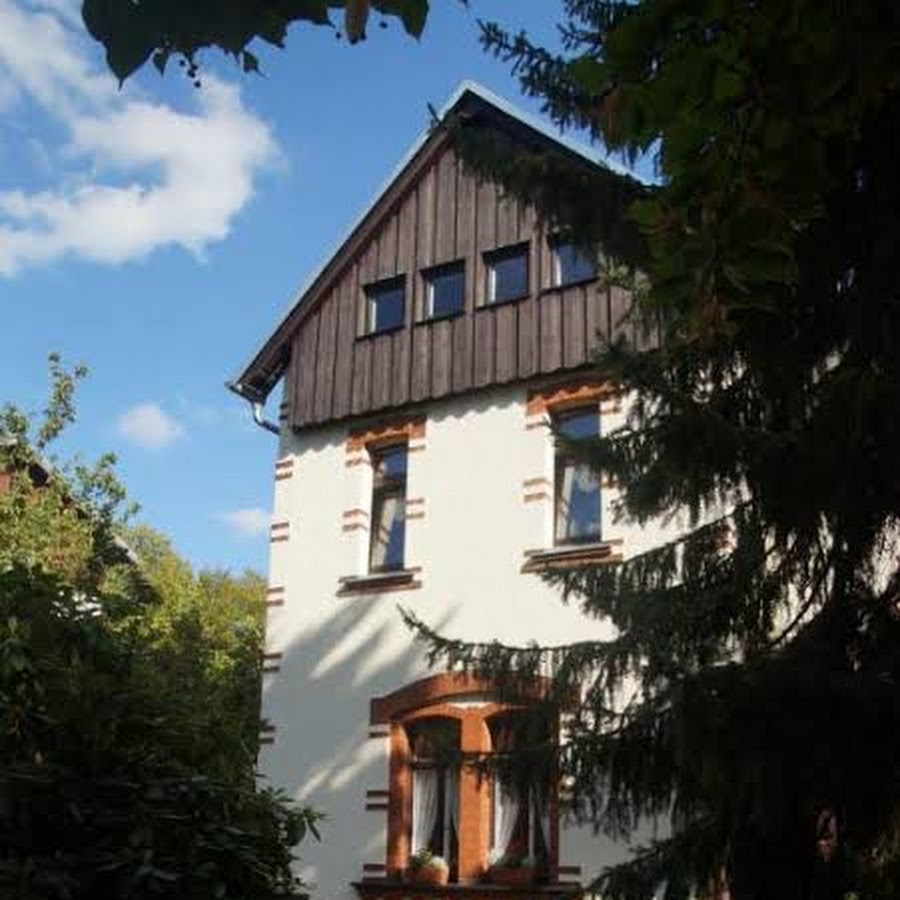
Monteurunterkunft Leipzig
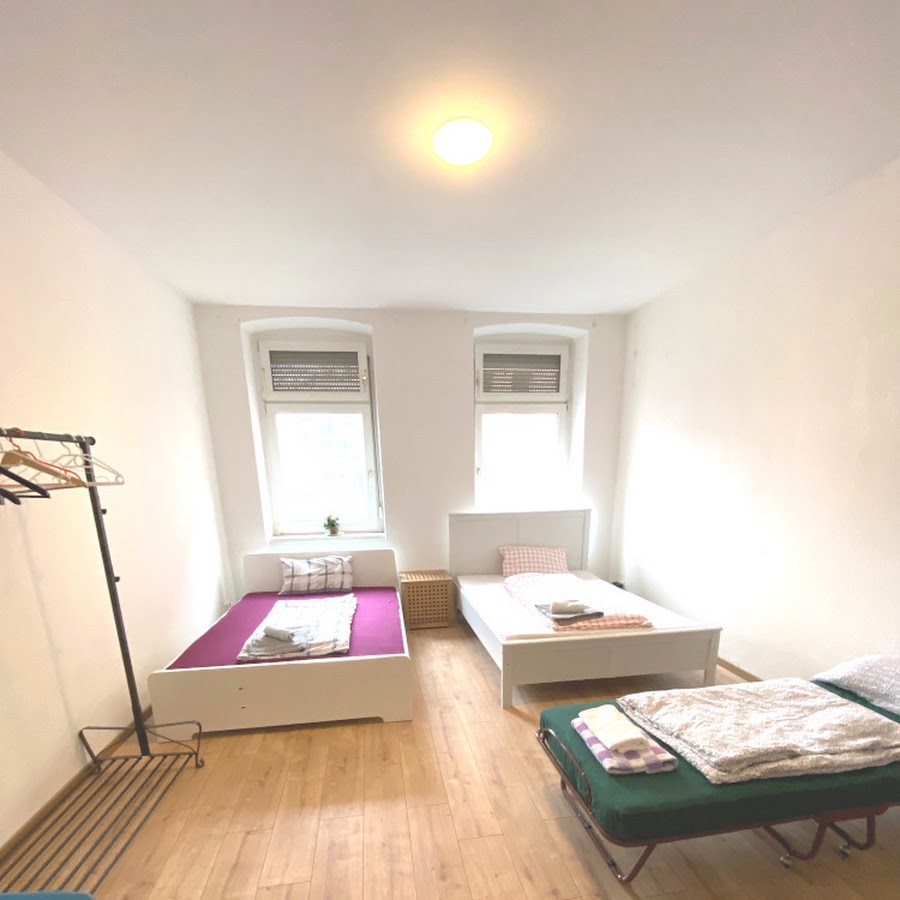
Pension Geistert
Hotel Am St. Georg
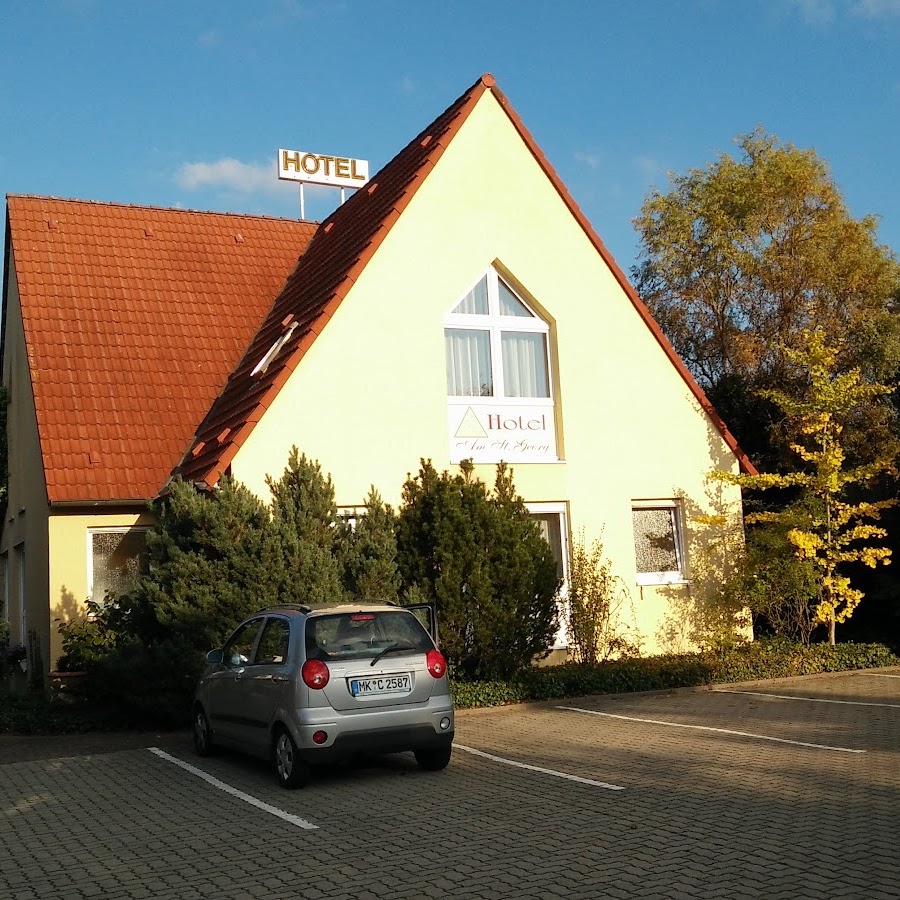
Living Apart Leipzig
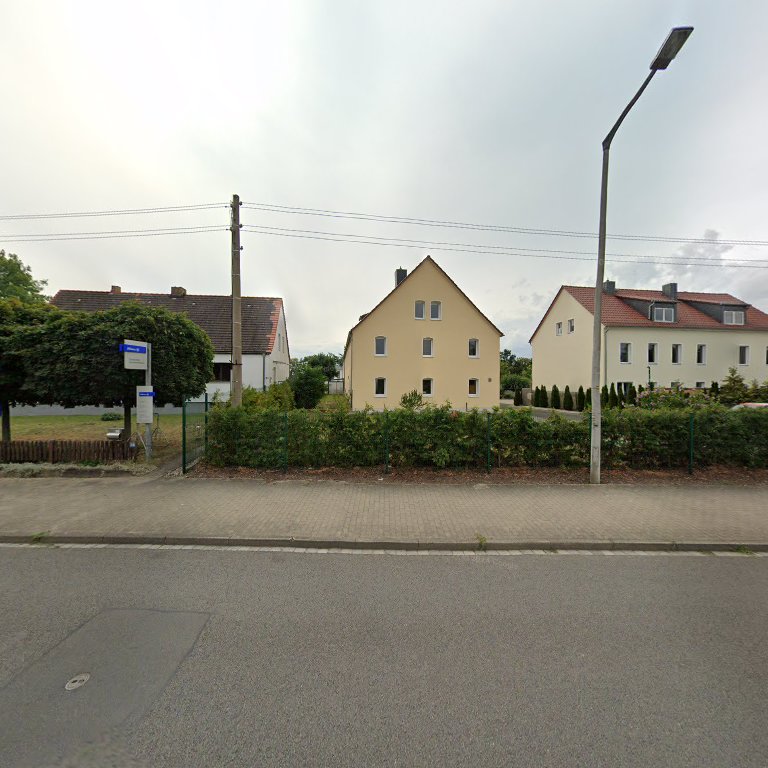
Pension Petit
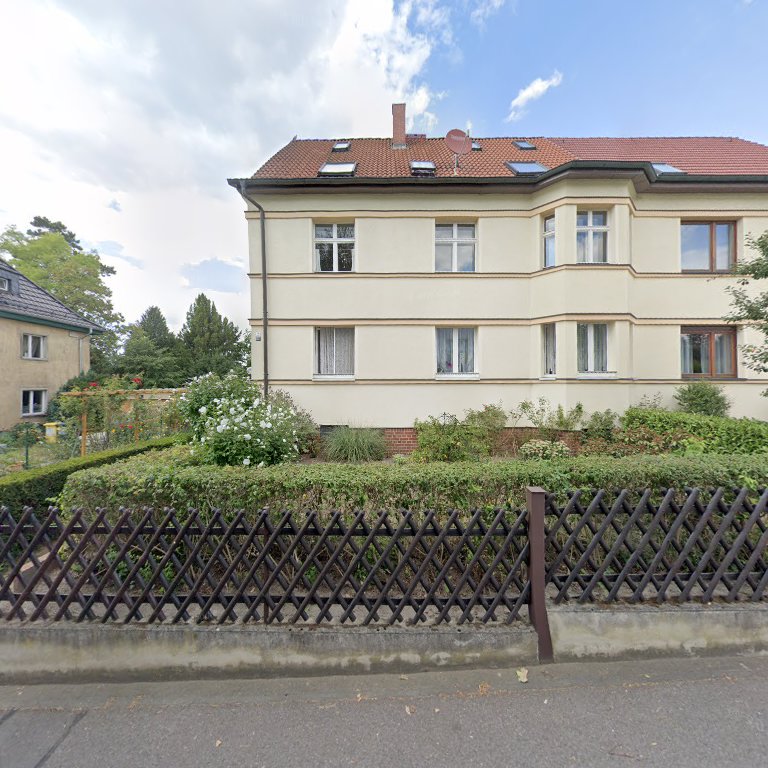
Hotel & Pension Plagwitzer Hof

Pension 15Ahh...
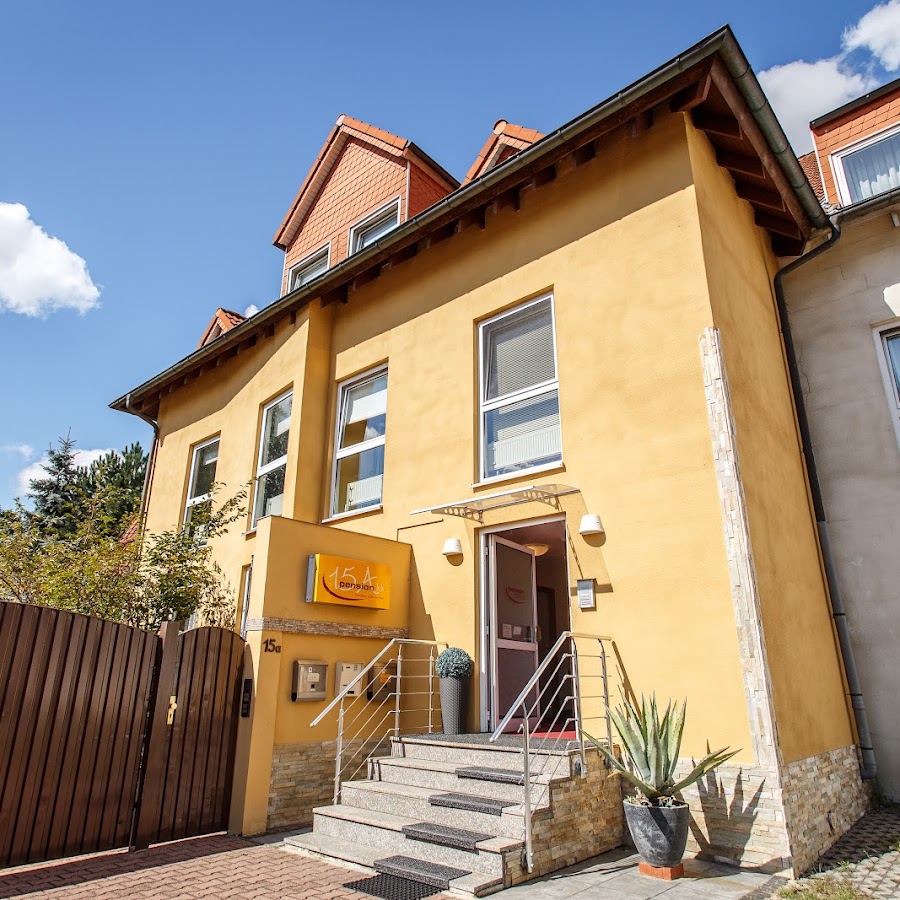
Pension Schwalbennest
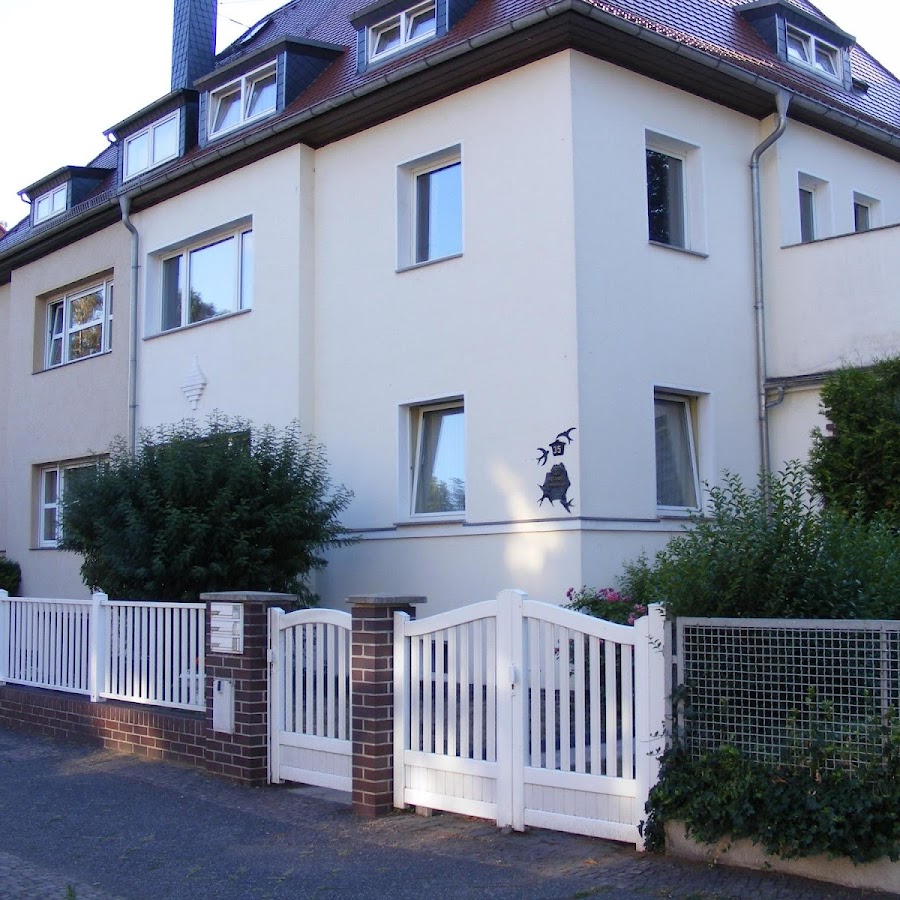
Ferienwohnung Kleindienst
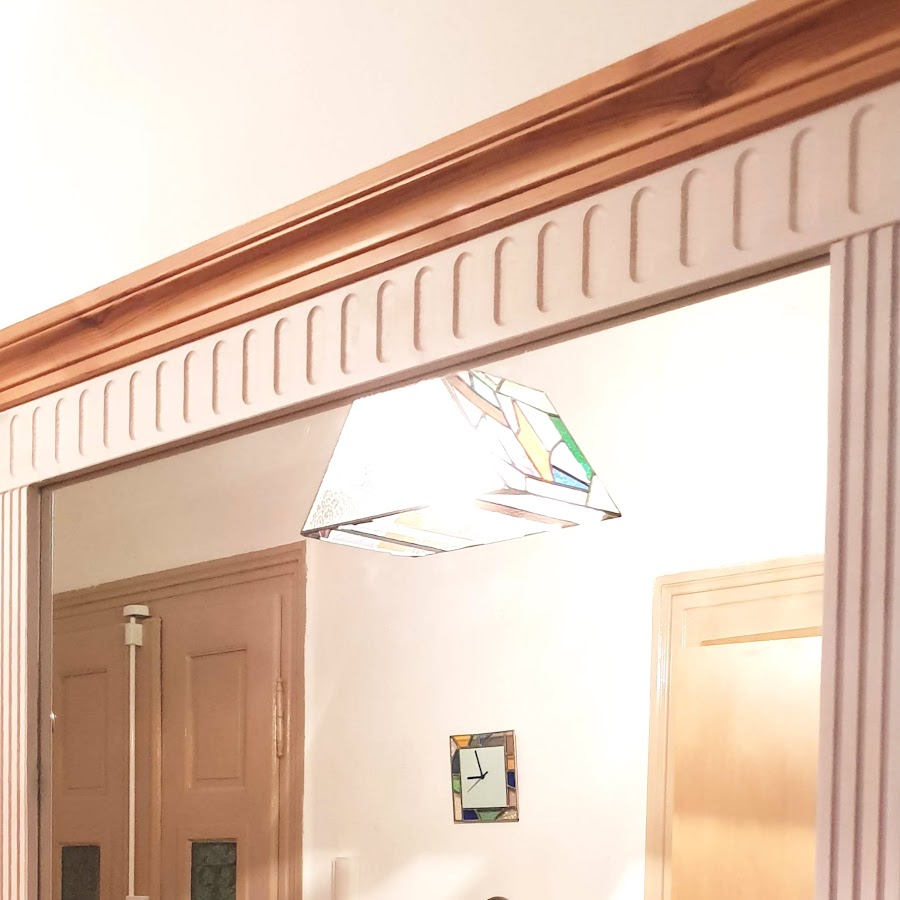
Hostel OSKARs Absteige
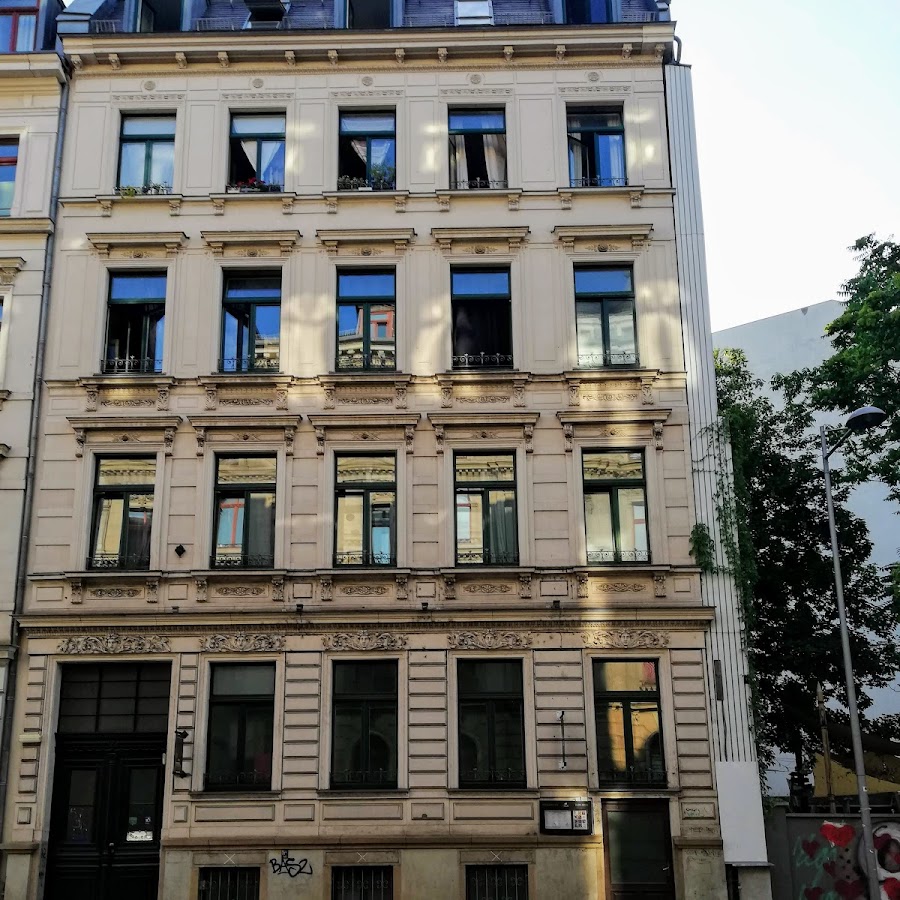
Messepark Leipzig-Markkleeberg Hotelbetriebsgesellschaft mbH
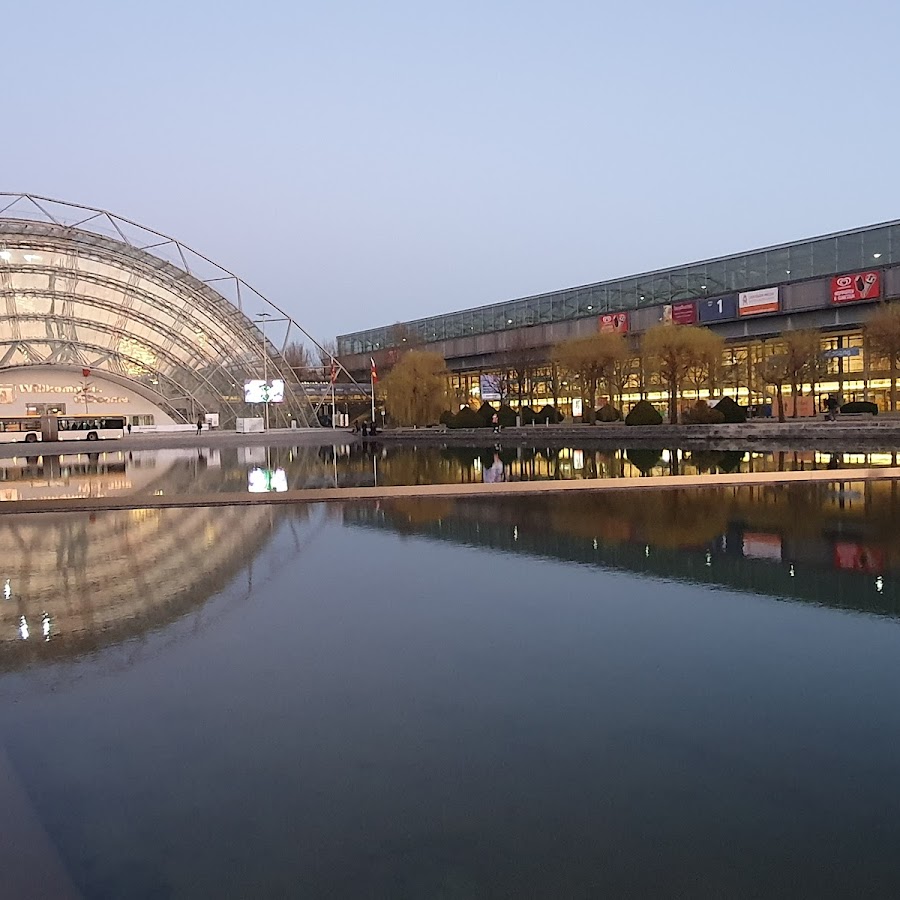
Campingplatz am Kulkwitzer See
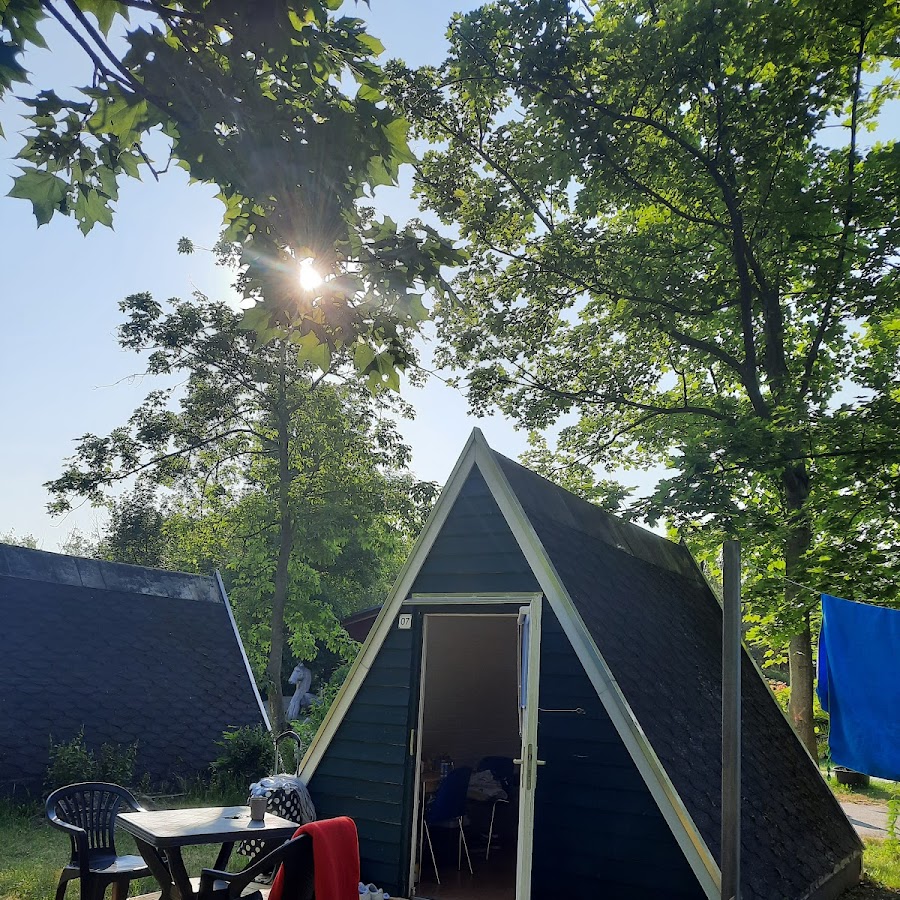
Freiraum Loft
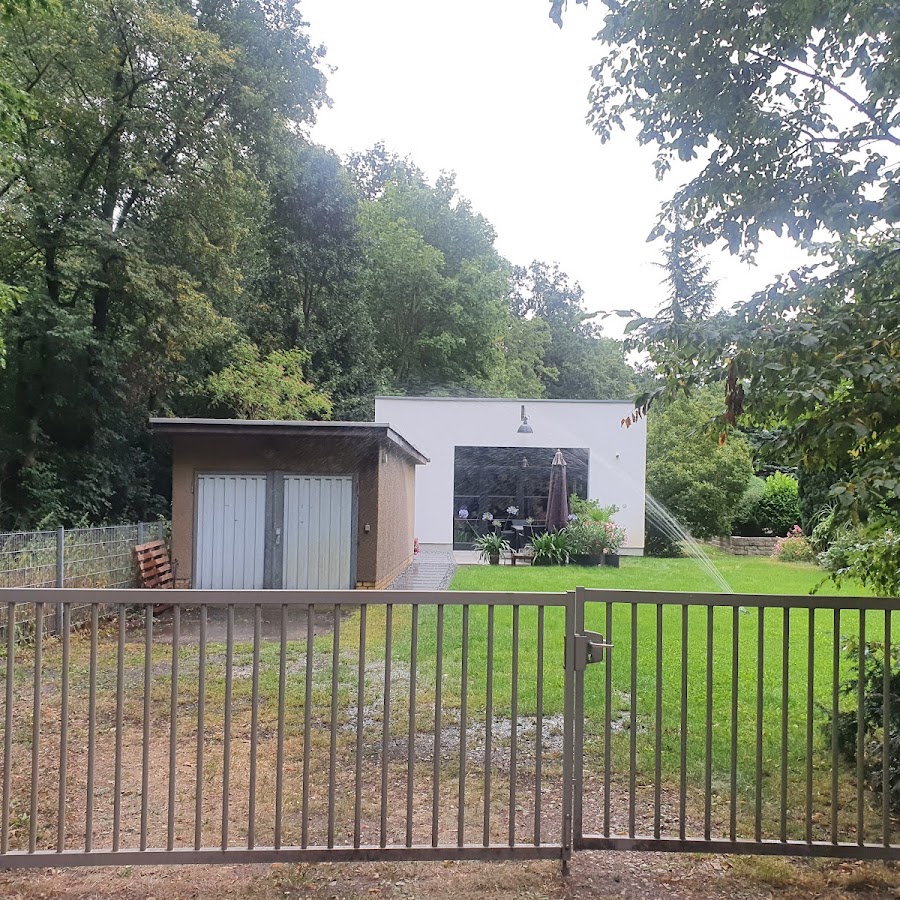
Apart Hotel & Pension Taucha
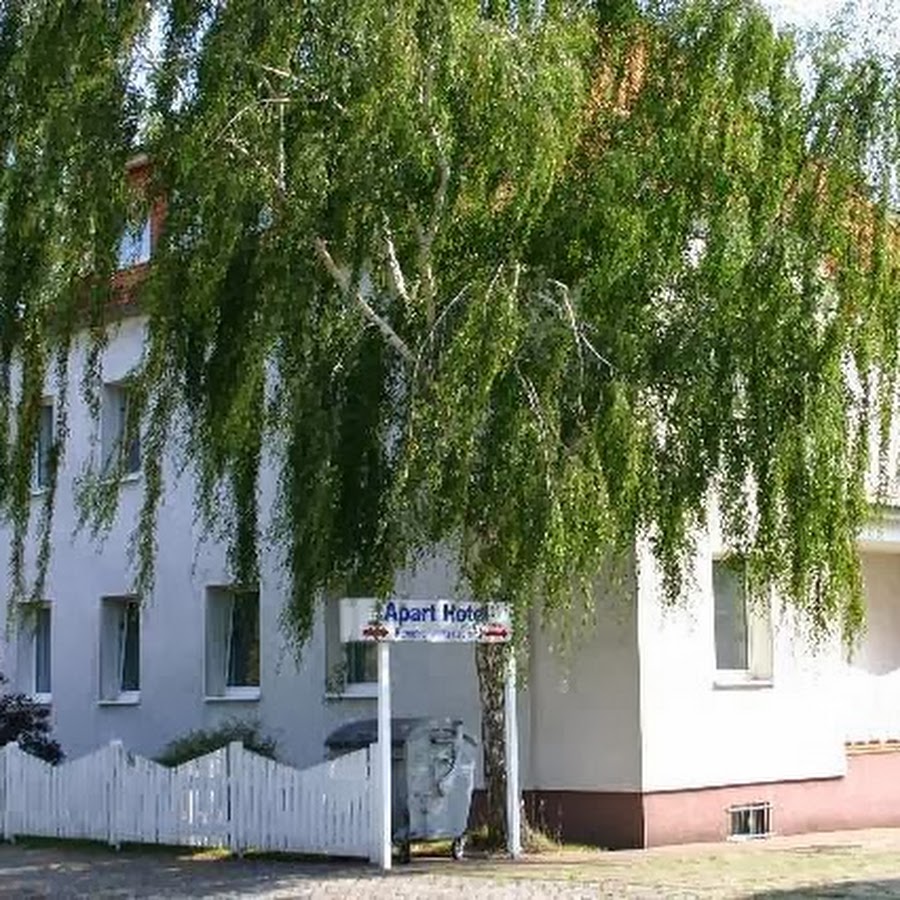
Hotel Via City

Monteurzimmer Leipzig
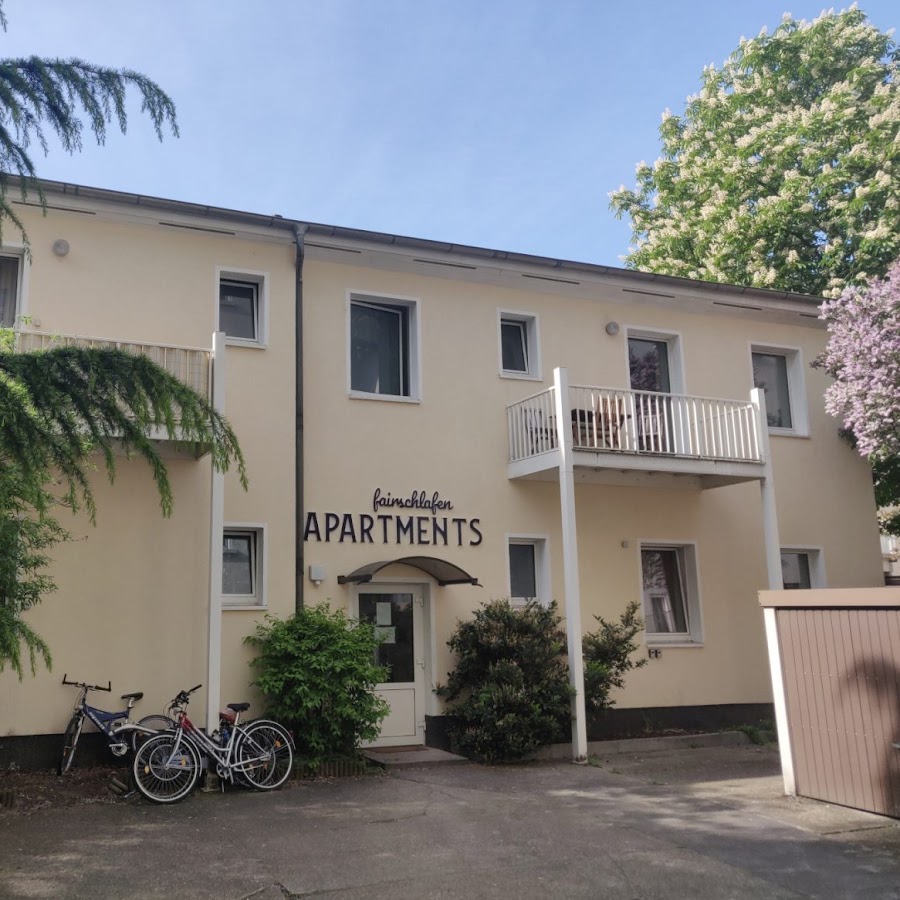
Pension Röhrborn

Pension Jägerstube
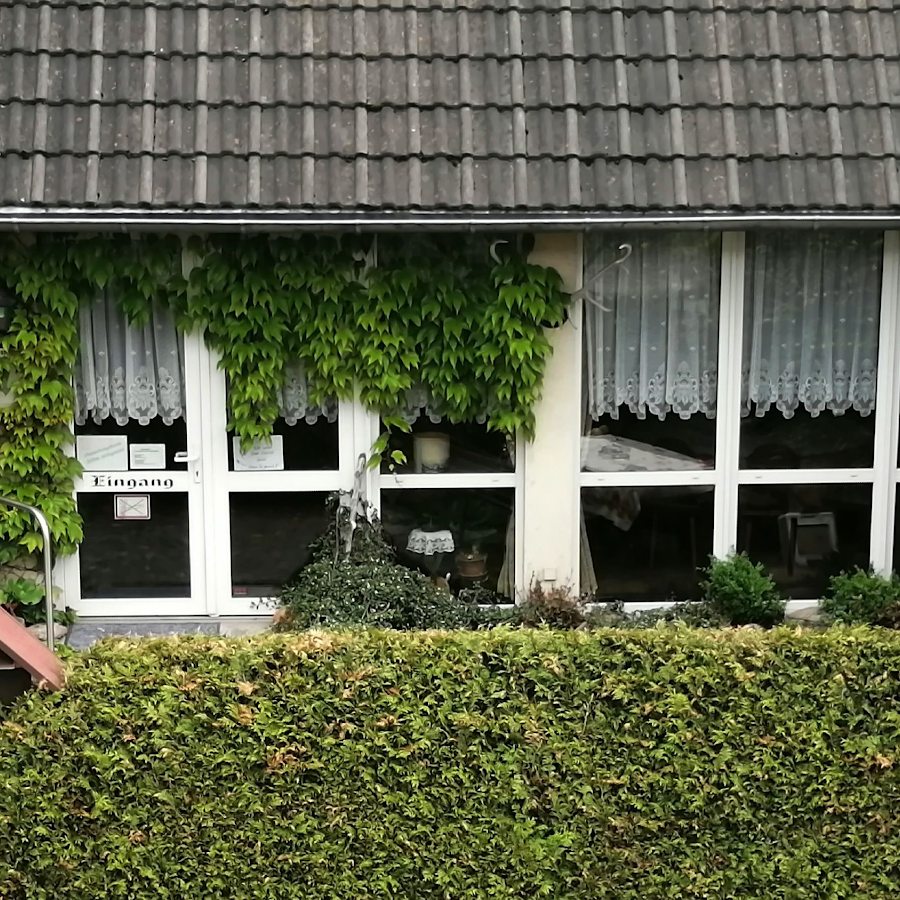
Pension Seehausener Hof
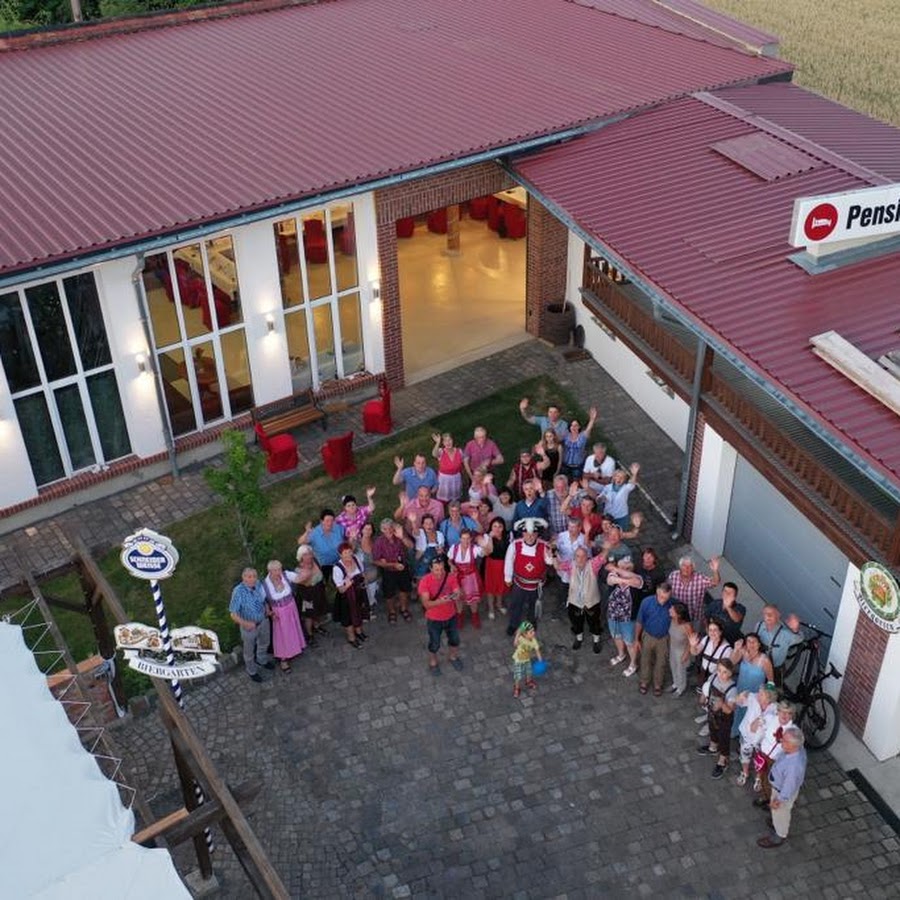
City Park Apartments
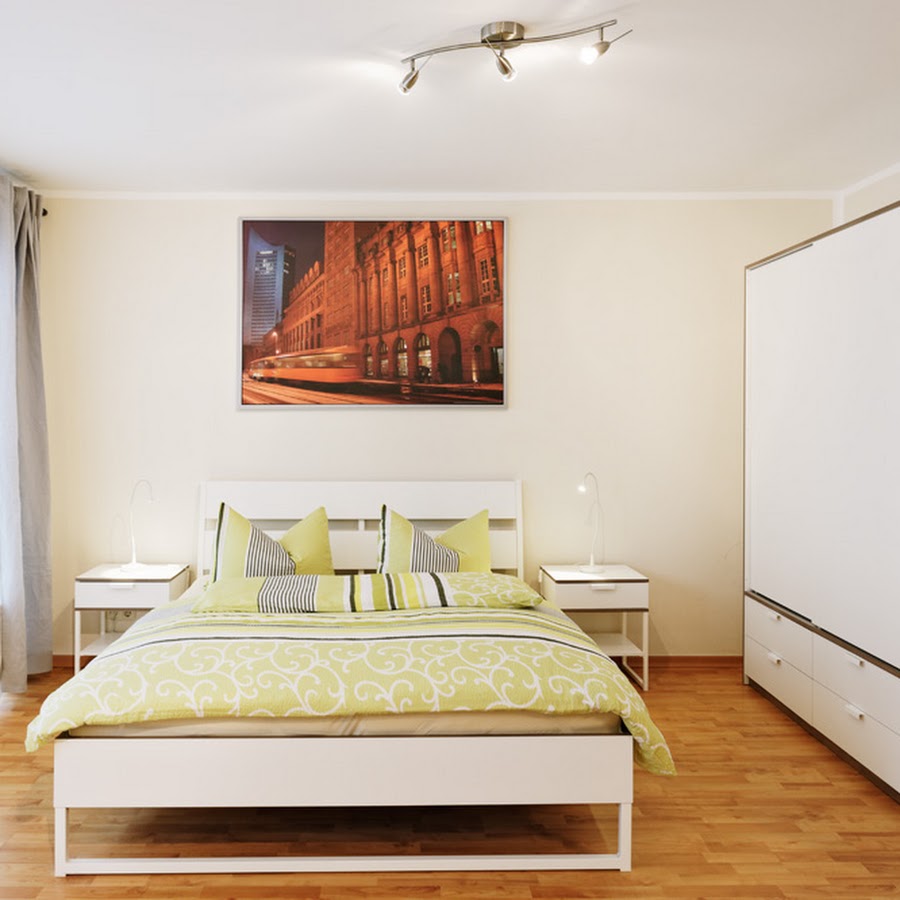
Pension M14
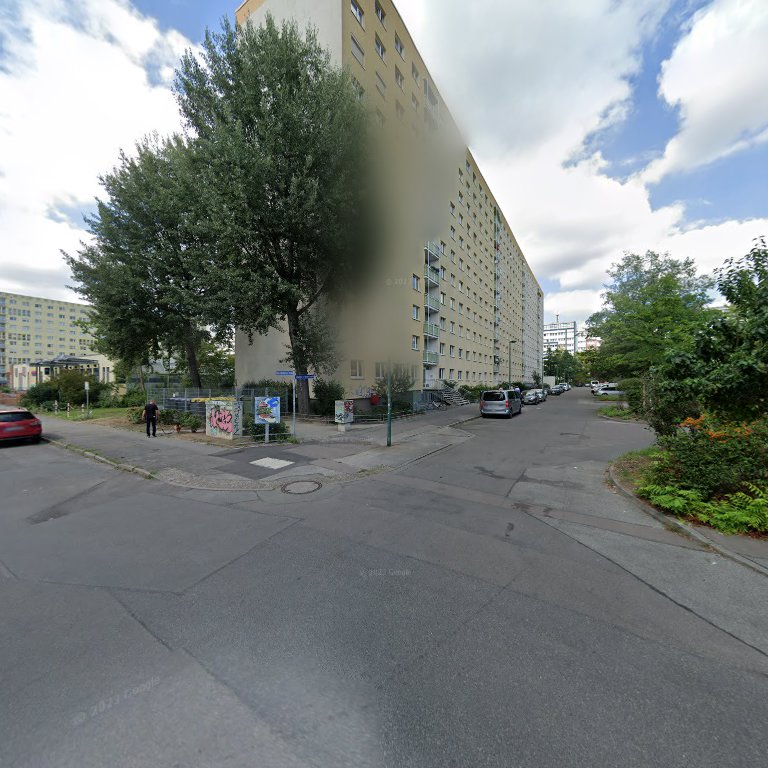
Pension Haus Spangenberg
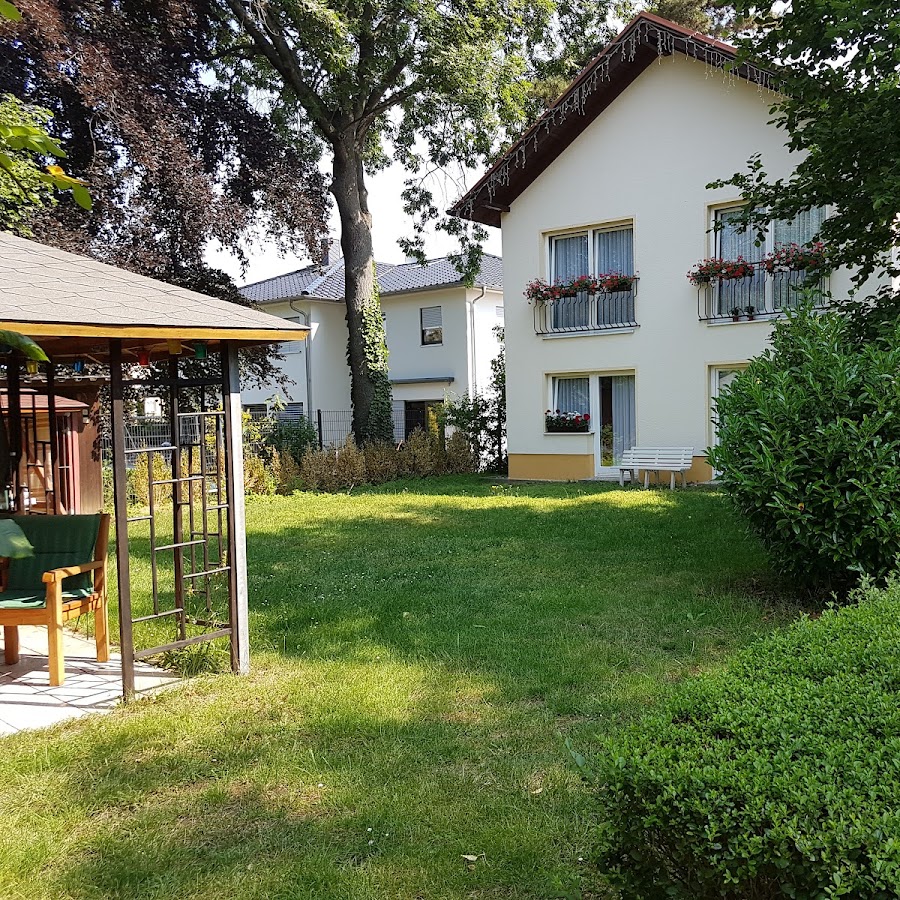
Pension Preußenstraße
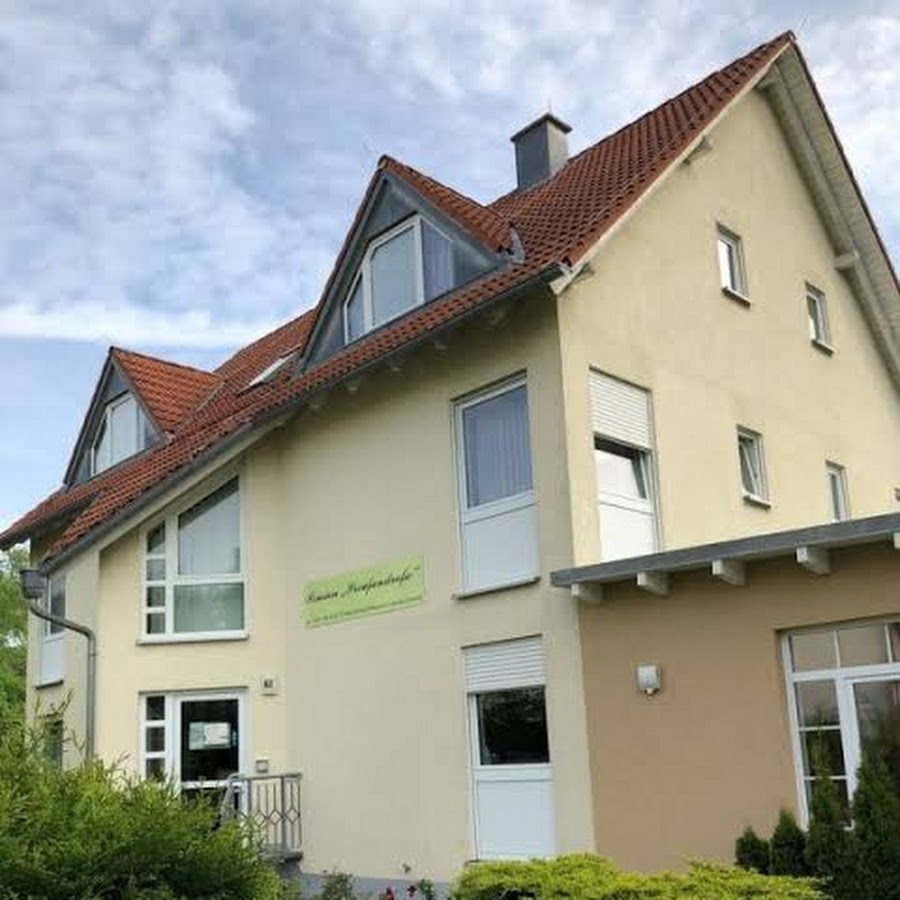
Hostel Blue Star
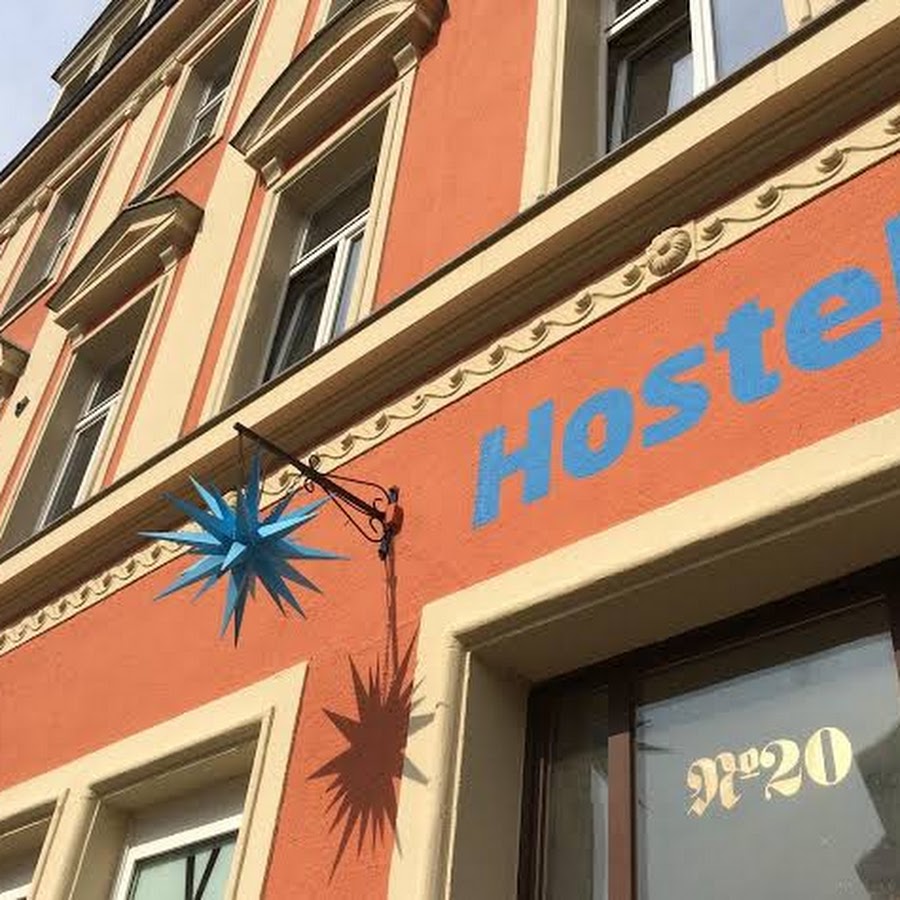
Cafe and Pension "Alte Messe"

Gasthof Zweinaundorf

BIG MAMA Leipzig
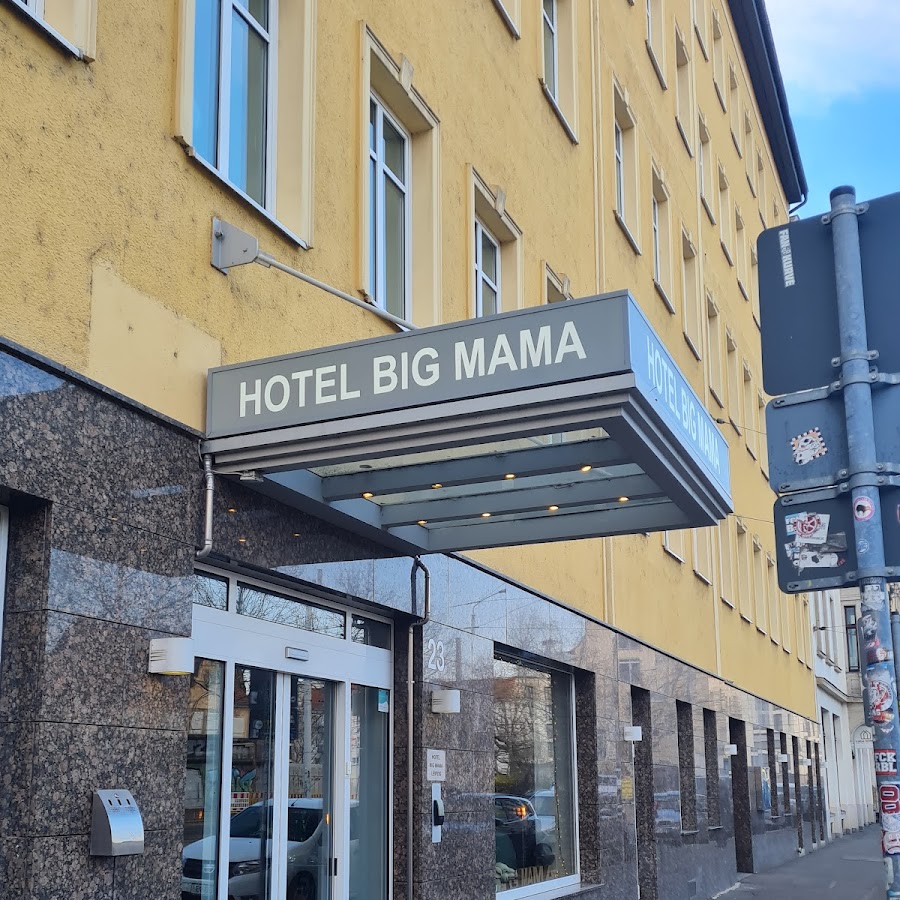
Pension am Stern
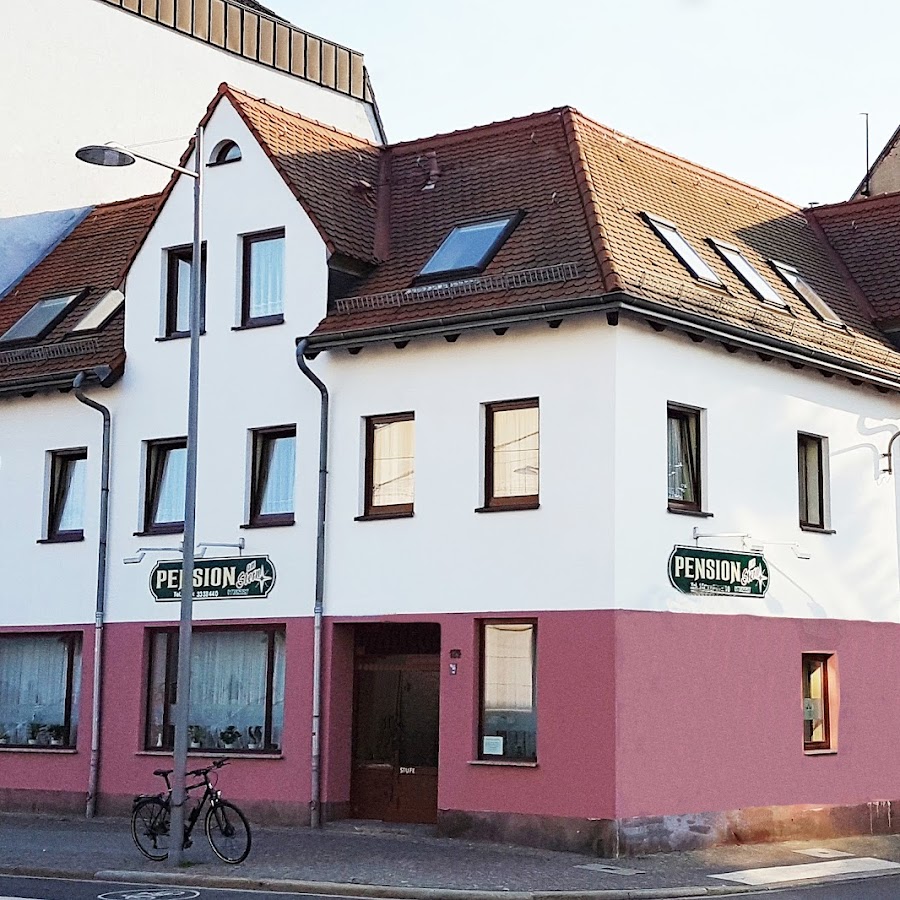
Voyage Hotel, Veranstaltungssaal & Appartements
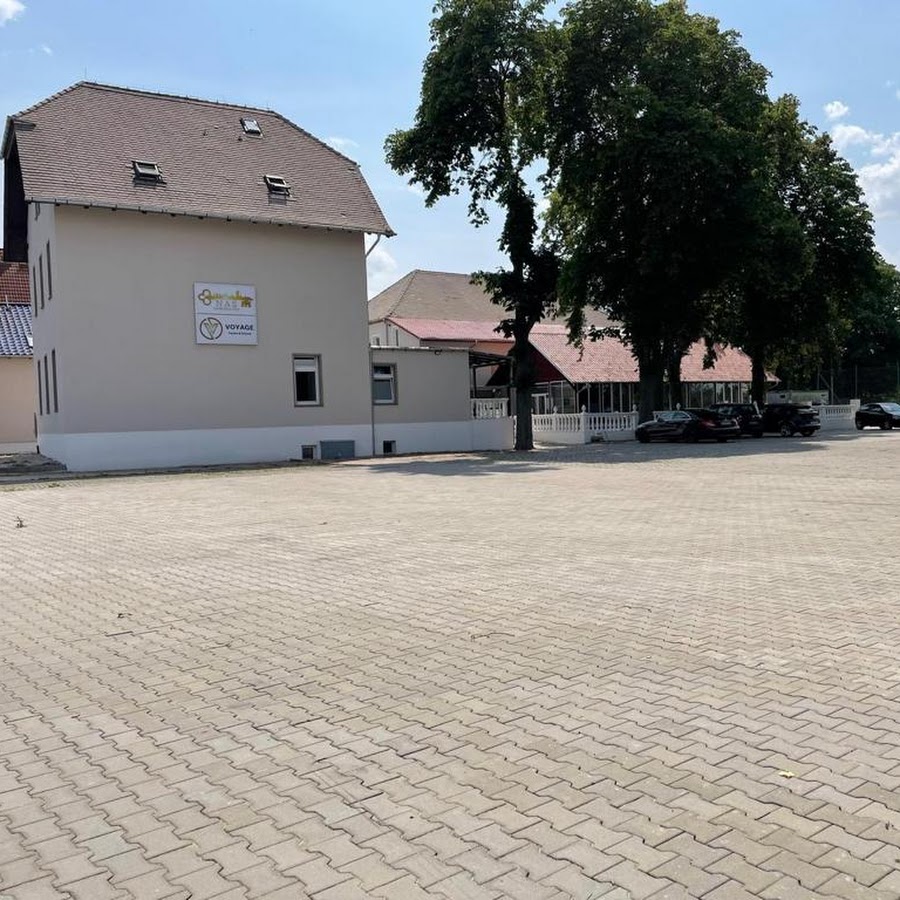
SAXX Apartments Leipzig
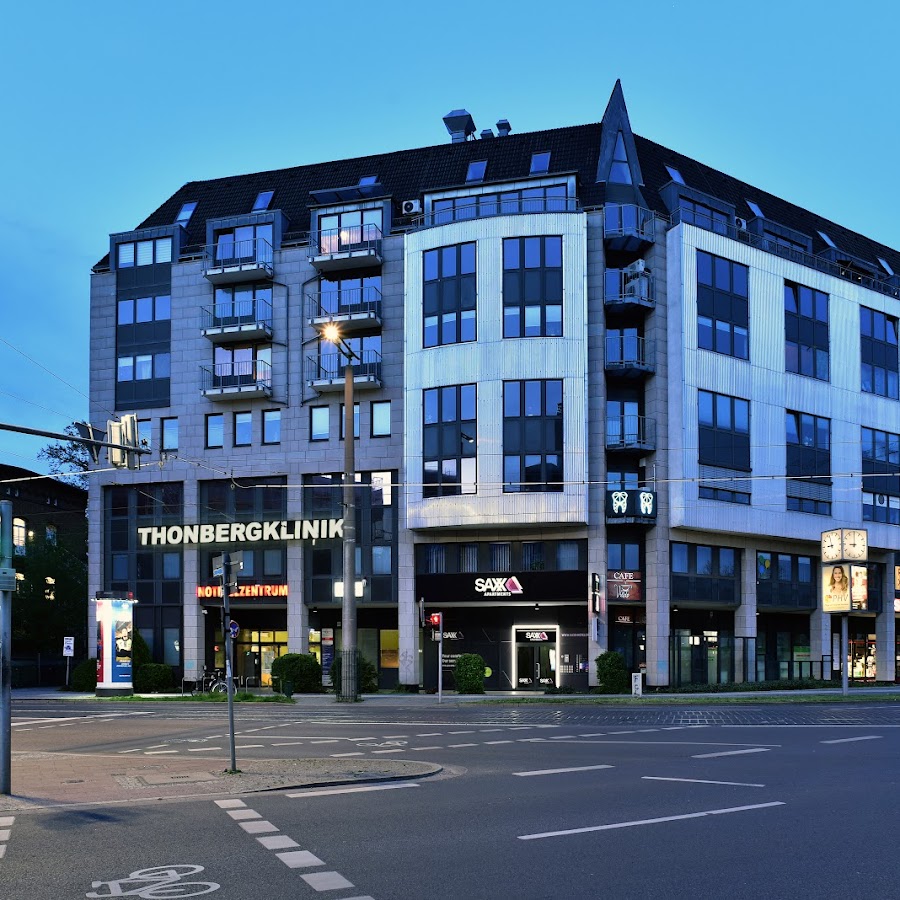
Sachsenpark-Hotel
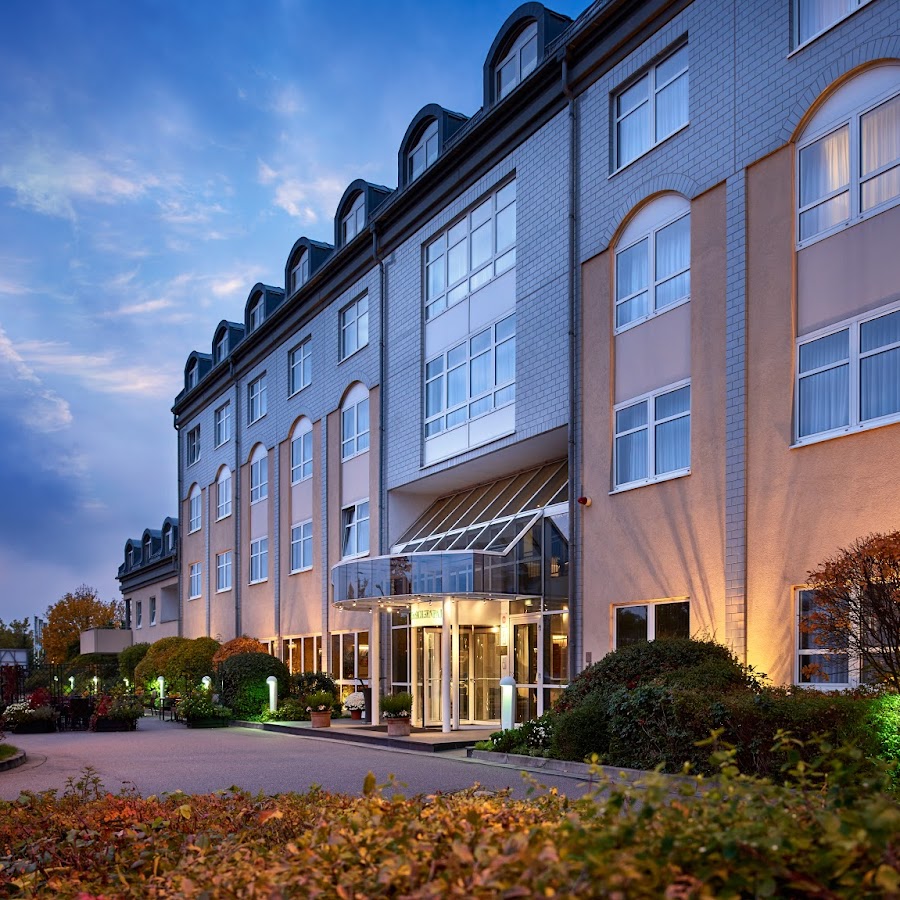
Pension Citynah Leipzig
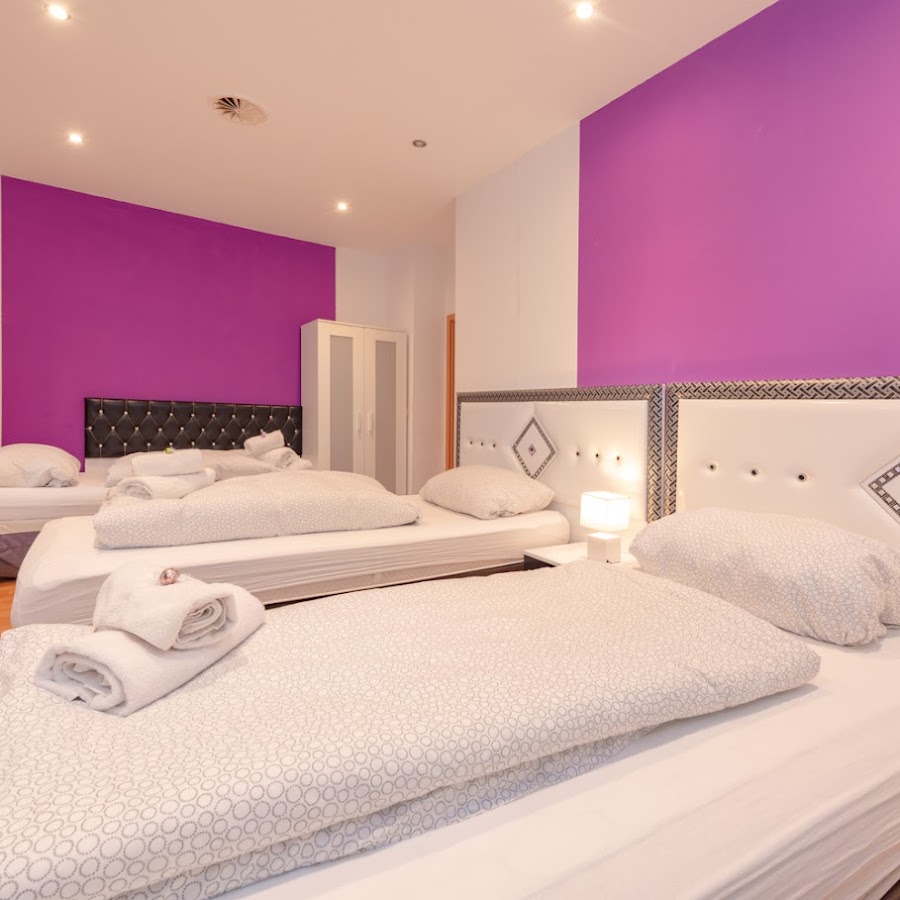
Pension Burgaue
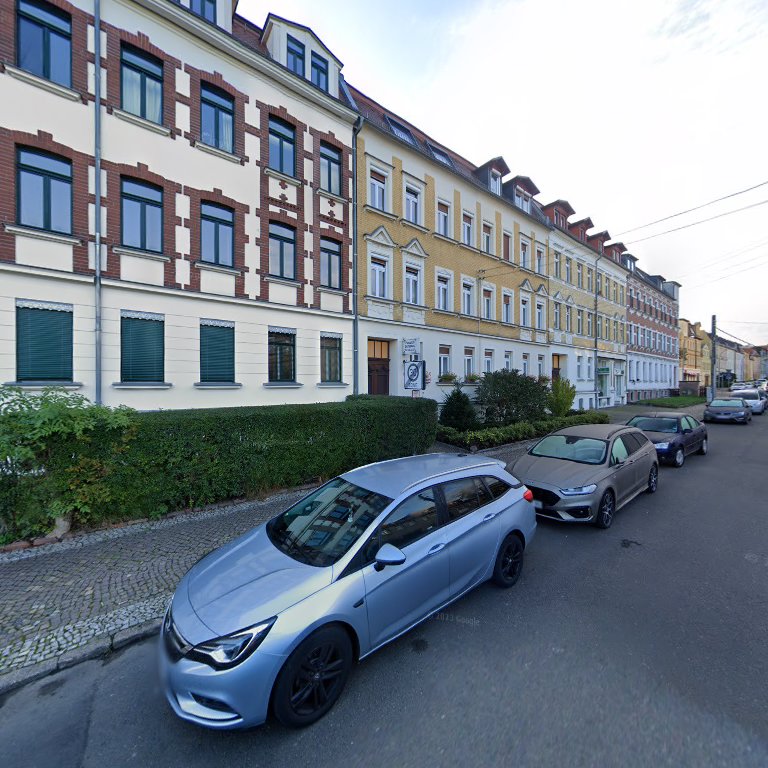
Limehome Leipzig Brandenburger Straße
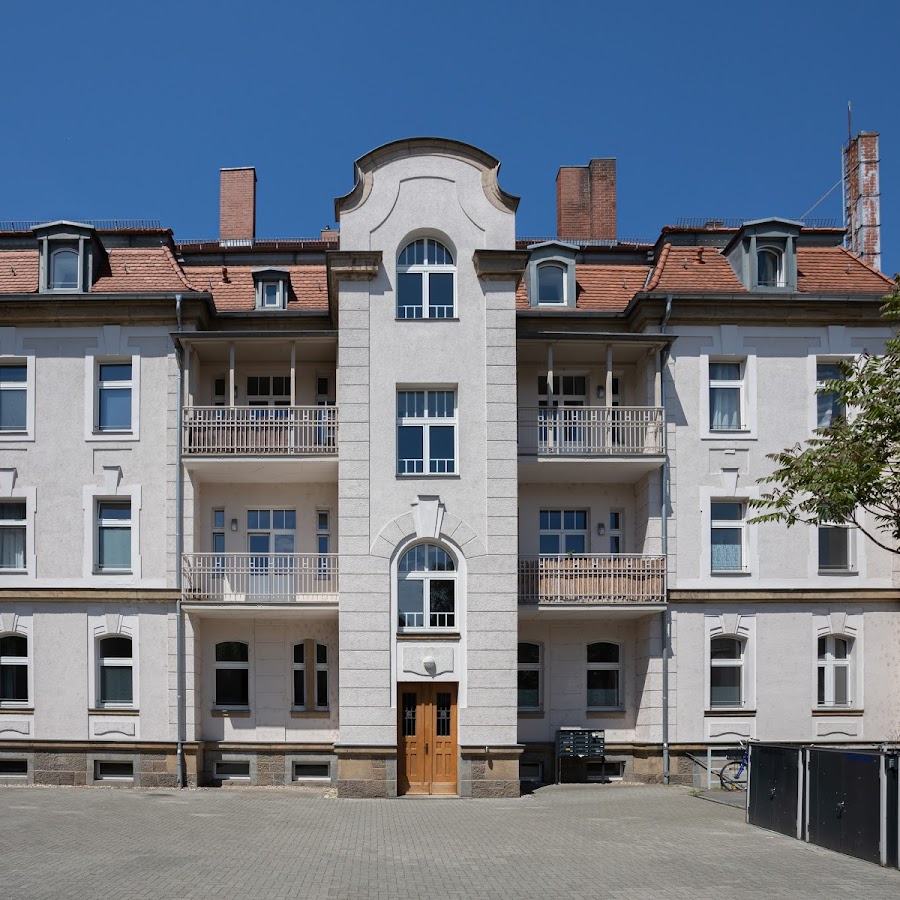
Apartmenthaus Feuerbach
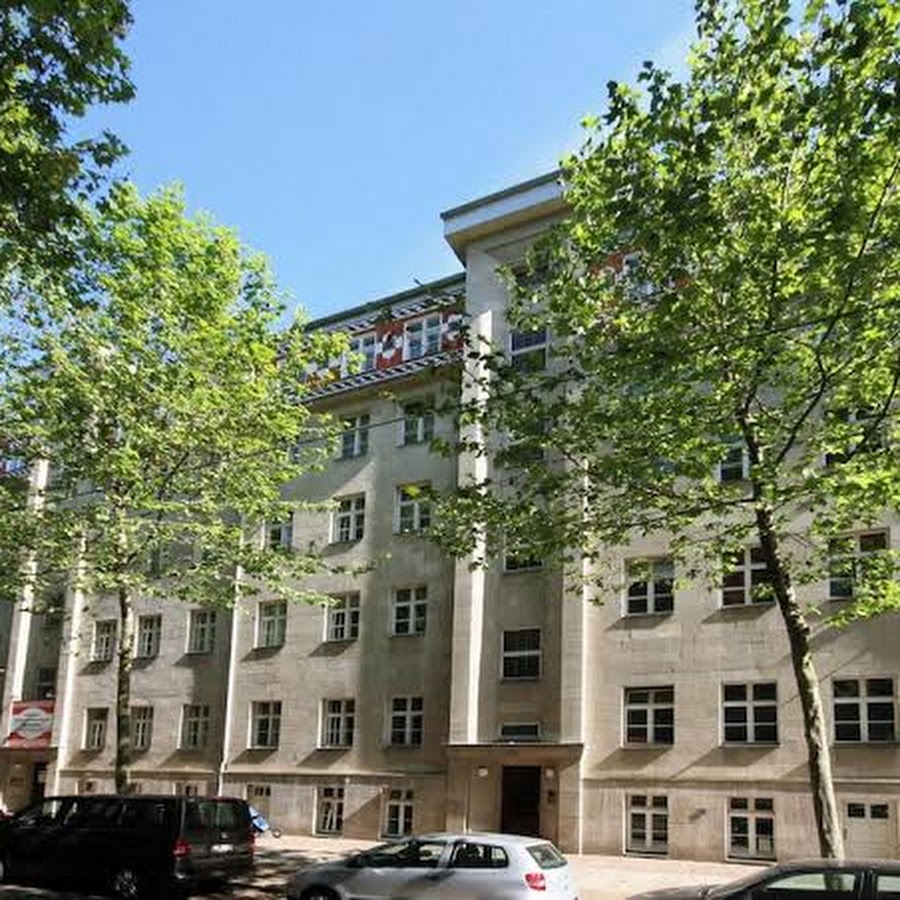
Pension Giesserstrasse Leipzig
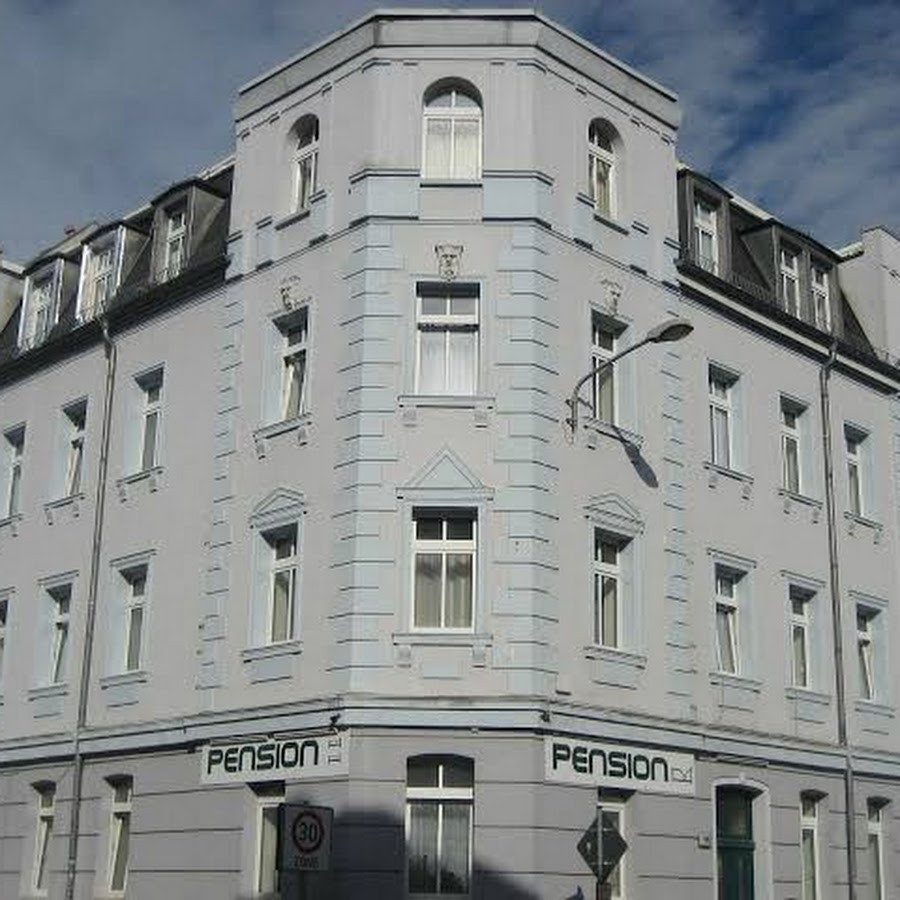
Pension "Am Sandberg"
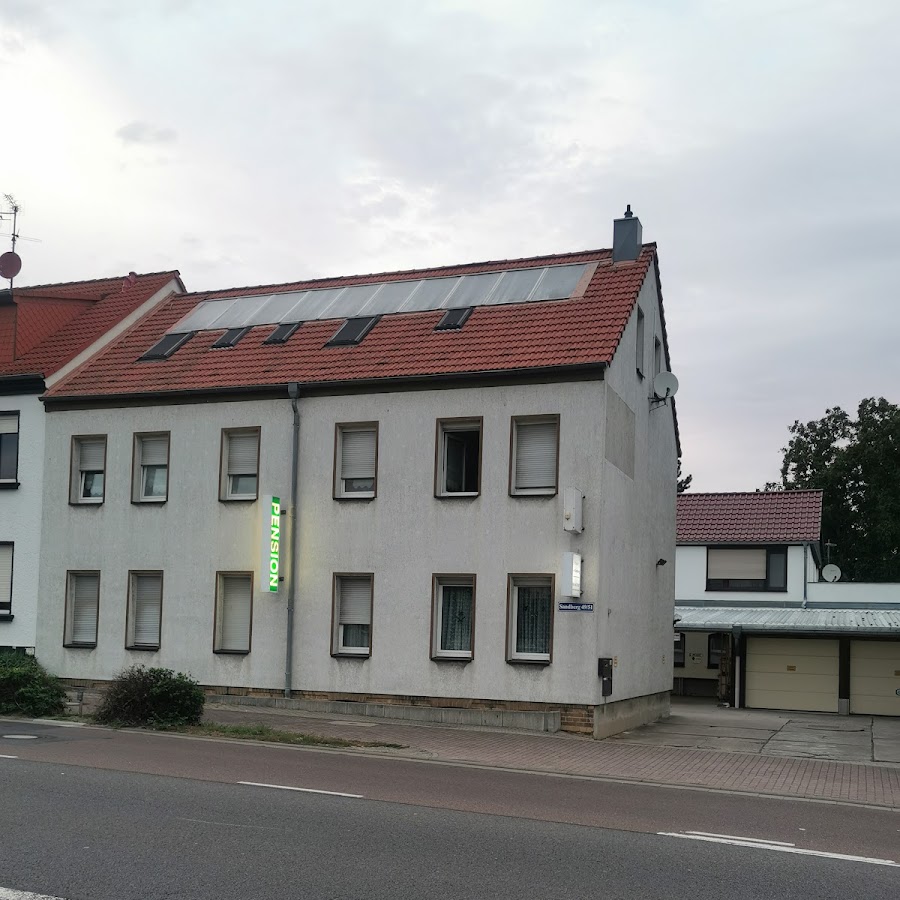
Villa Venezia
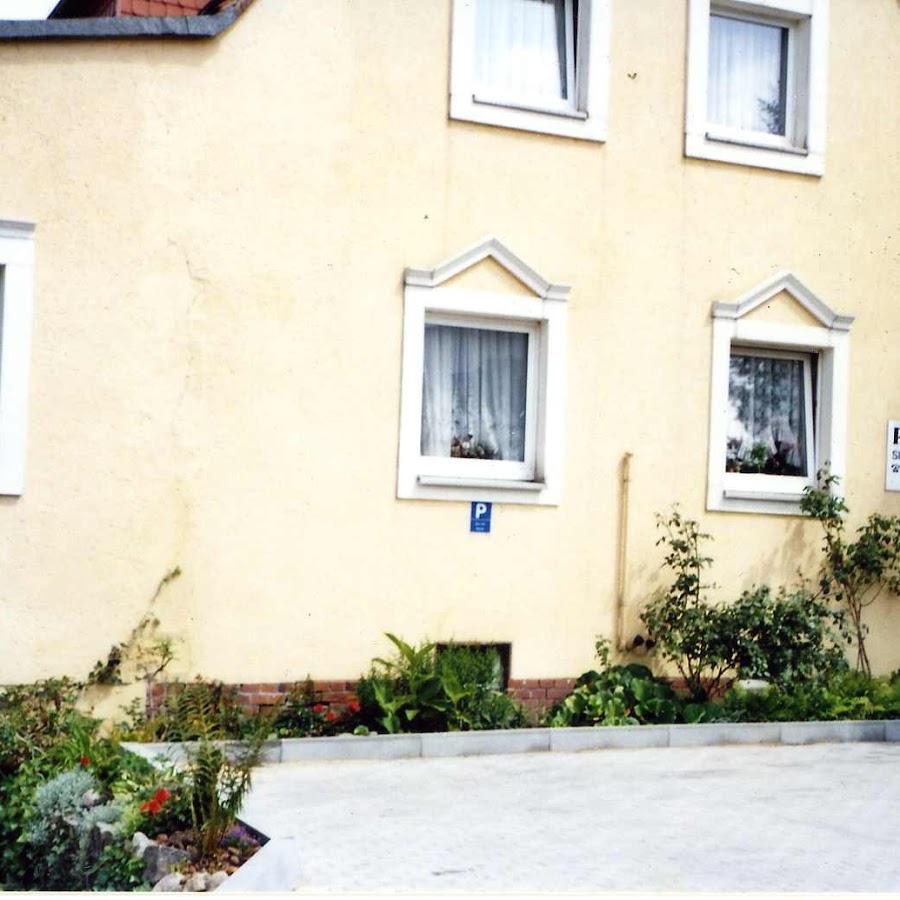
Hotel zur Messe
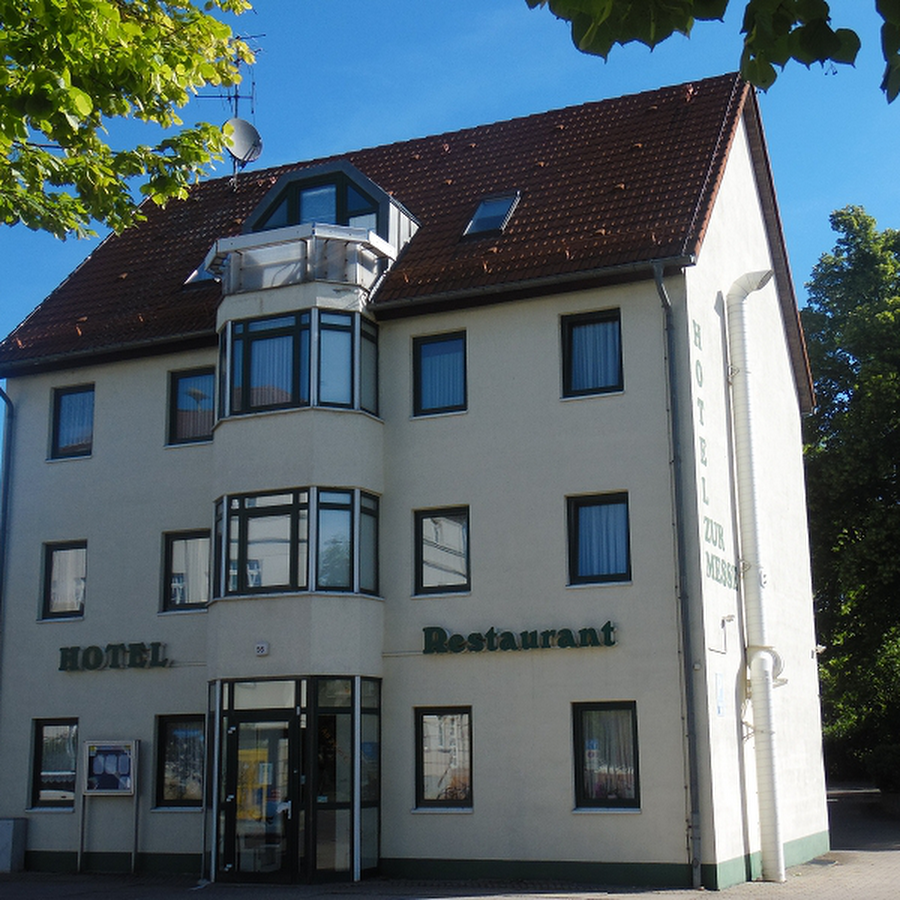
Brauhaus Napoleon
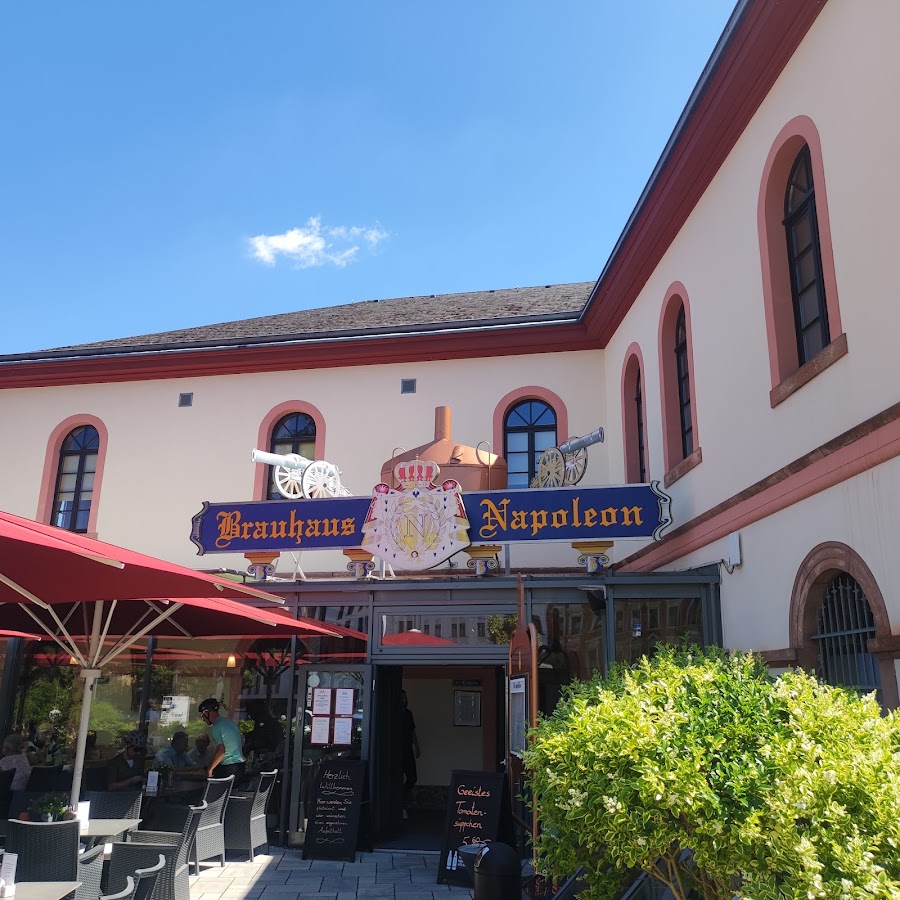
The Wooden Rabbit Villa
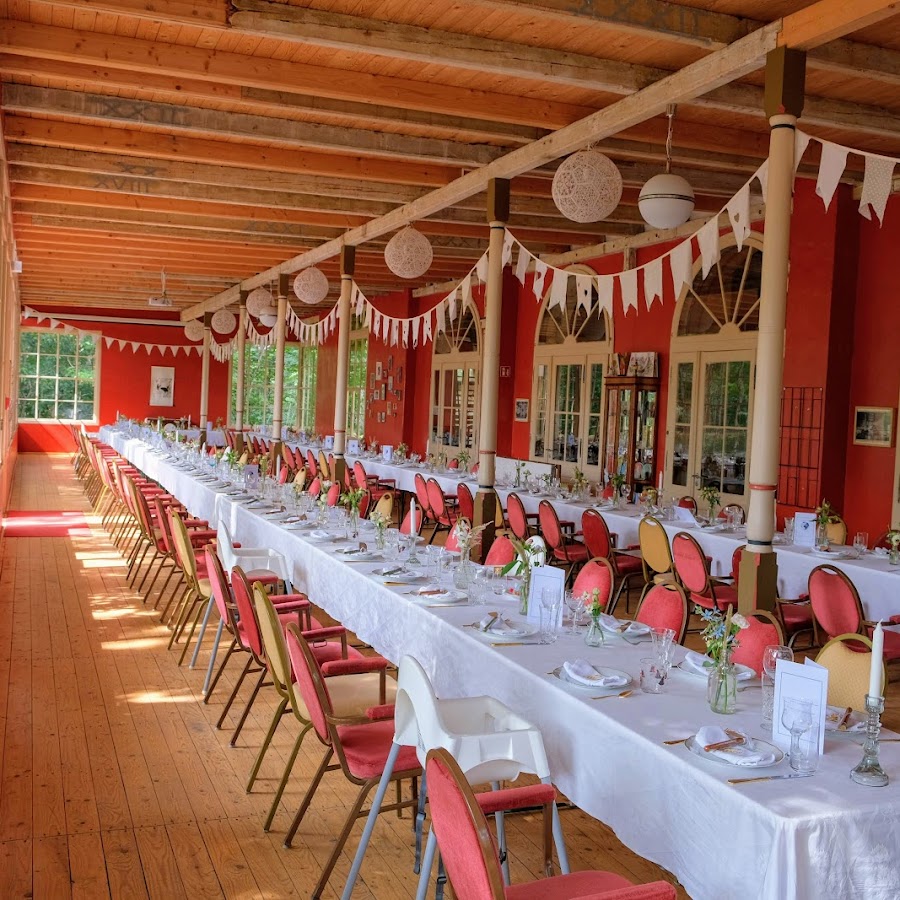
Park Hotel Leipzig
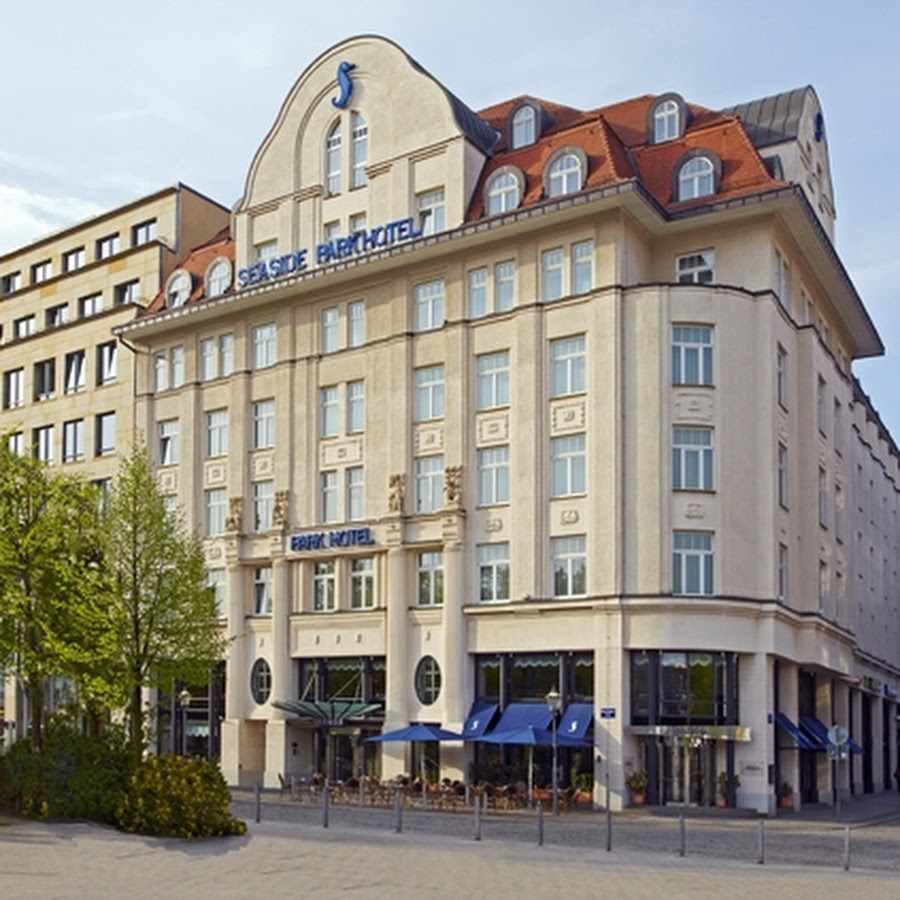
Gastehaus Leipzig GmbH & Co. KG
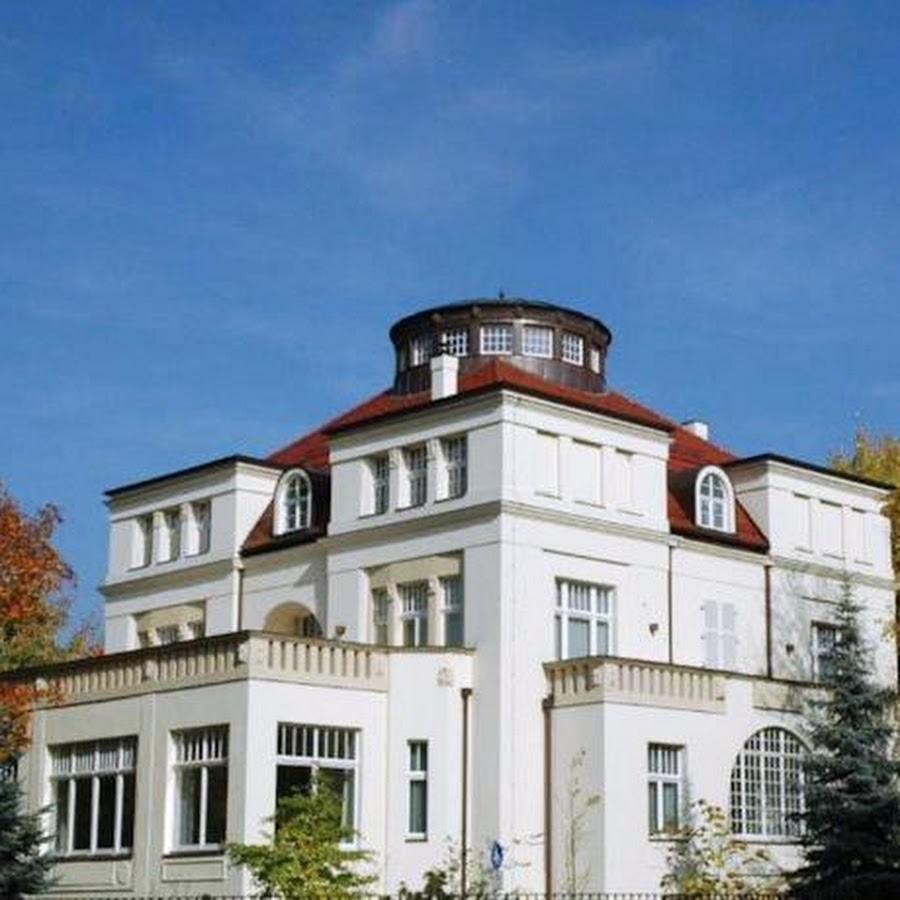
Limehome Leipzig Oelßner's Hof
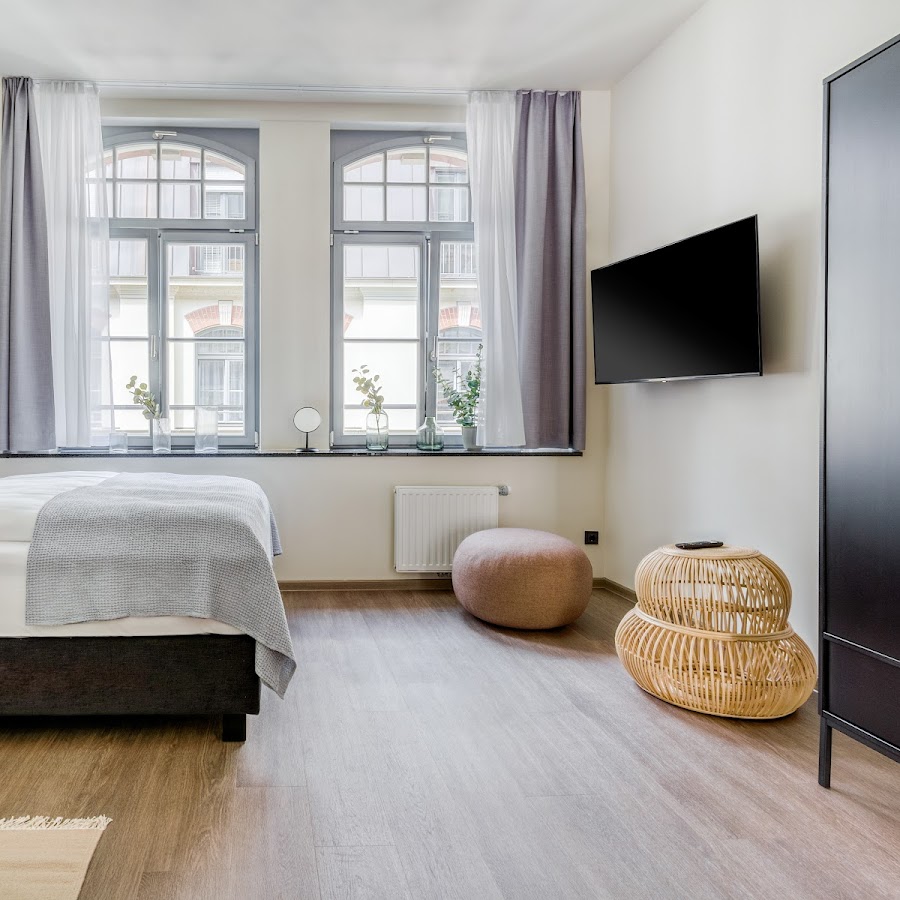
Gasthaus Neue Pfefferkiste
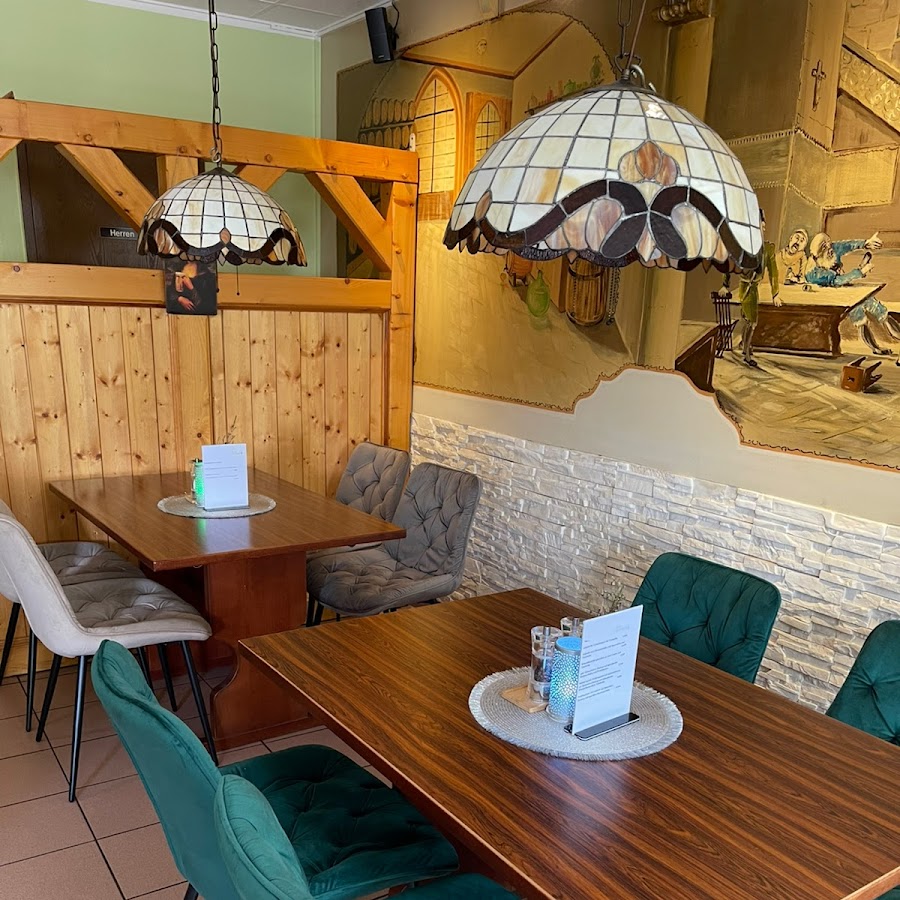
ApartHotel VacApps

Gastwirtschaft Lutherburg Leipzig
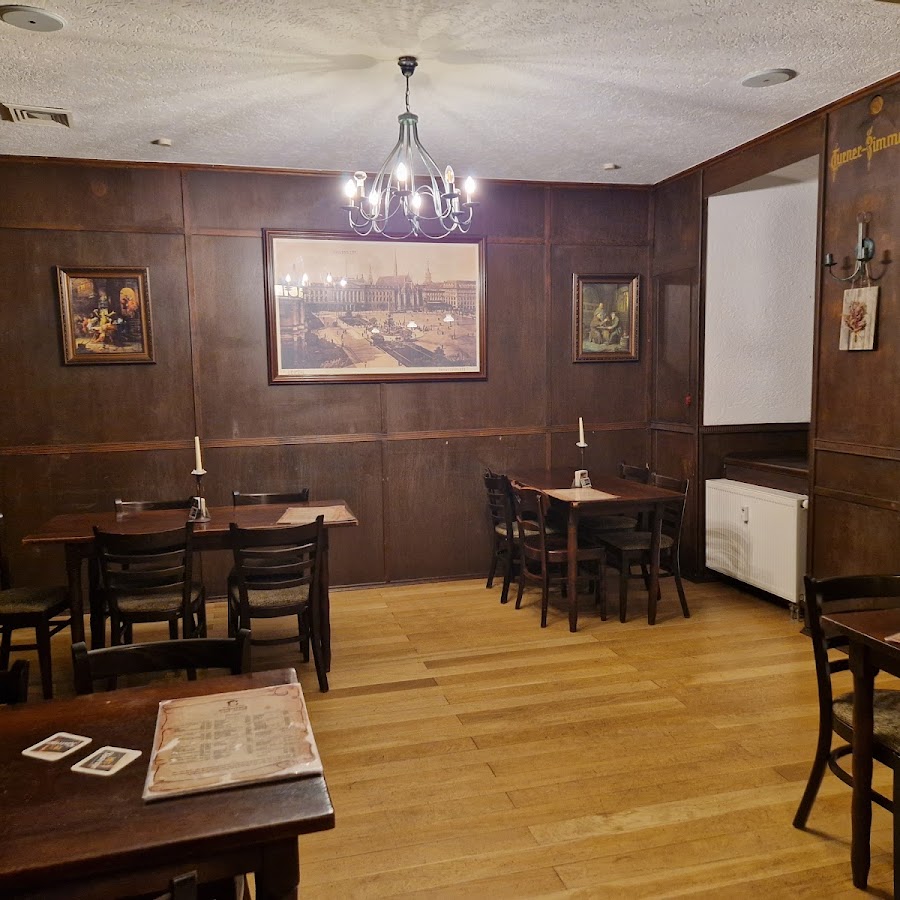
Gaststätte & Pension Goldene Höhe

Studio 44 Apartments
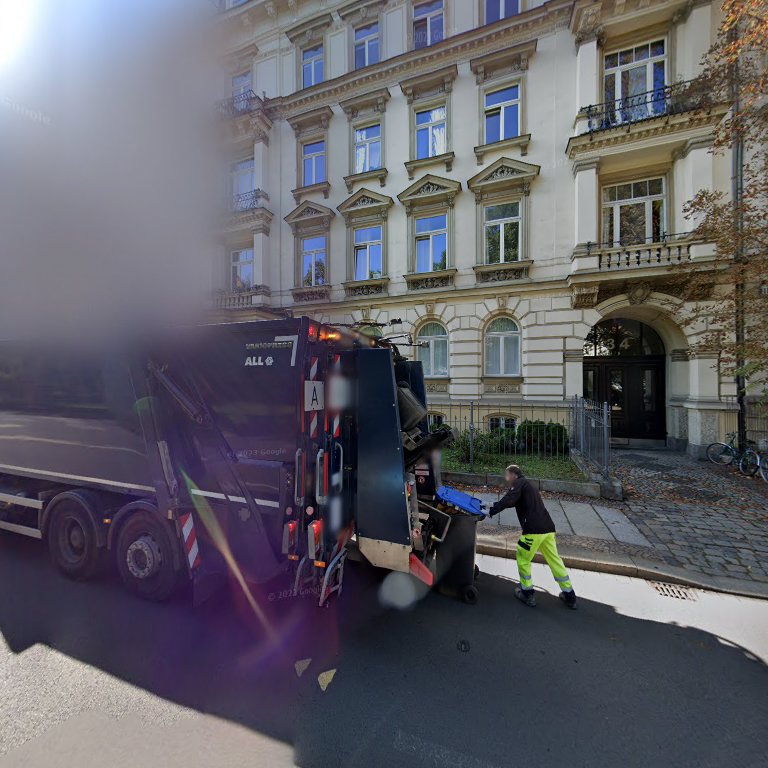
INNSiDE by Meliá Leipzig
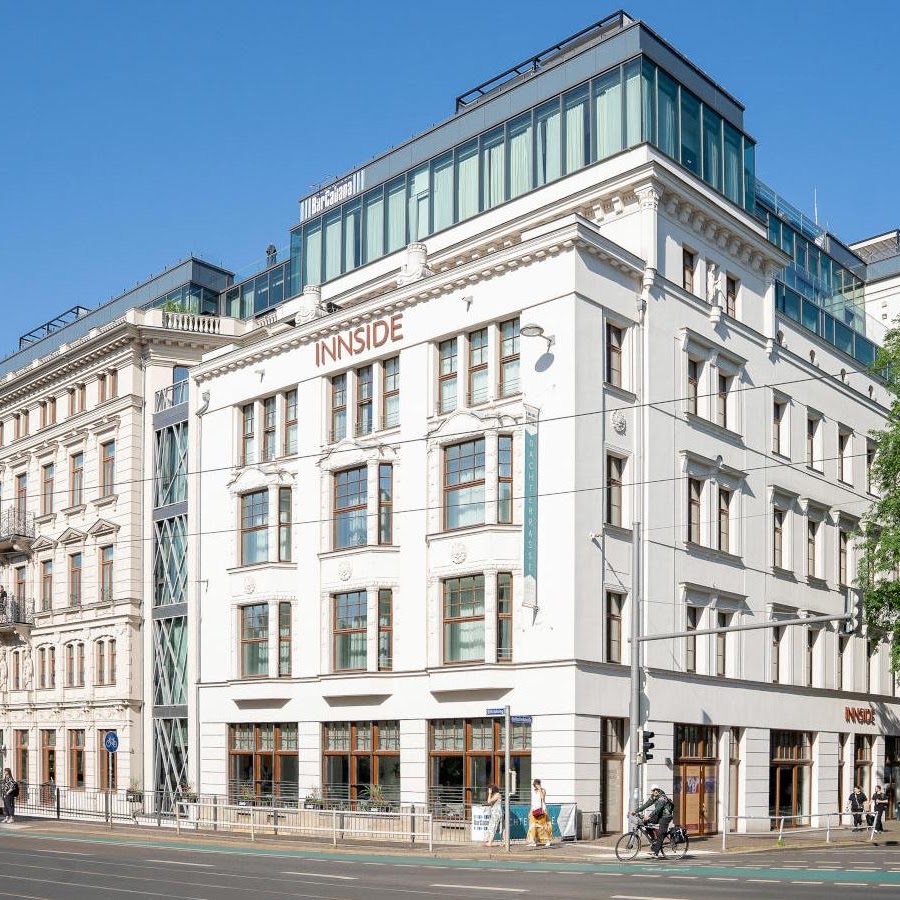
Apartment Central am Zoo

Leipzig Apartmenthaus
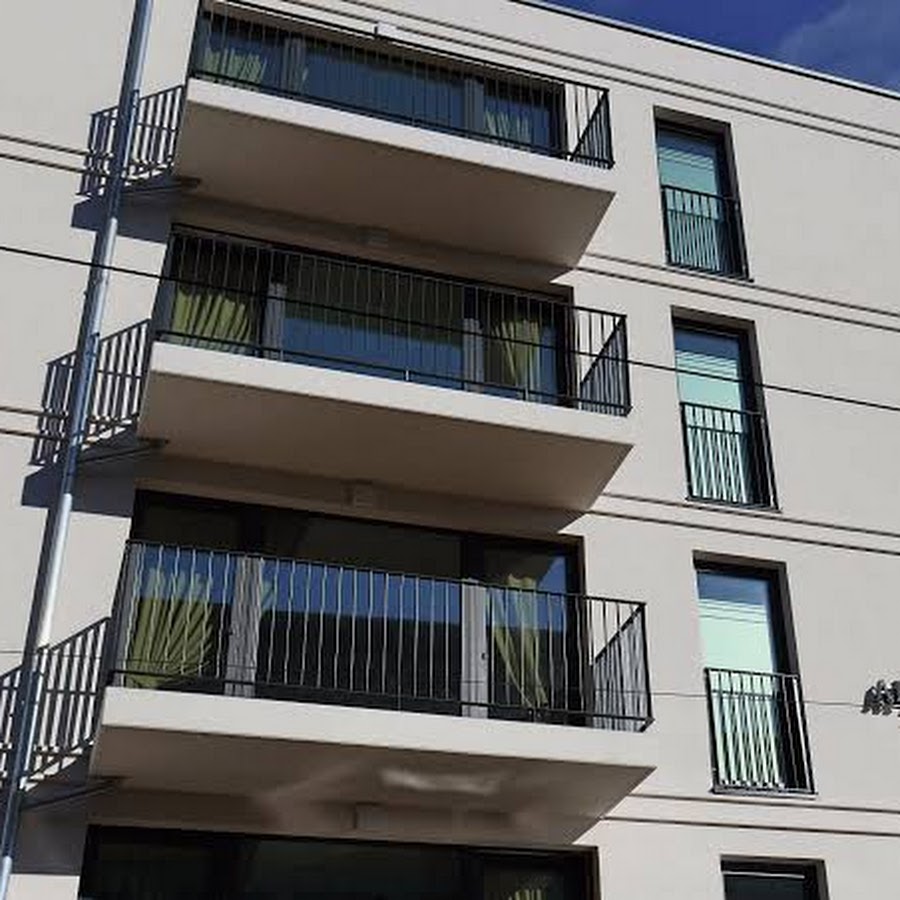
Pension Rickelt
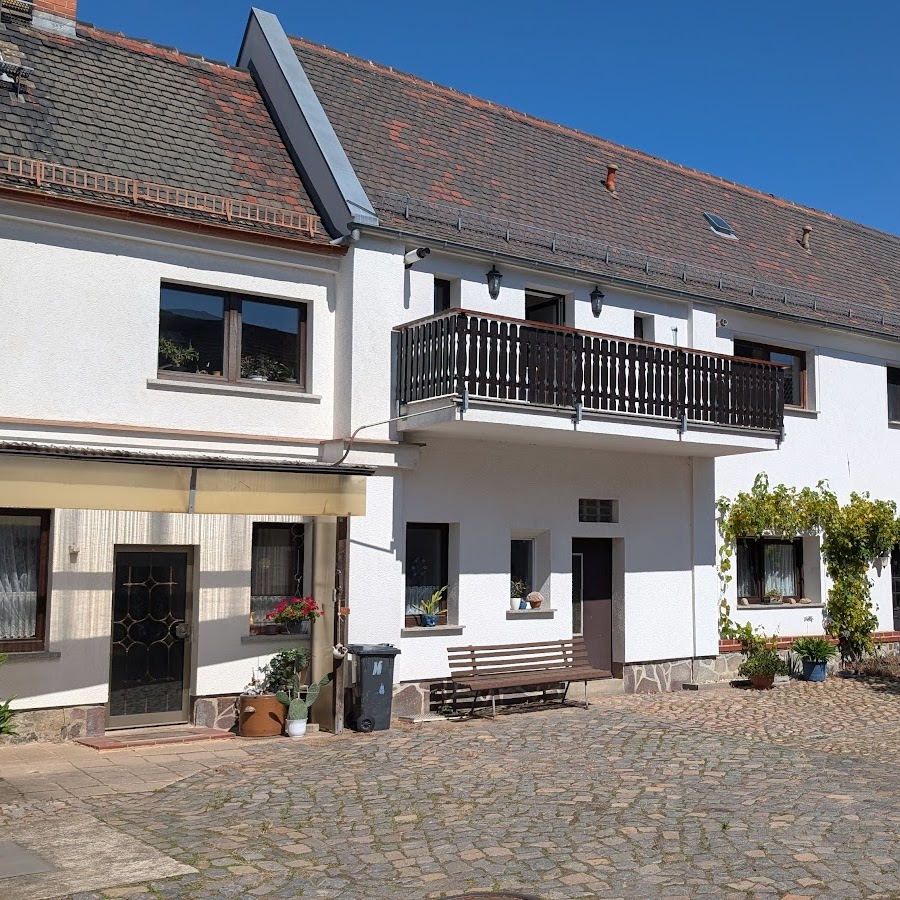
TRINOM Business Apartments, Elsterlofts
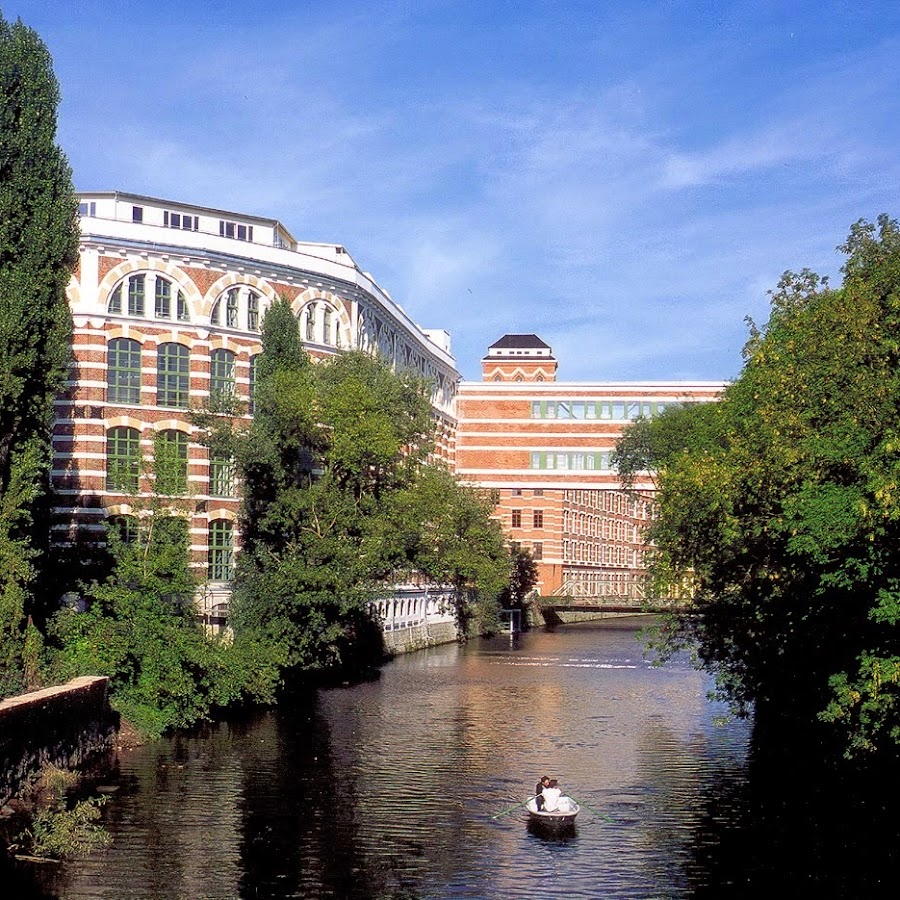
Hotel Carl Von Clausewitz
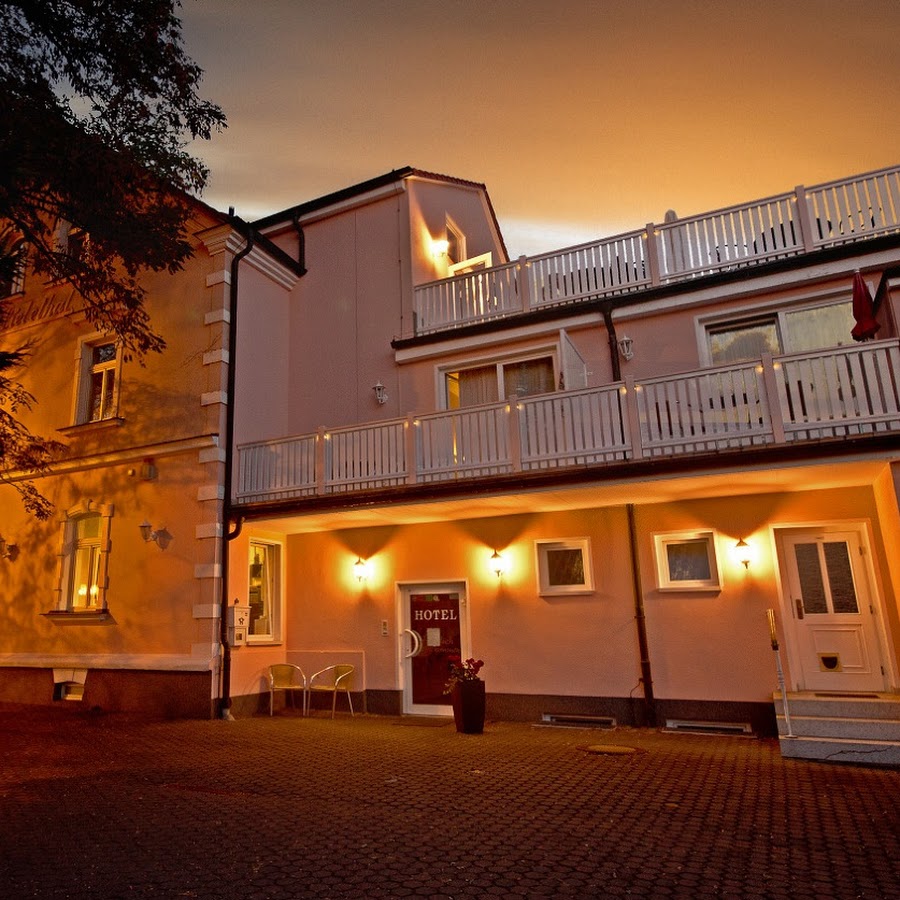
Pension und Restaurant Sachsens Einkehr Leipzig
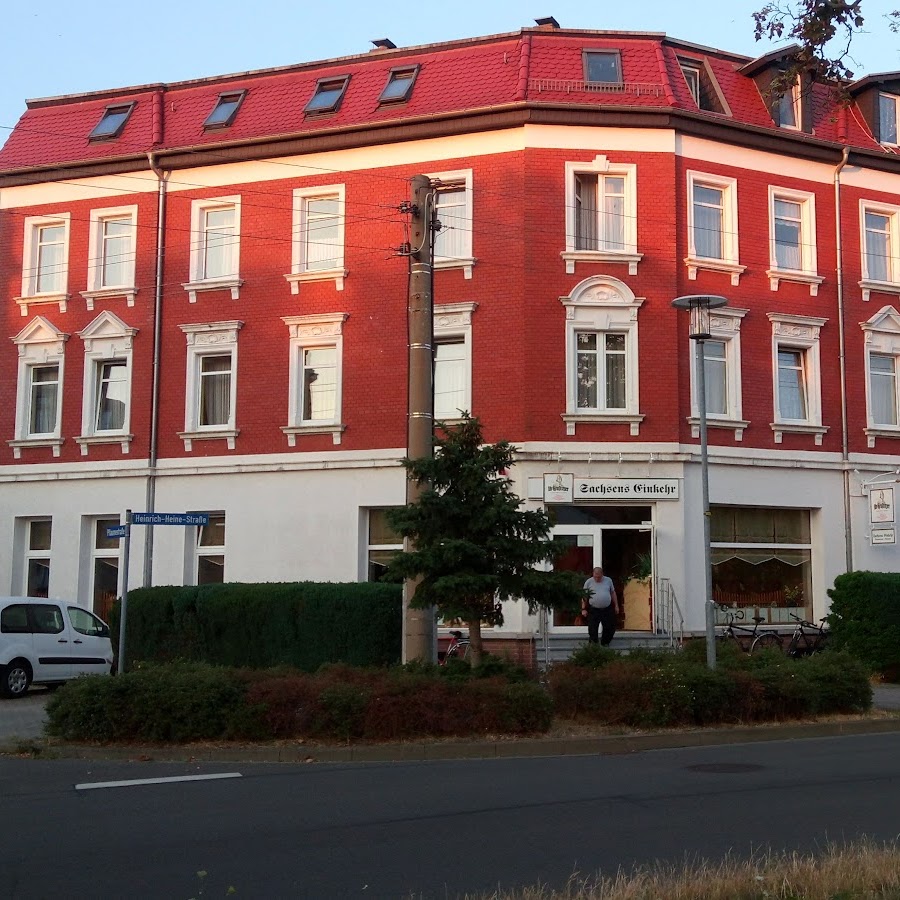
Am Bahnhof Pension Holzhausen
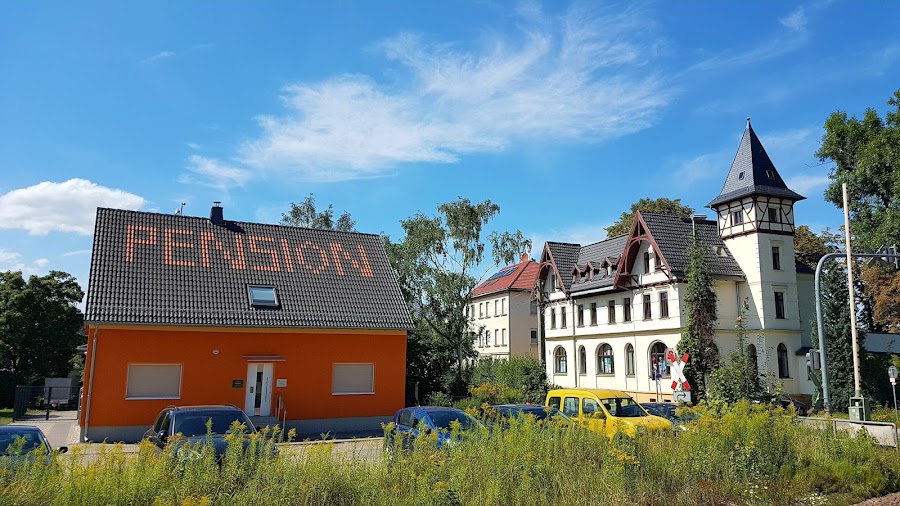
Voss Villa
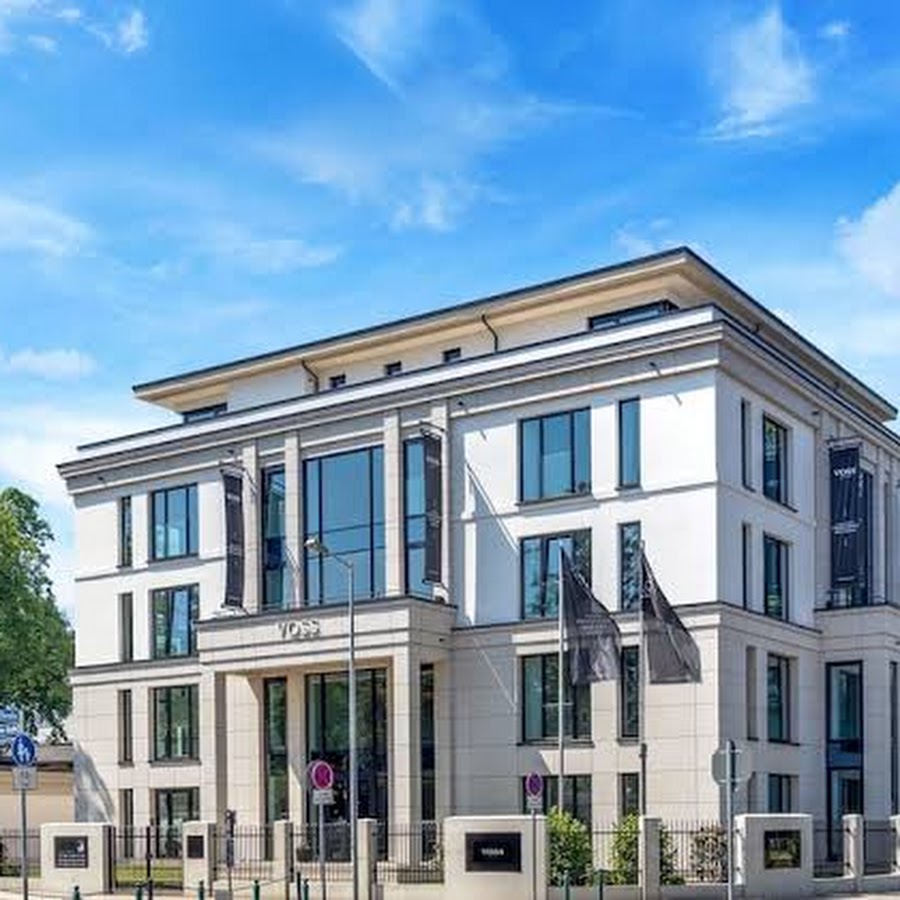
Vagabond Club - Townhouse
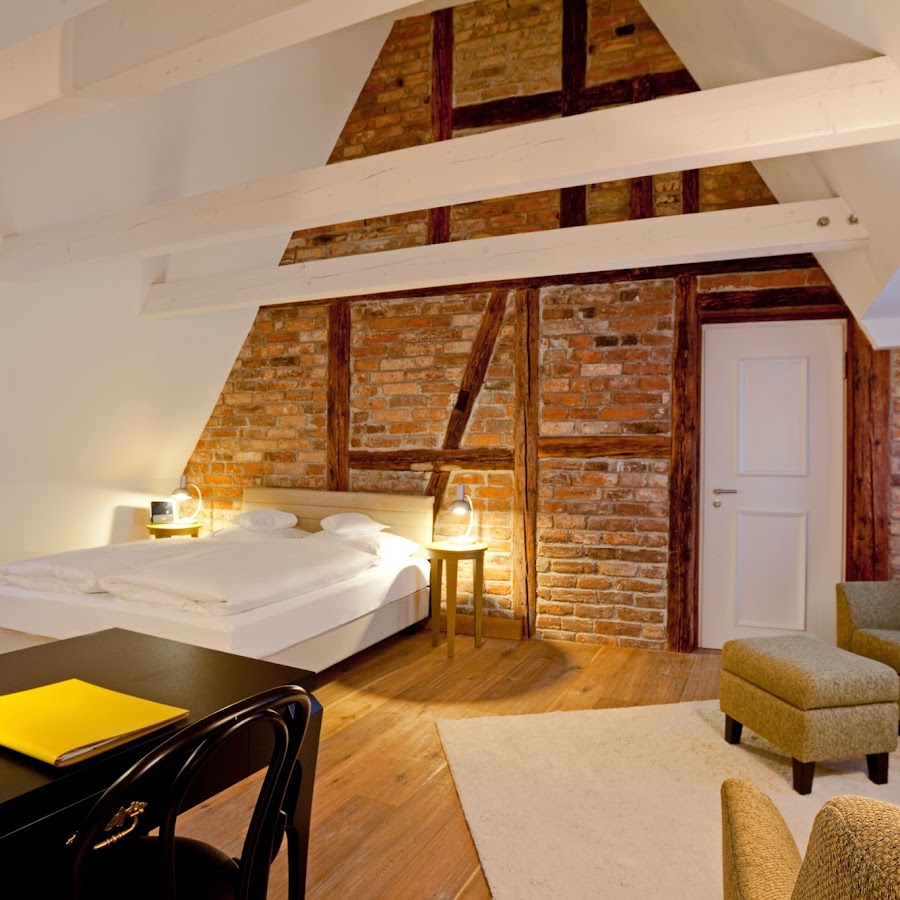
Book Hotel Leipzig
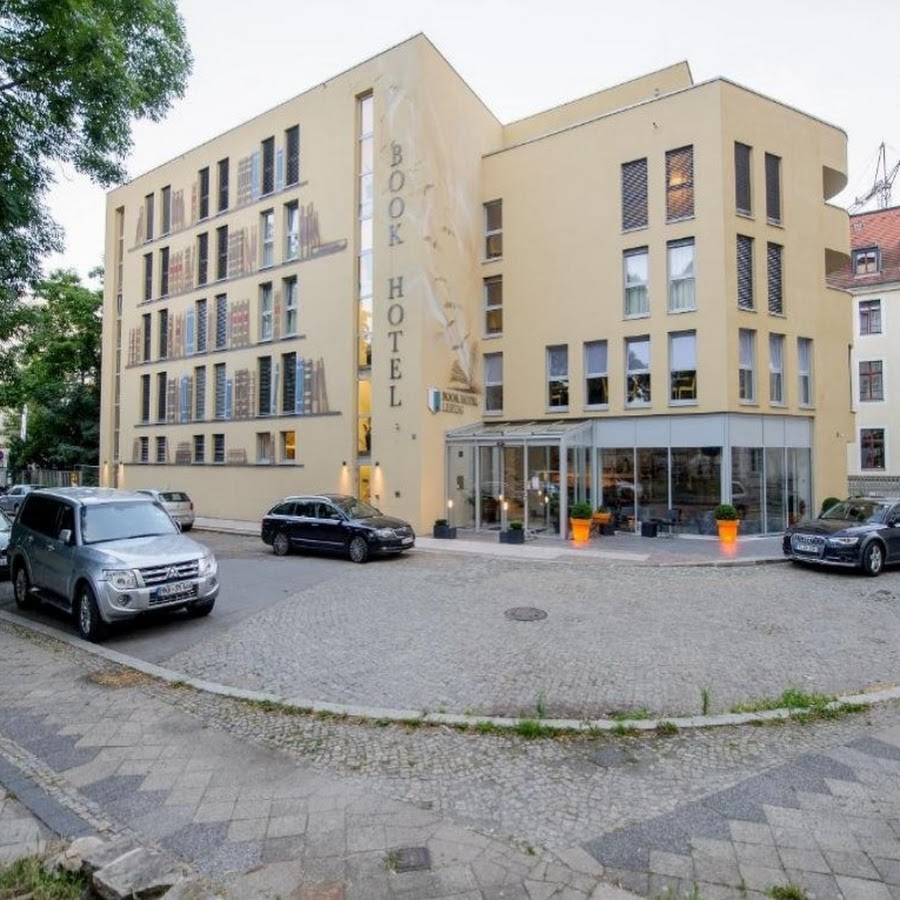
B&B HOTEL Leipzig‑Schönefeld
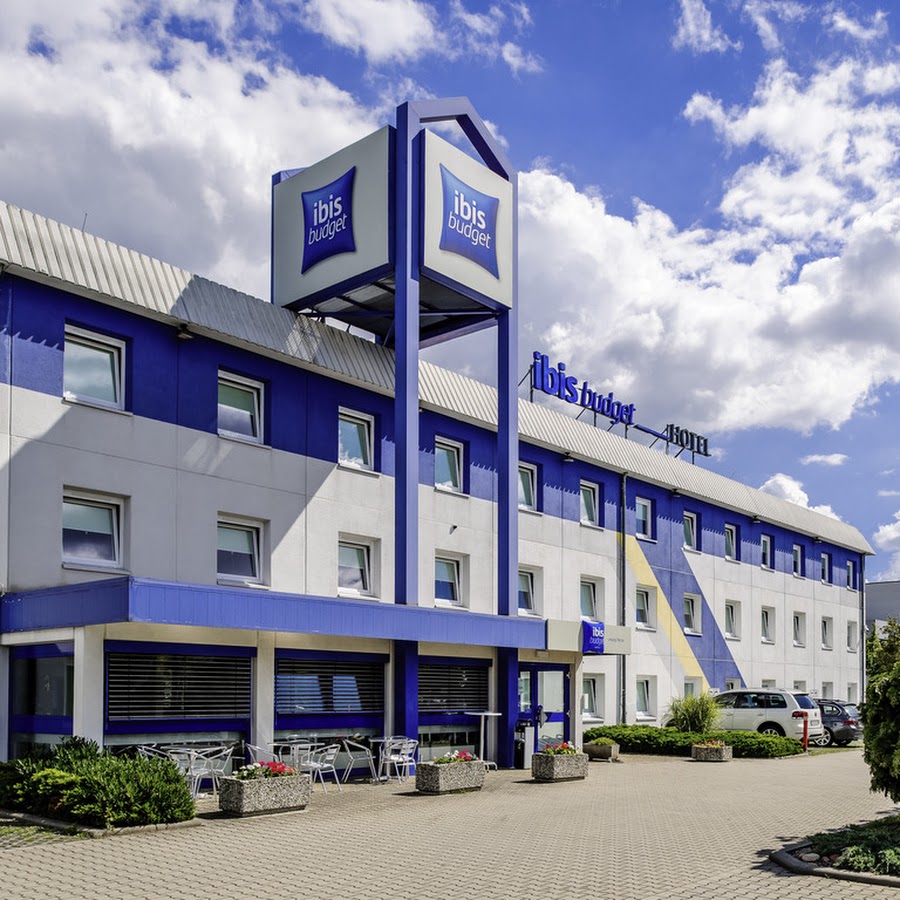
Hotel Lindenthal

Brauereigasthof Napoleon
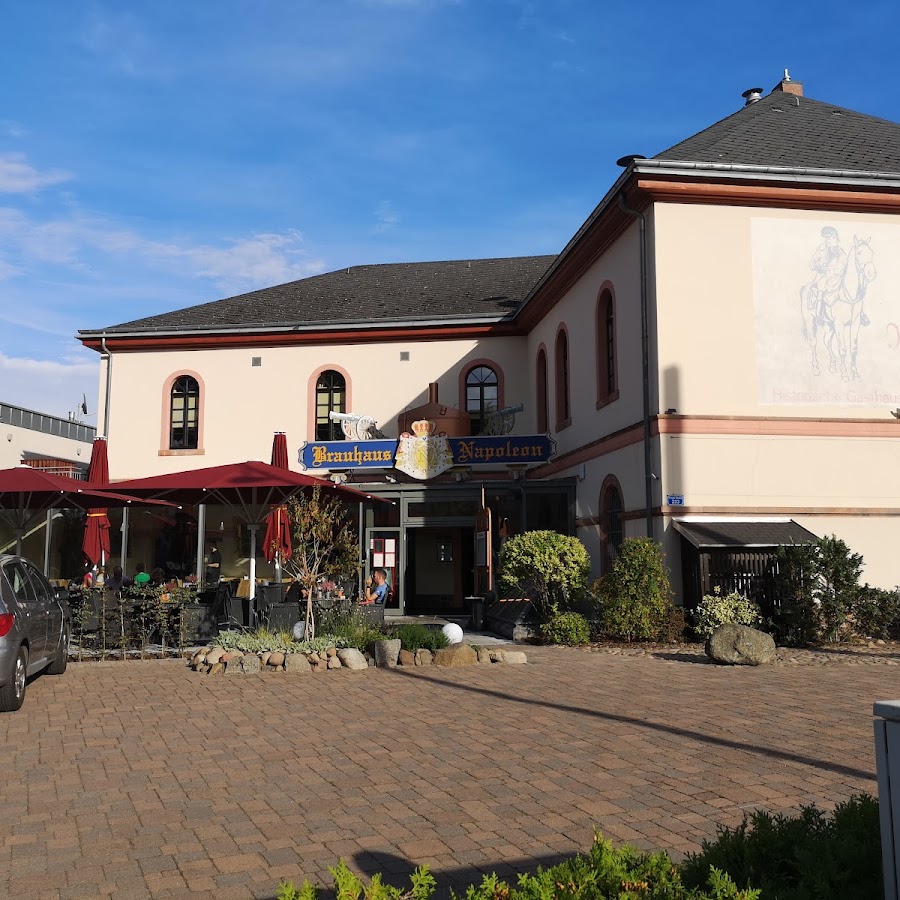
KNAUS Campingpark Leipzig Auensee
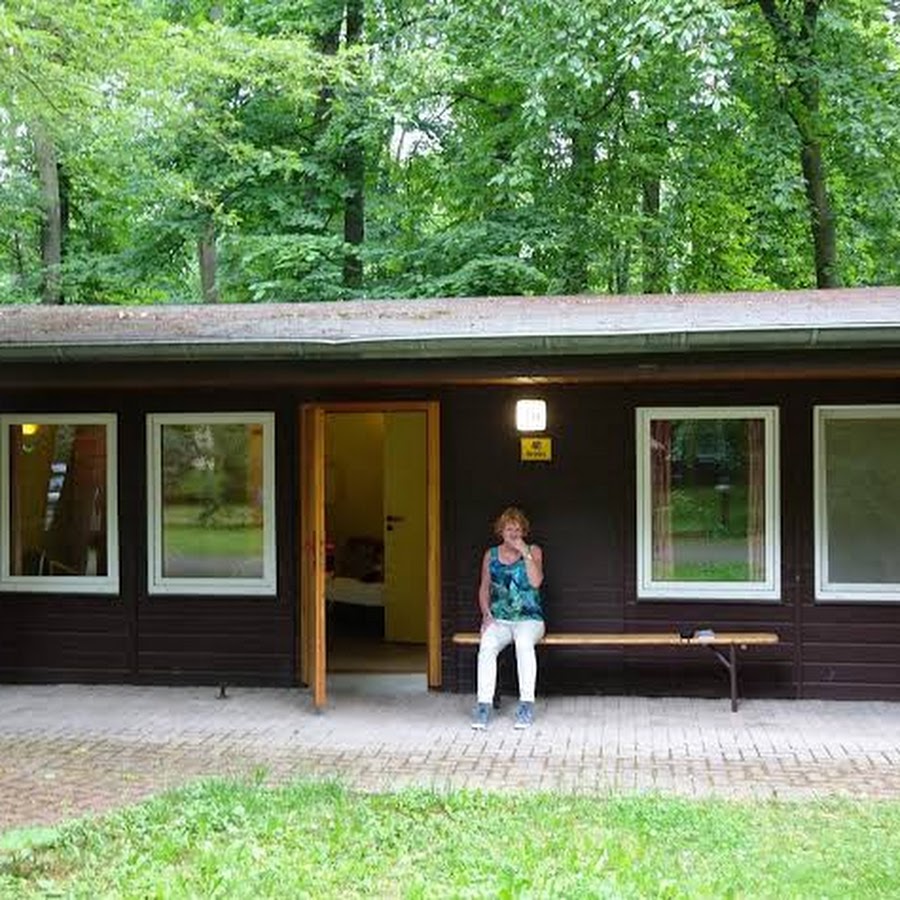
FULL HOUSE Studios & Apartments

Hiemann
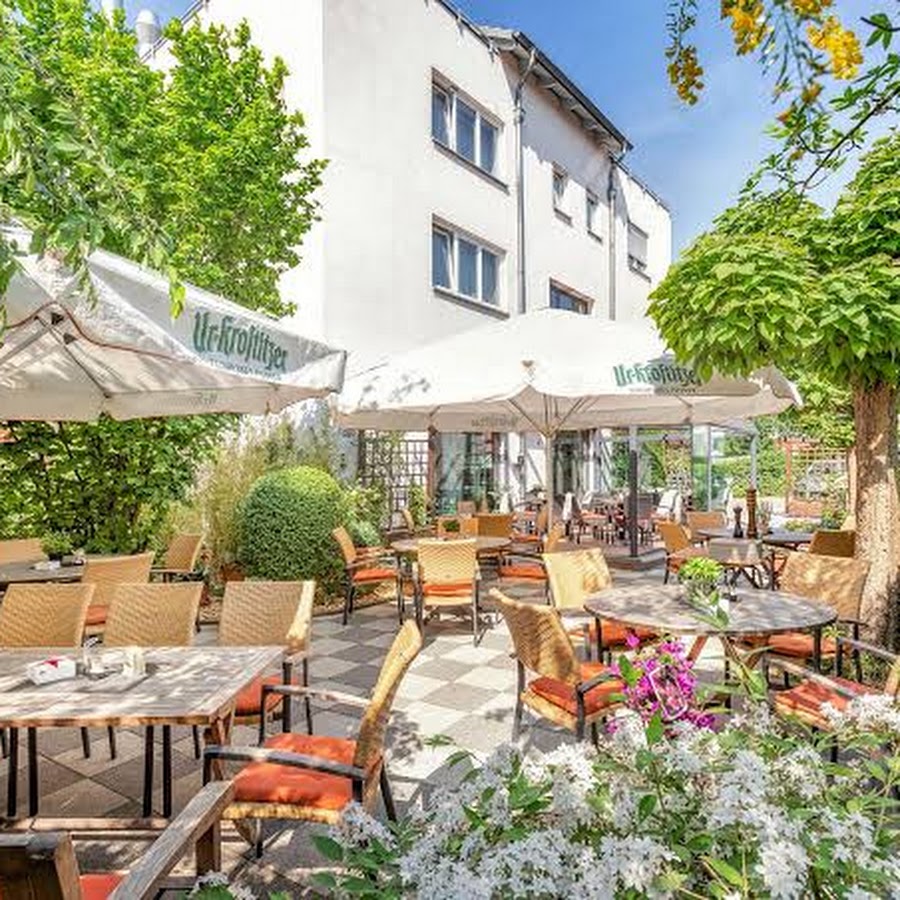
Don Giovanni Leipzig
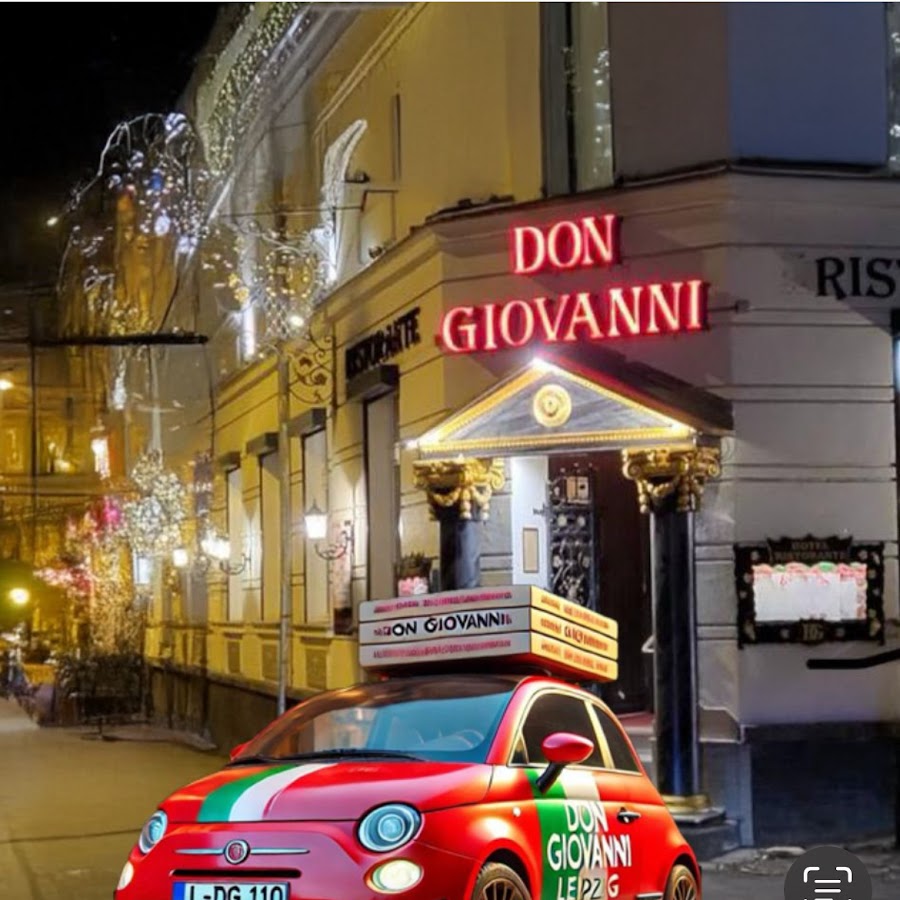
Hôtel de Saxe
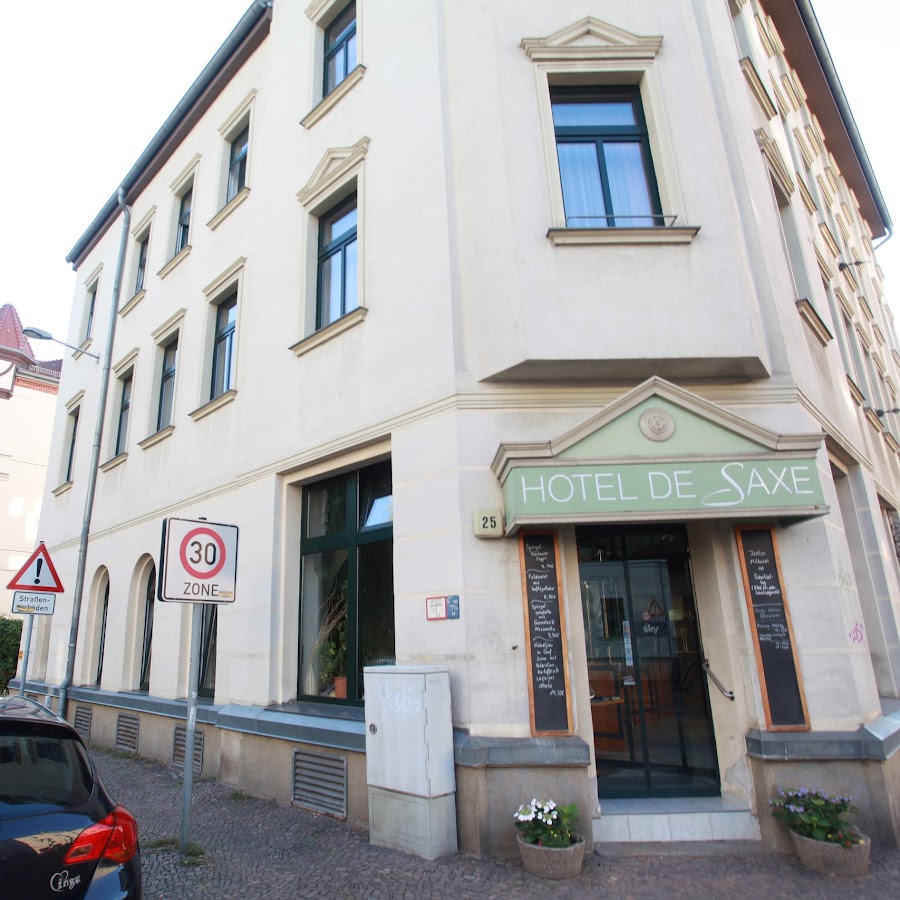
Hotel am Bayrischen Platz
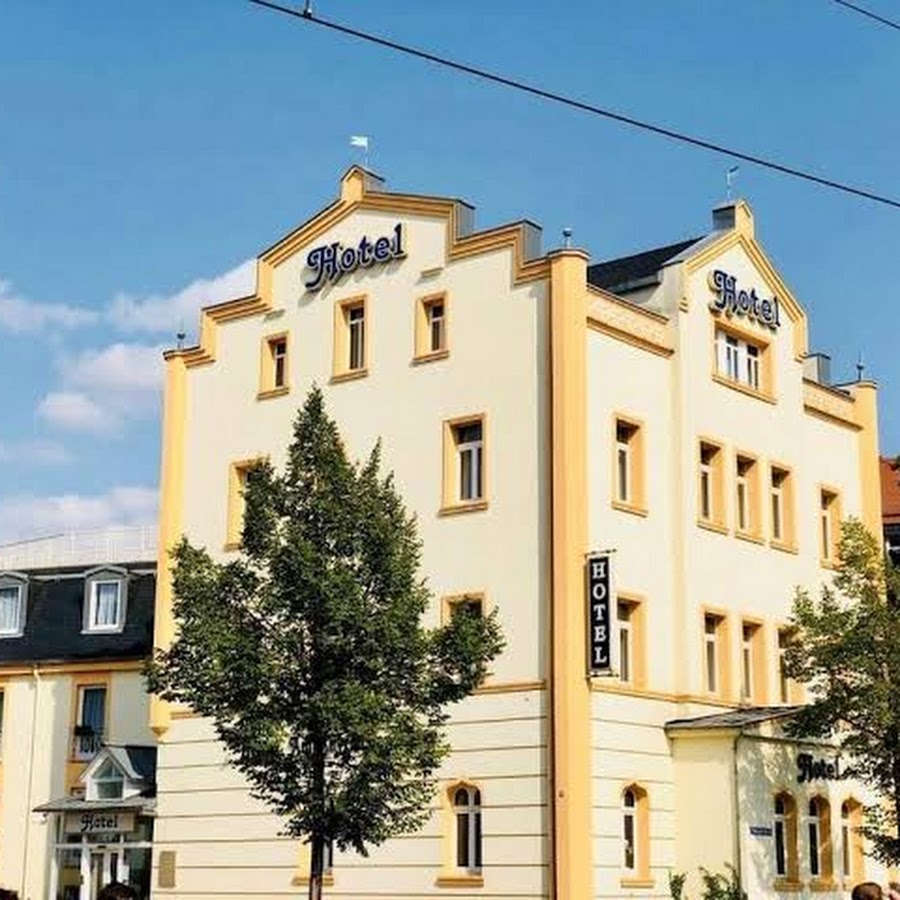
Hotel Aviva
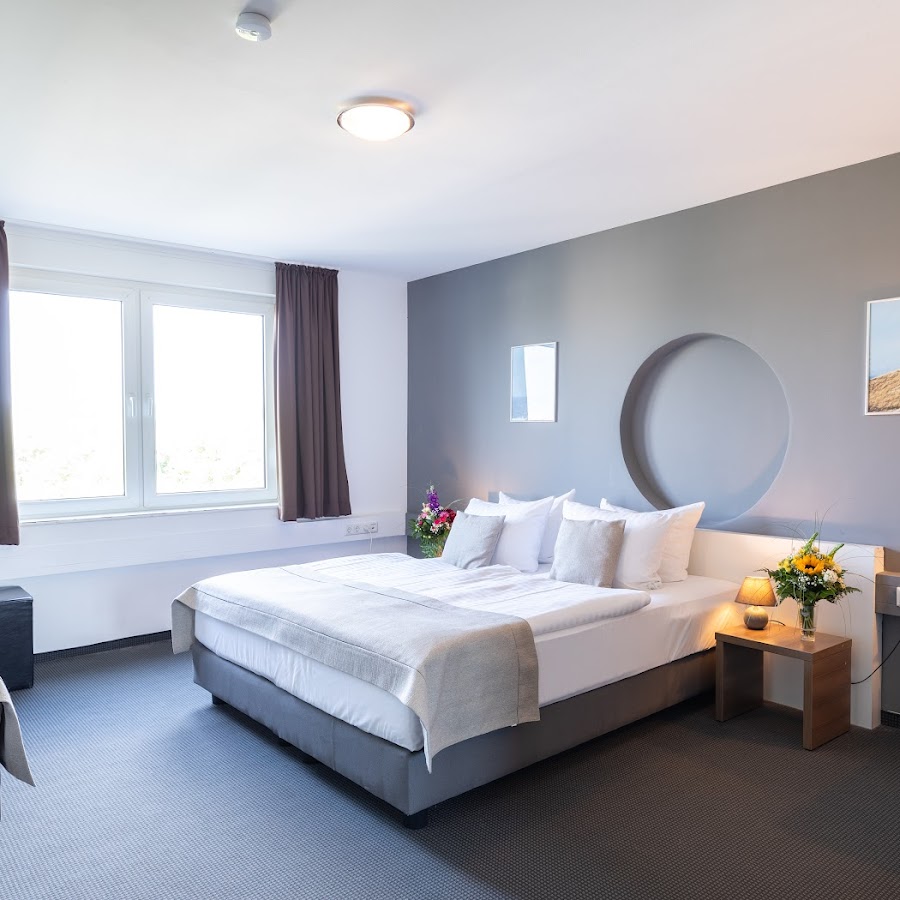
Pension Walther
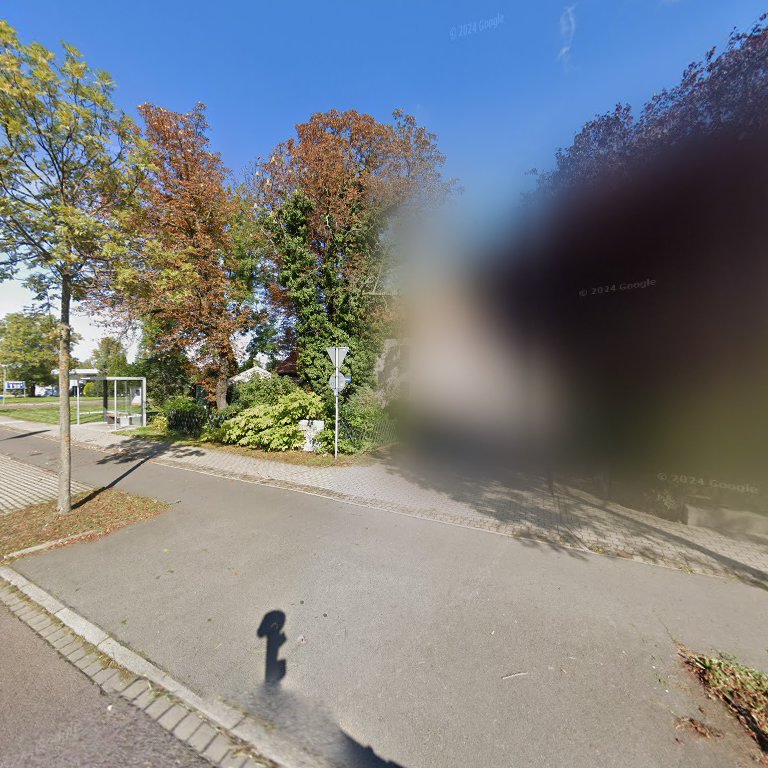
Yuma Managed Apartments
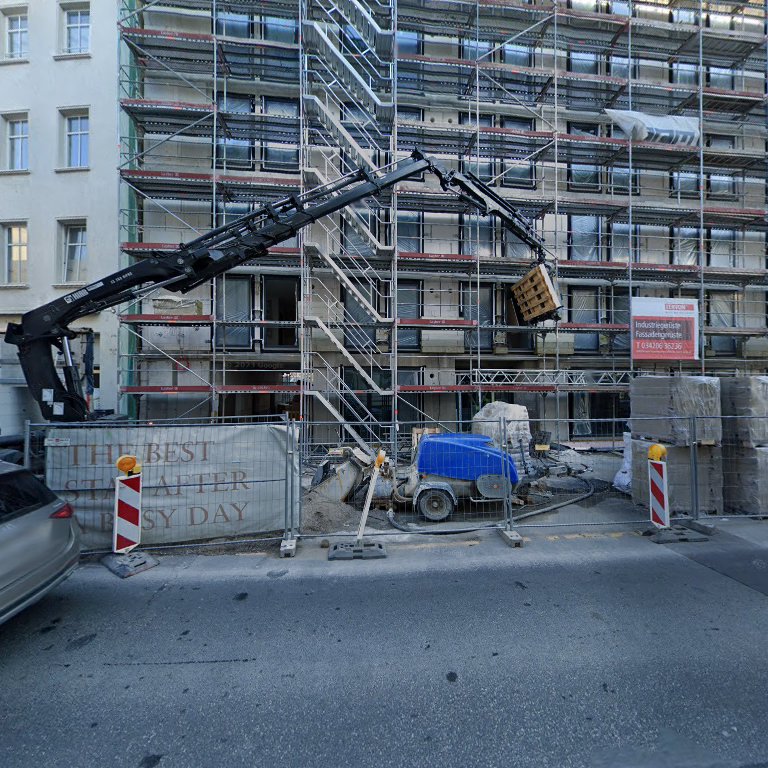
ibis budget Leipzig City
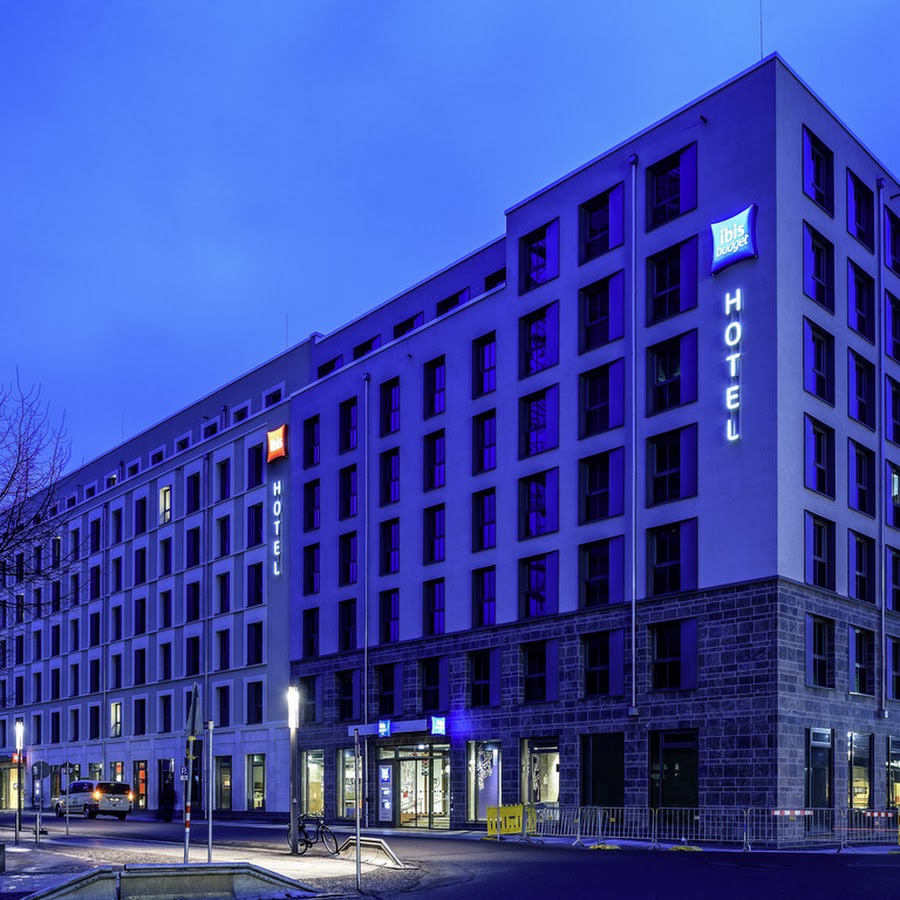
Hotel am Gutspark
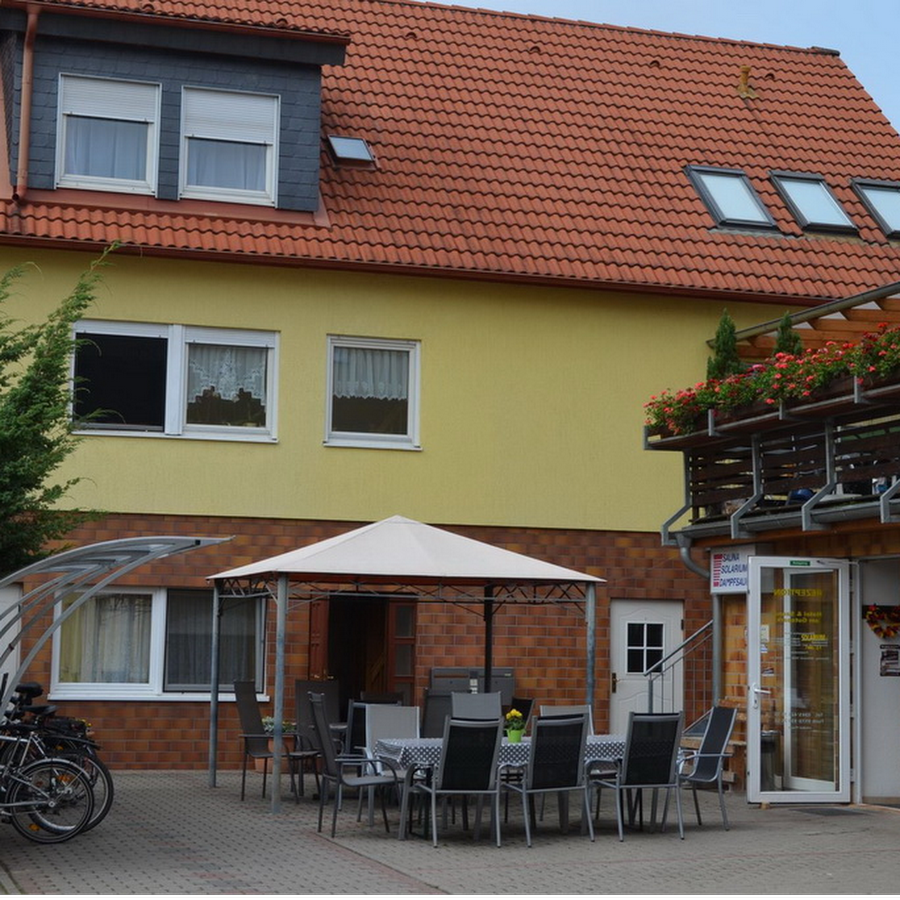
Abito Suites
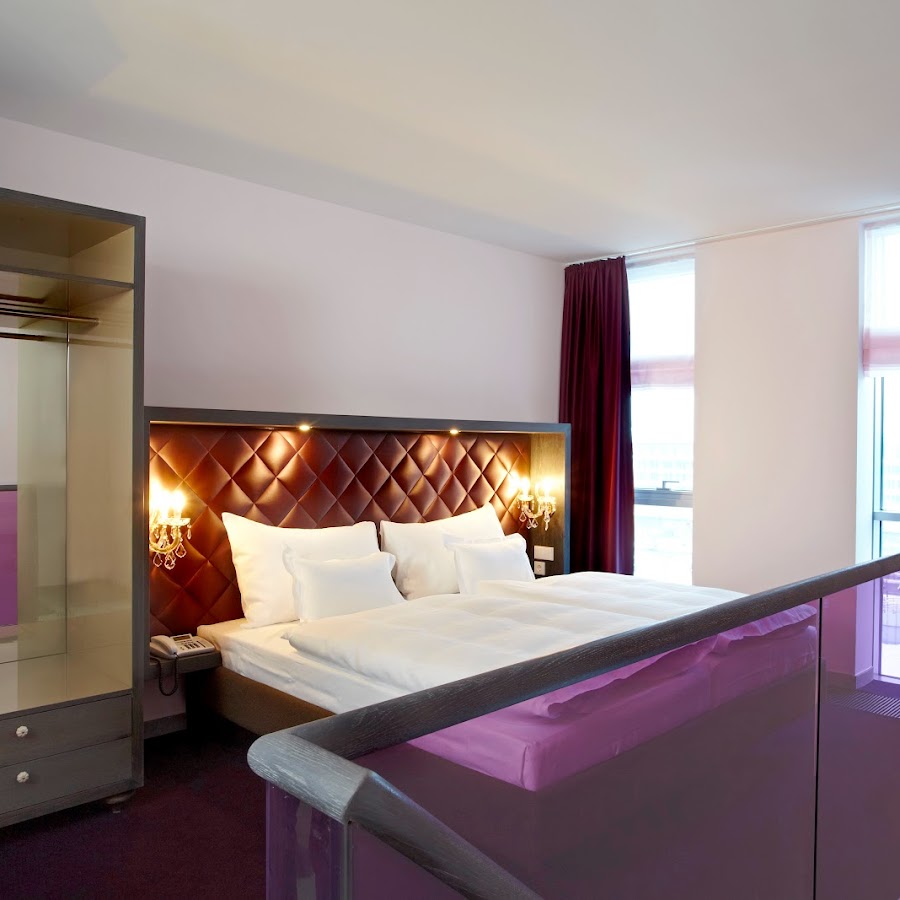
B&B HOTEL Leipzig-City
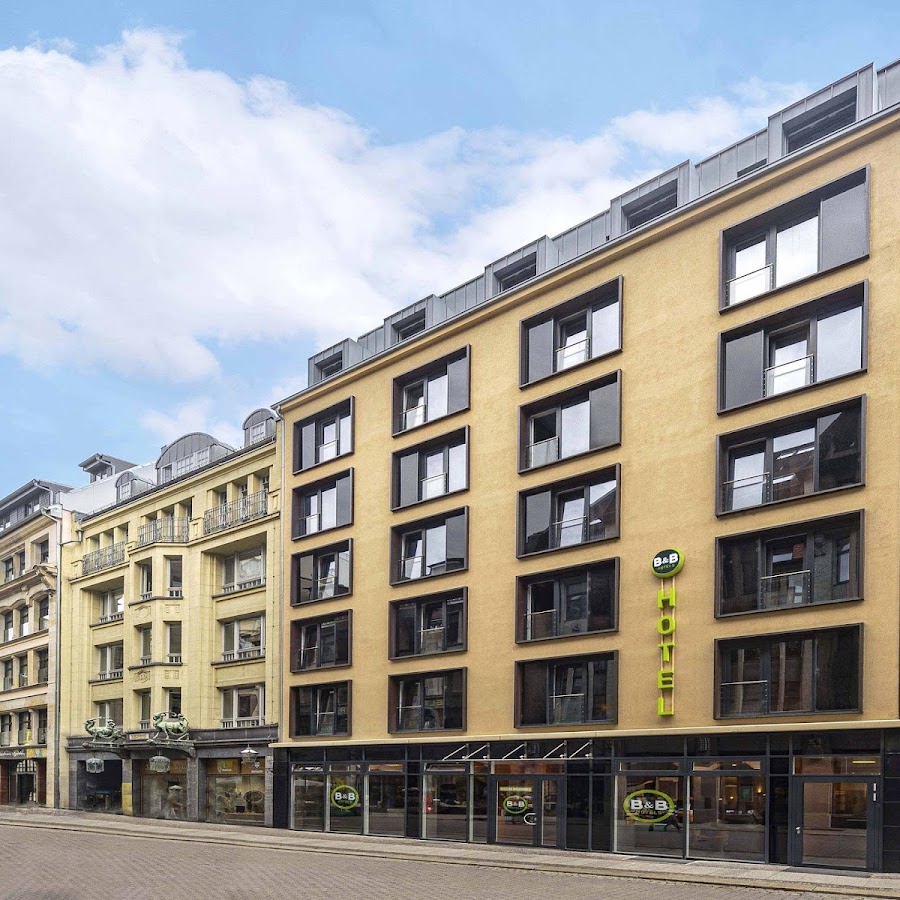
Hotel Adler Leipzig
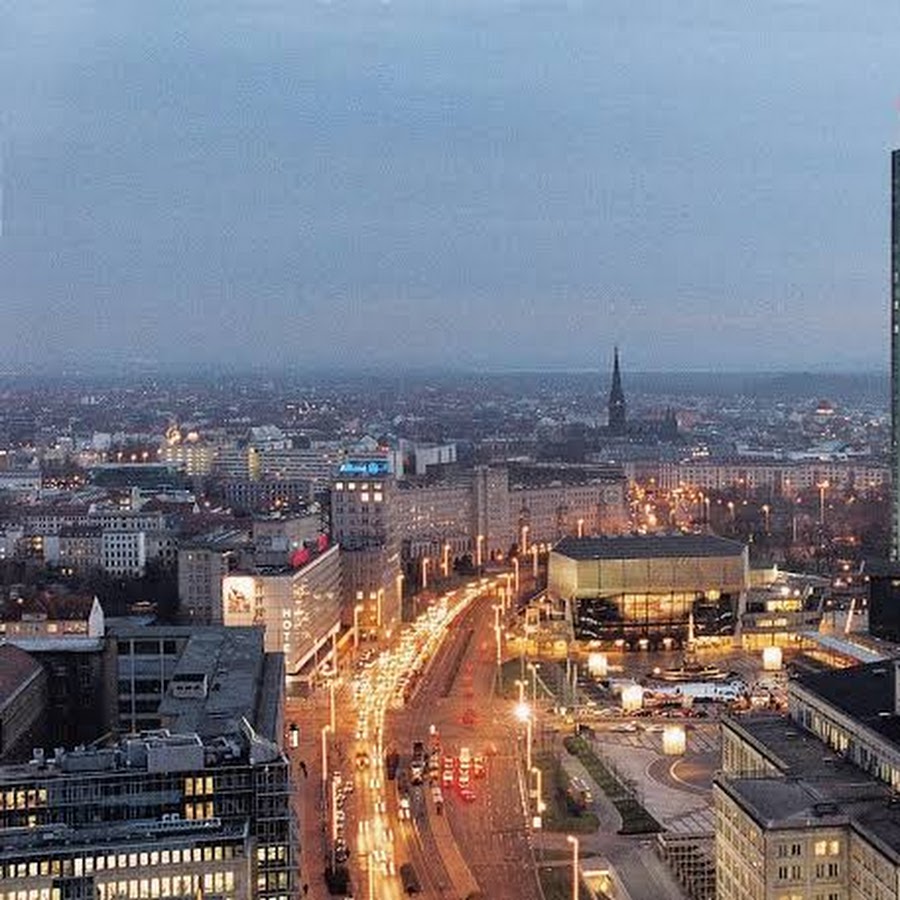
Arena City Hotel Leipzig Mitte
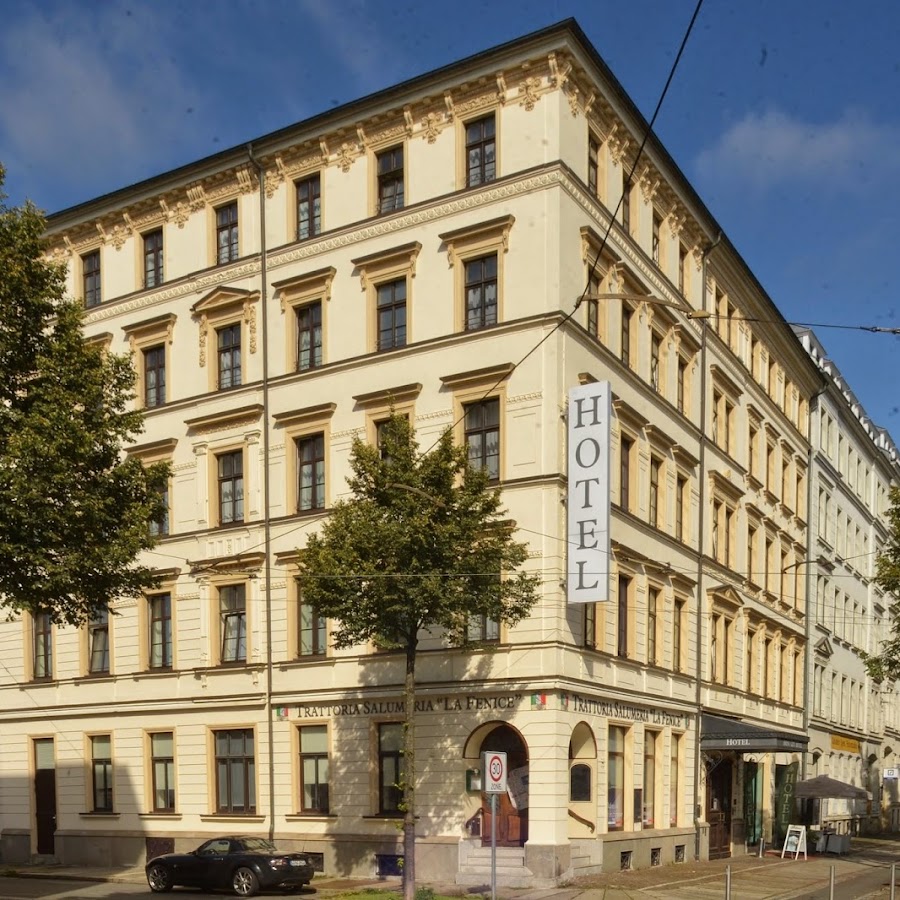
Art Hotel City Leipzig
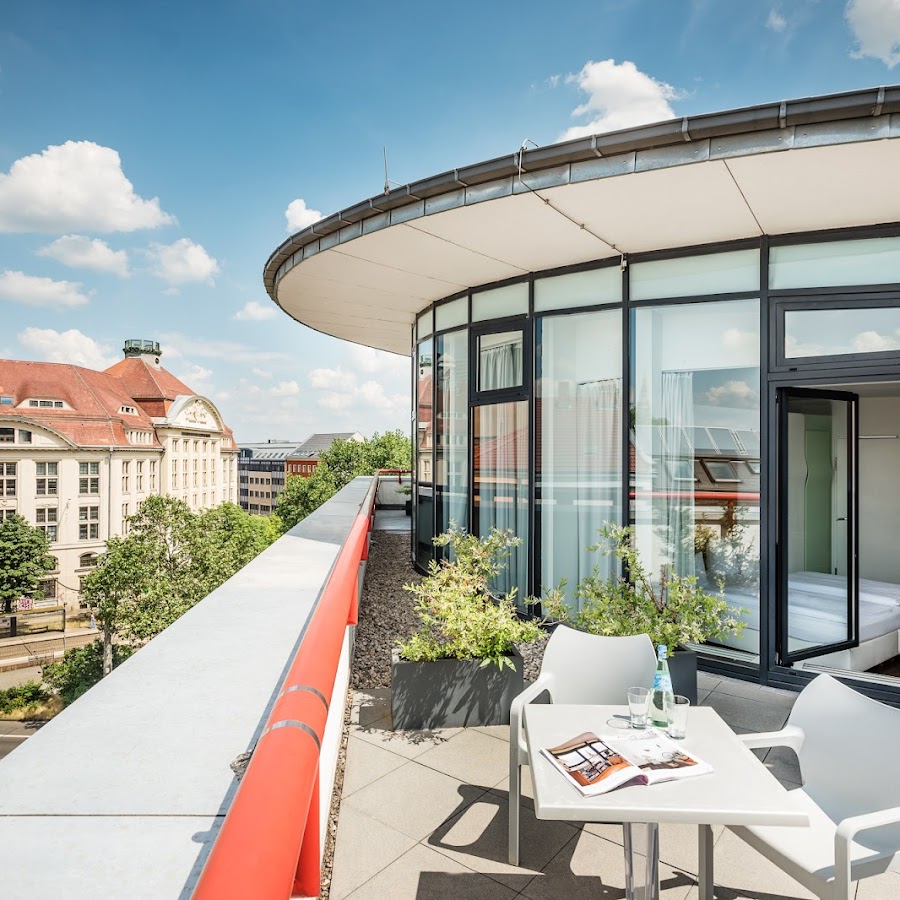
City Rooms Gede
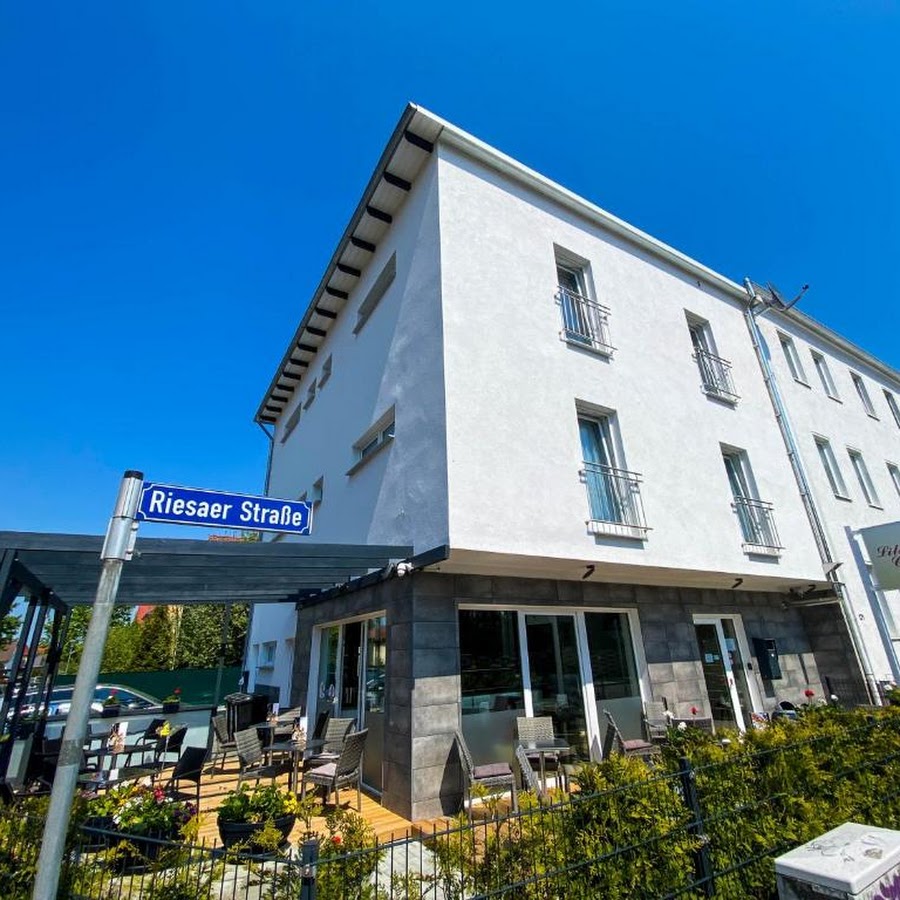
Leipziger Hotel
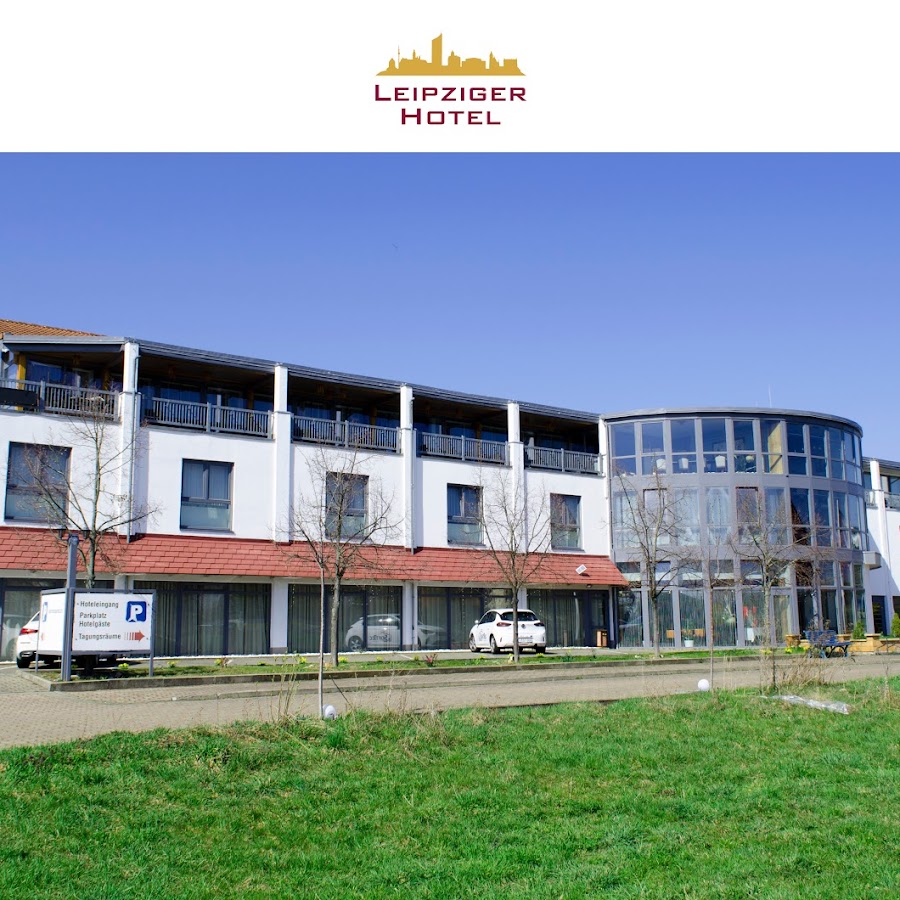
Radisson Blu Hotel Leipzig
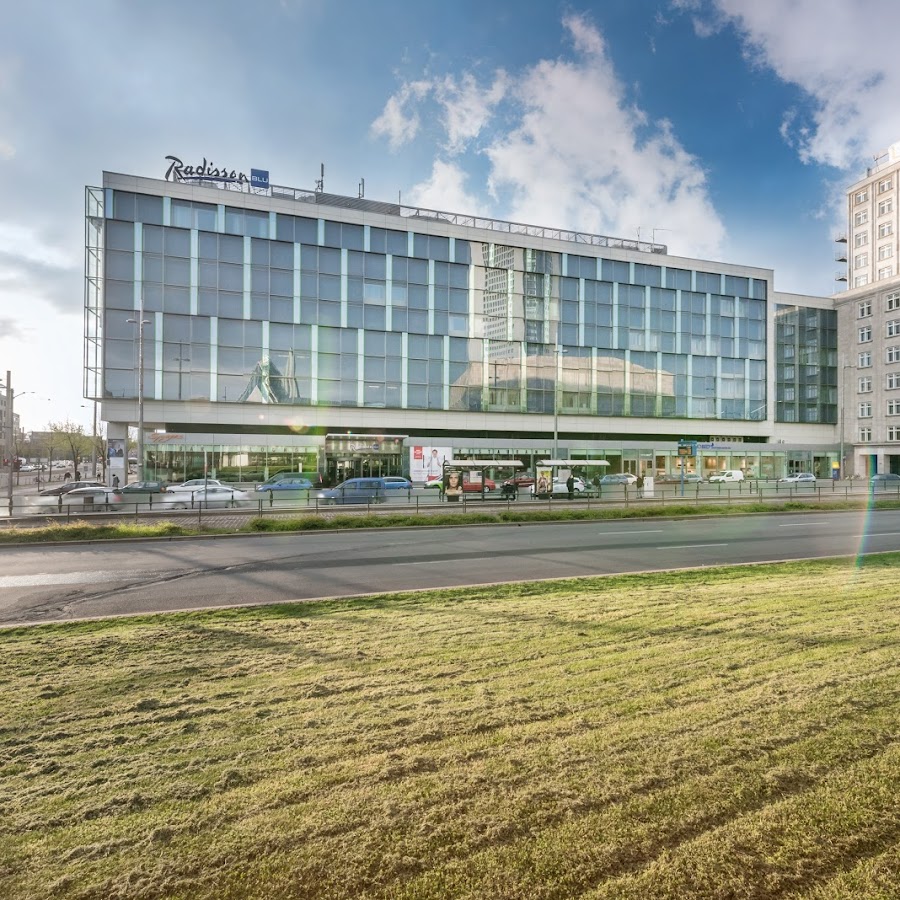
Emily Hotel Leipzig
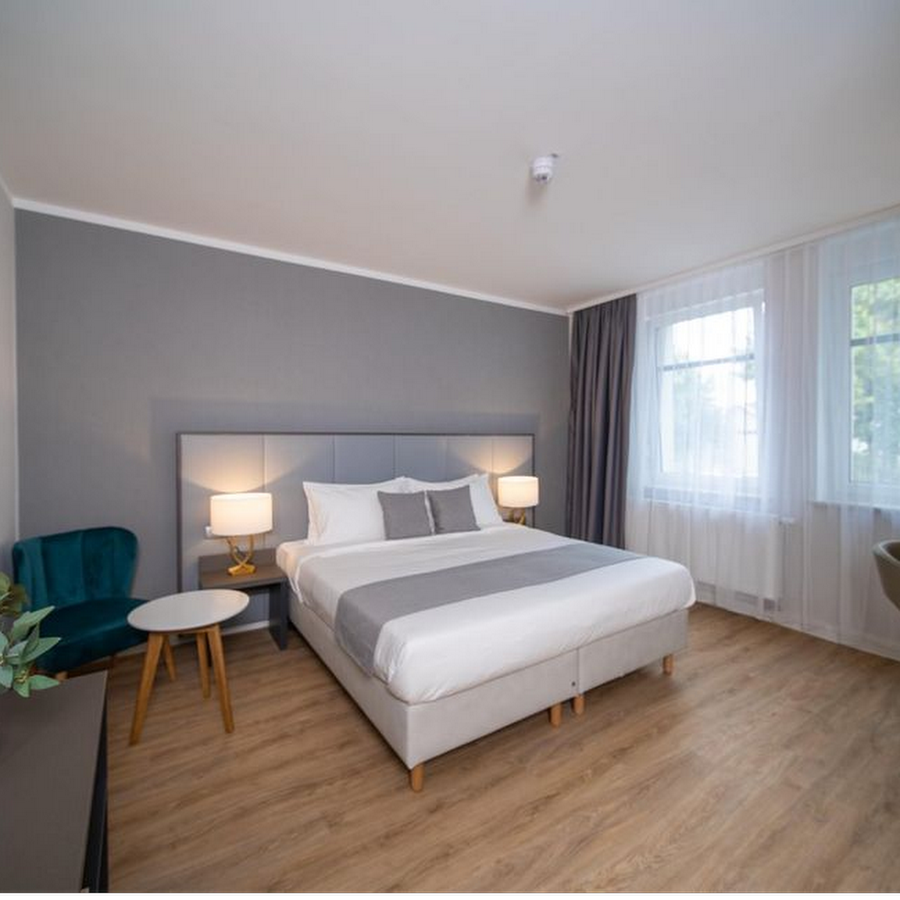
GRONERS Leipzig
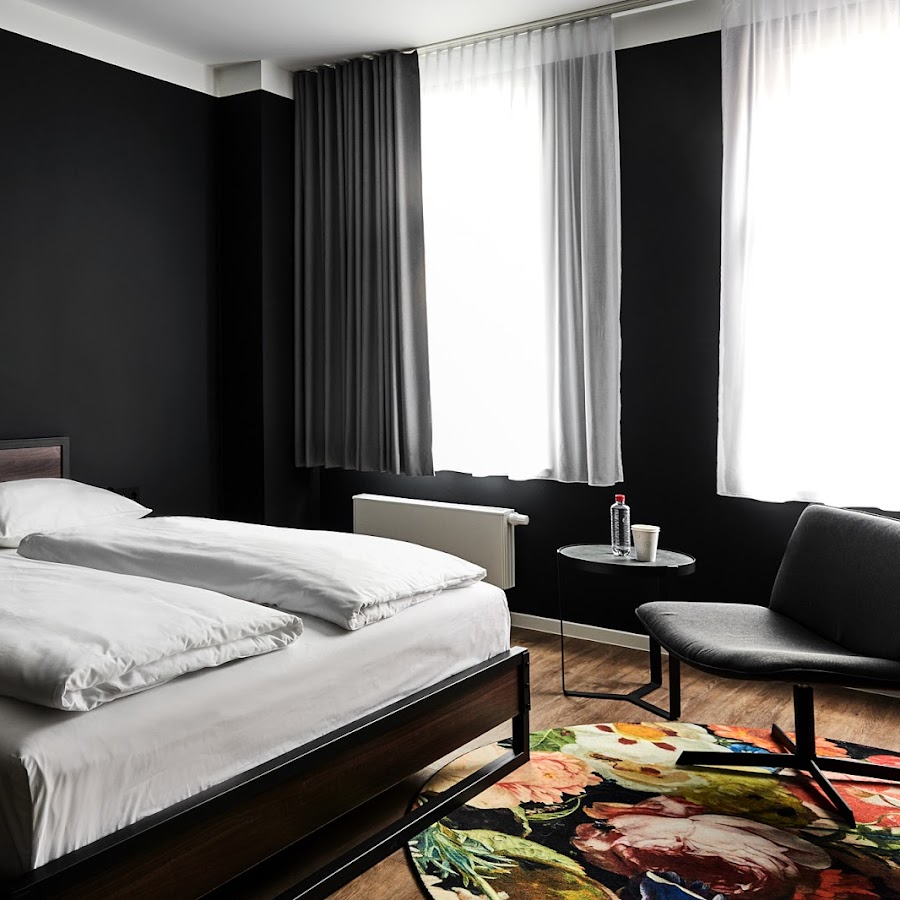
Leipzig Suites
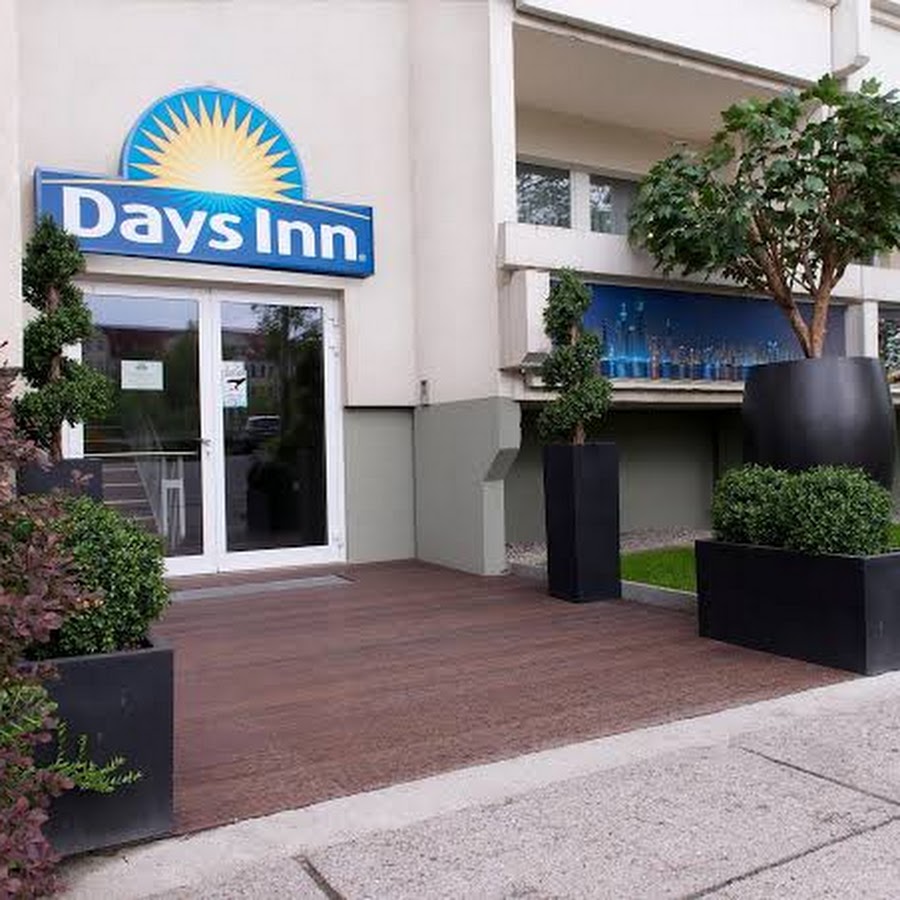
Pension "Piano forte"
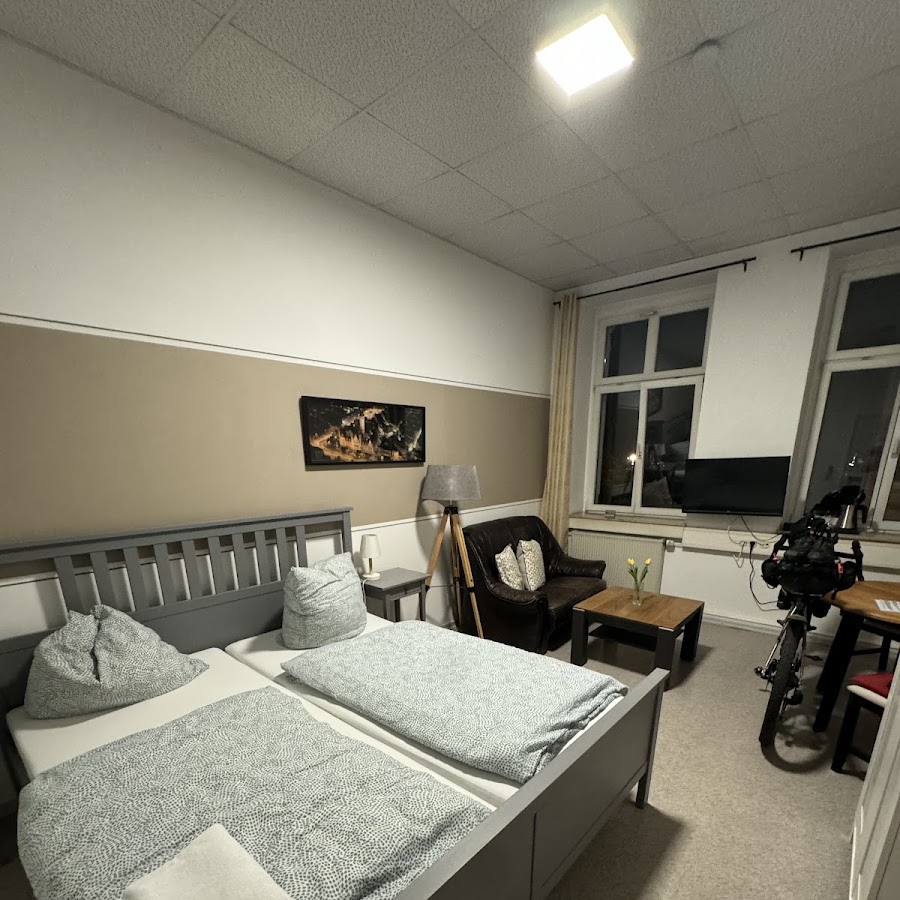
ACHAT Hotel Leipzig Messe
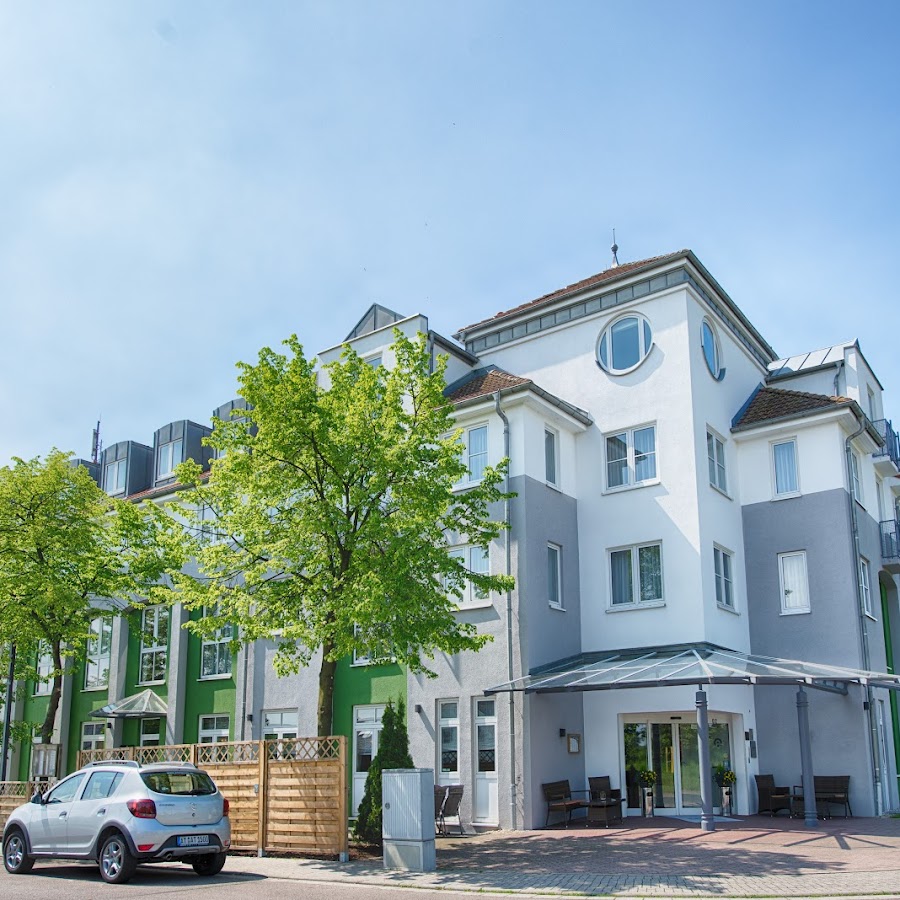
Pentahotel Leipzig
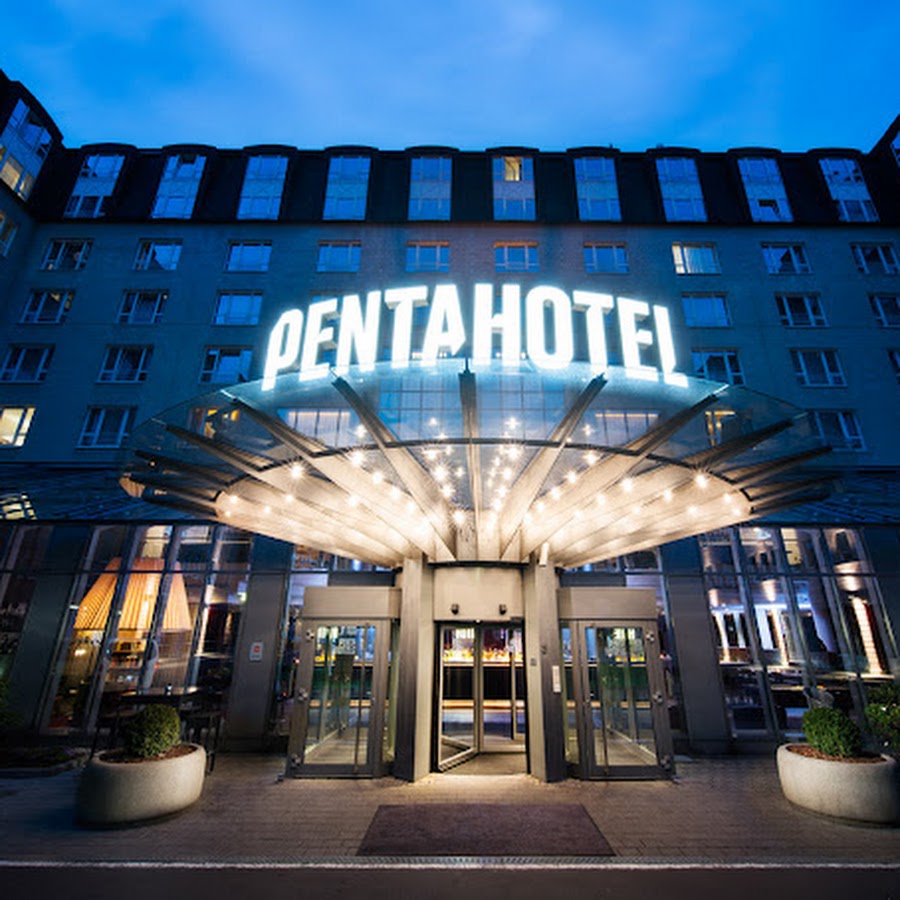
Atlanta Hotel International Leipzig
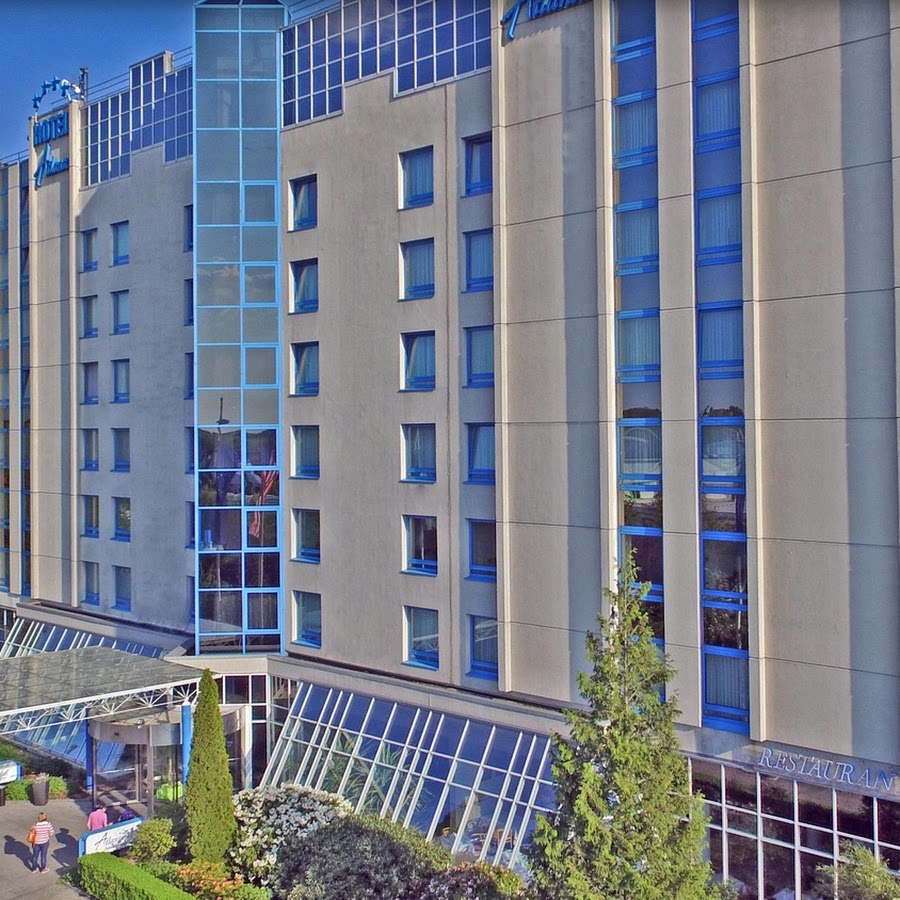
Good Morning+ Leipzig
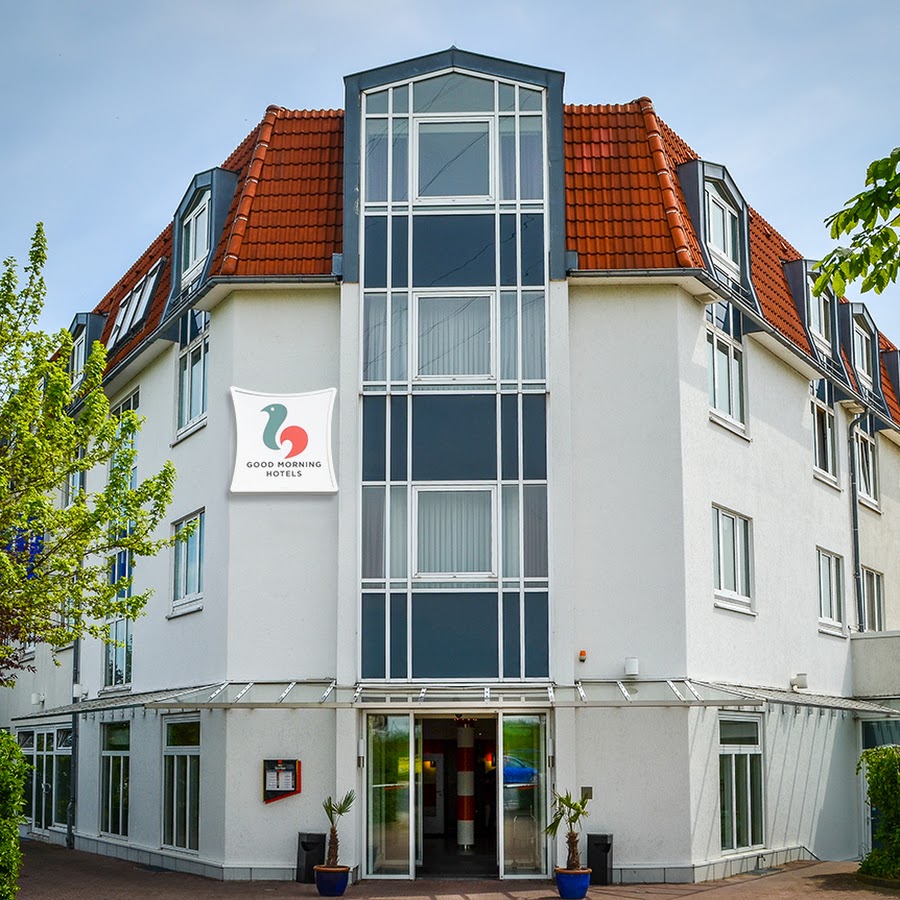
BRIGHT Leipzig Zentrum-West
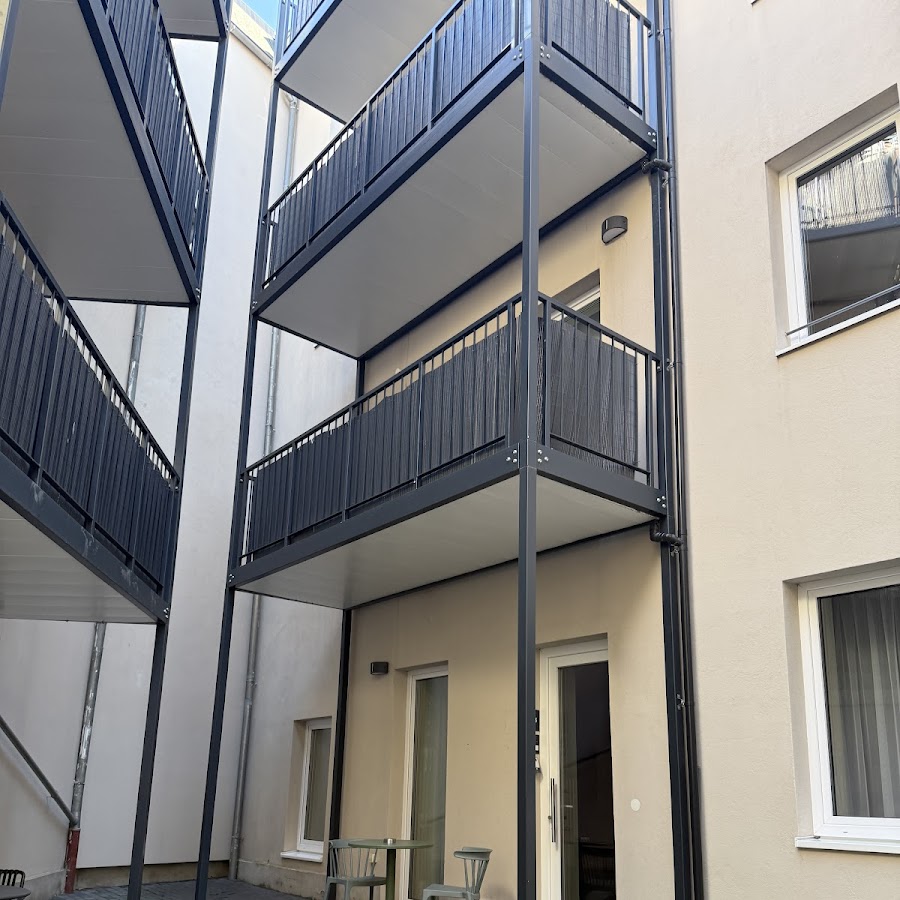
Best Western Plus Royal Suites
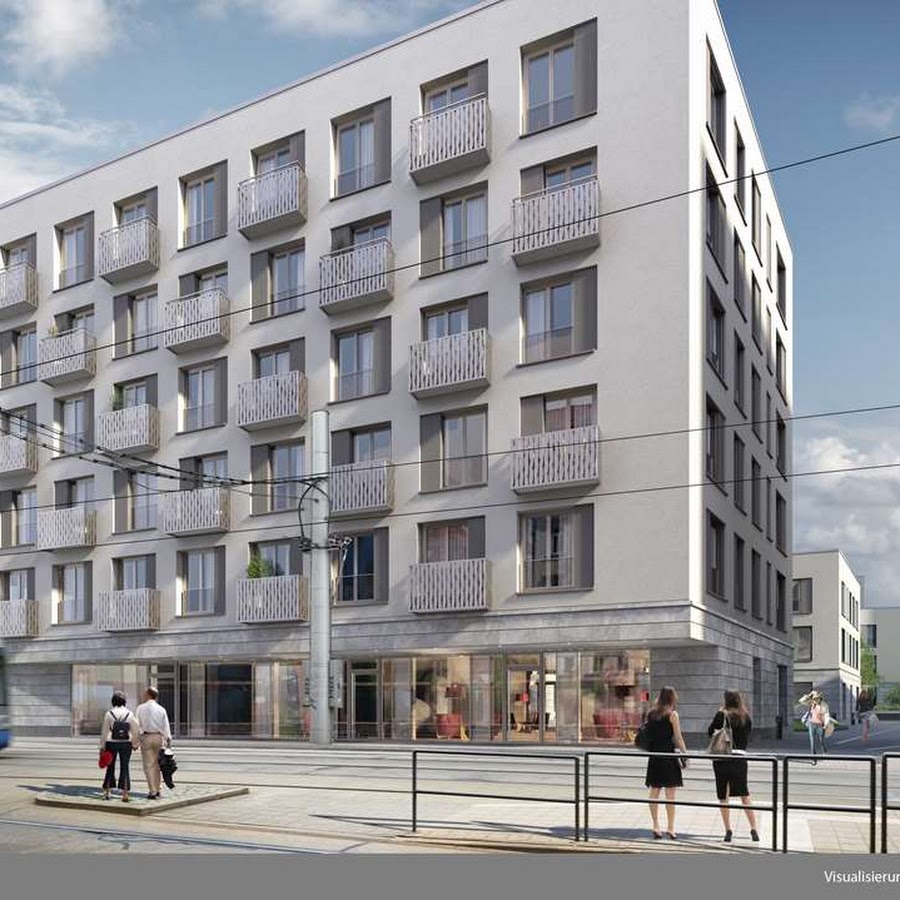
Hotel Merseburger Hof

H4 Hotel Leipzig

Space Hotel & Hostel Leipzig

Steigenberger Icon Grandhotel Handelshof
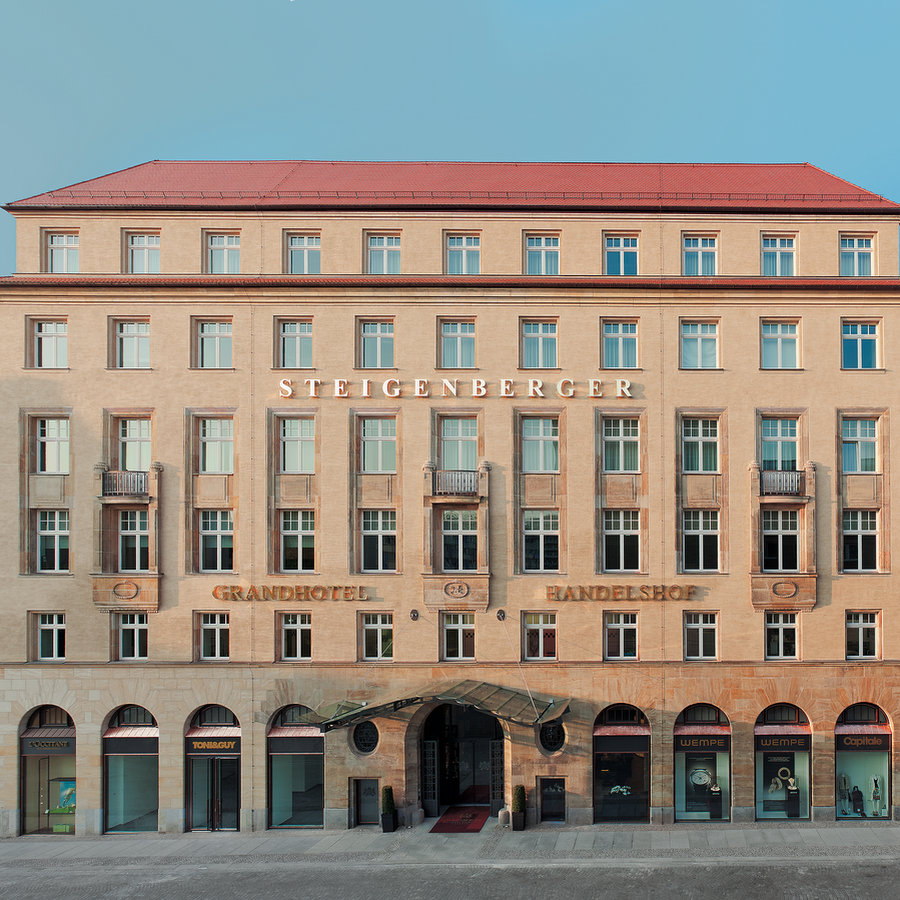
LE Hotel
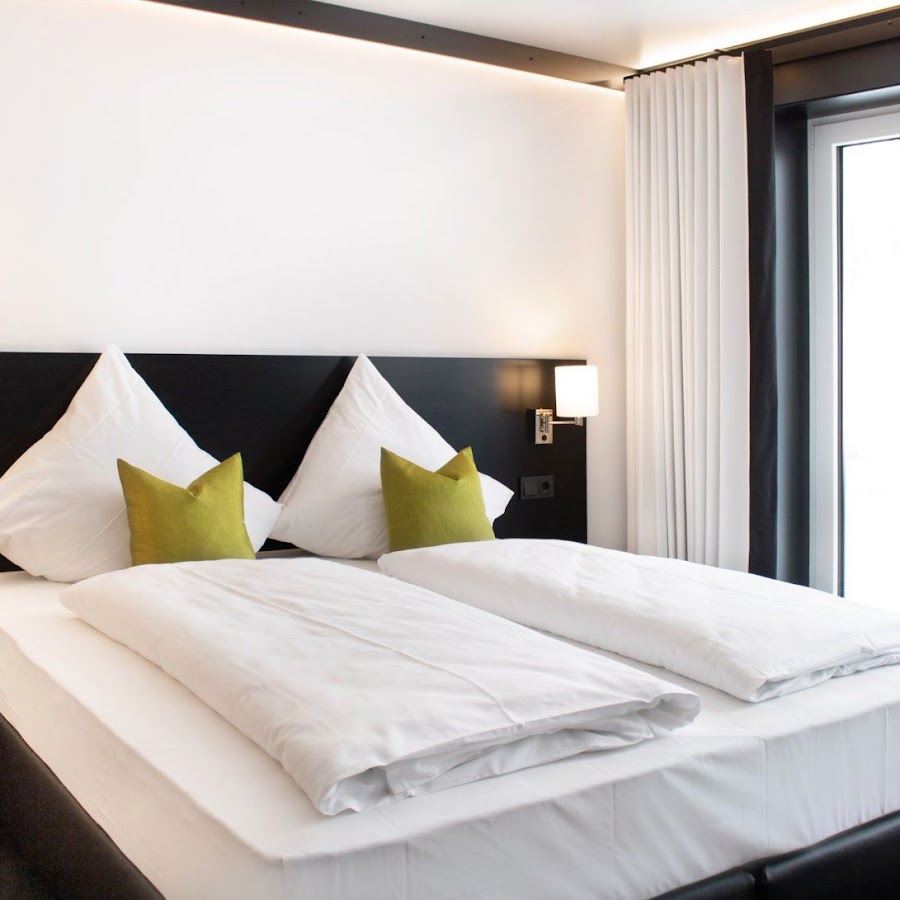
Hostel & Garten Eden
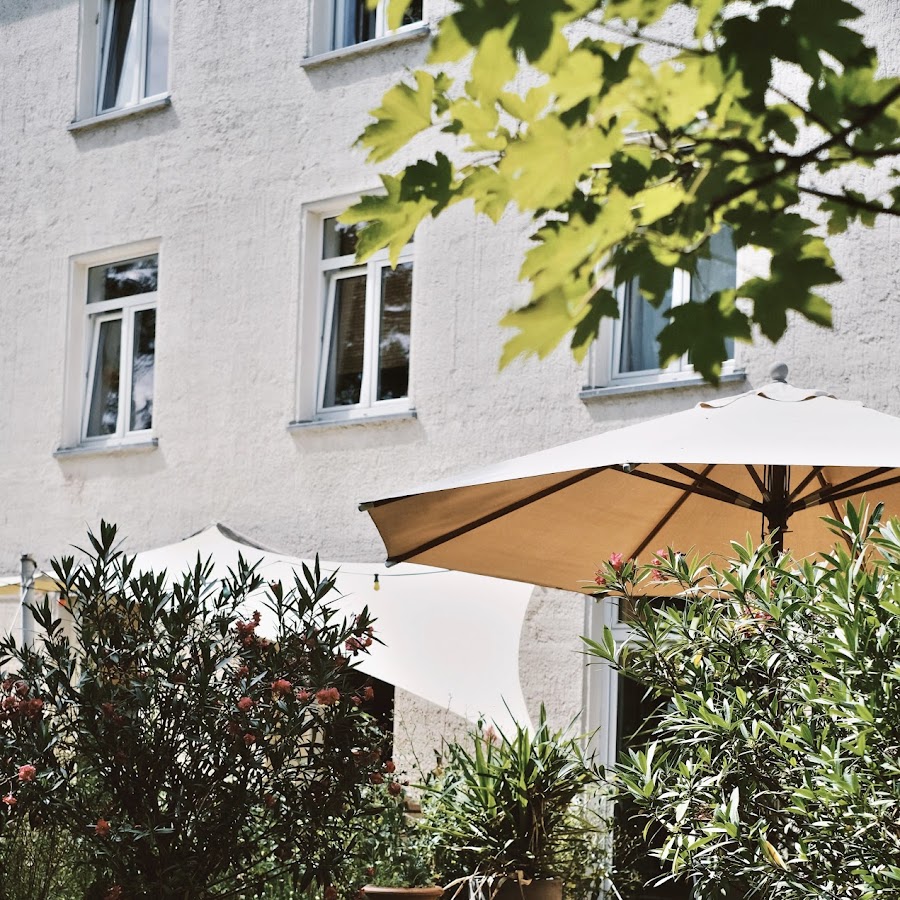
GreenLine Hotel Residenz Leipzig Messe
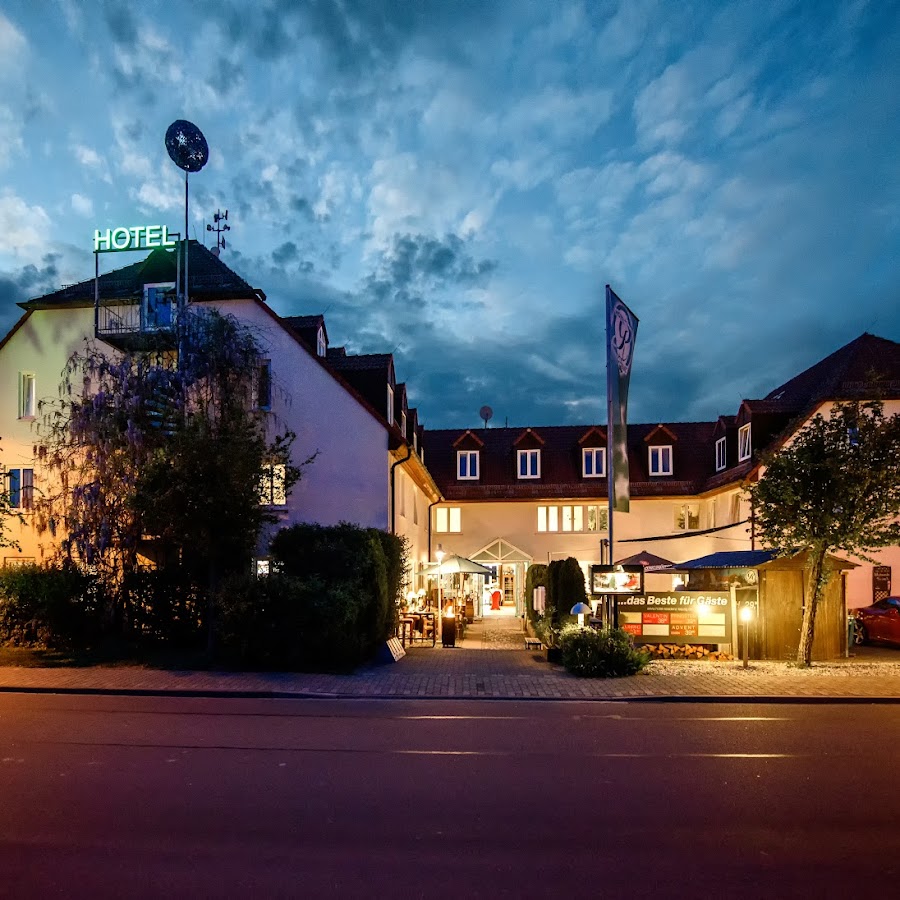
Gwuni Mopera Hotel
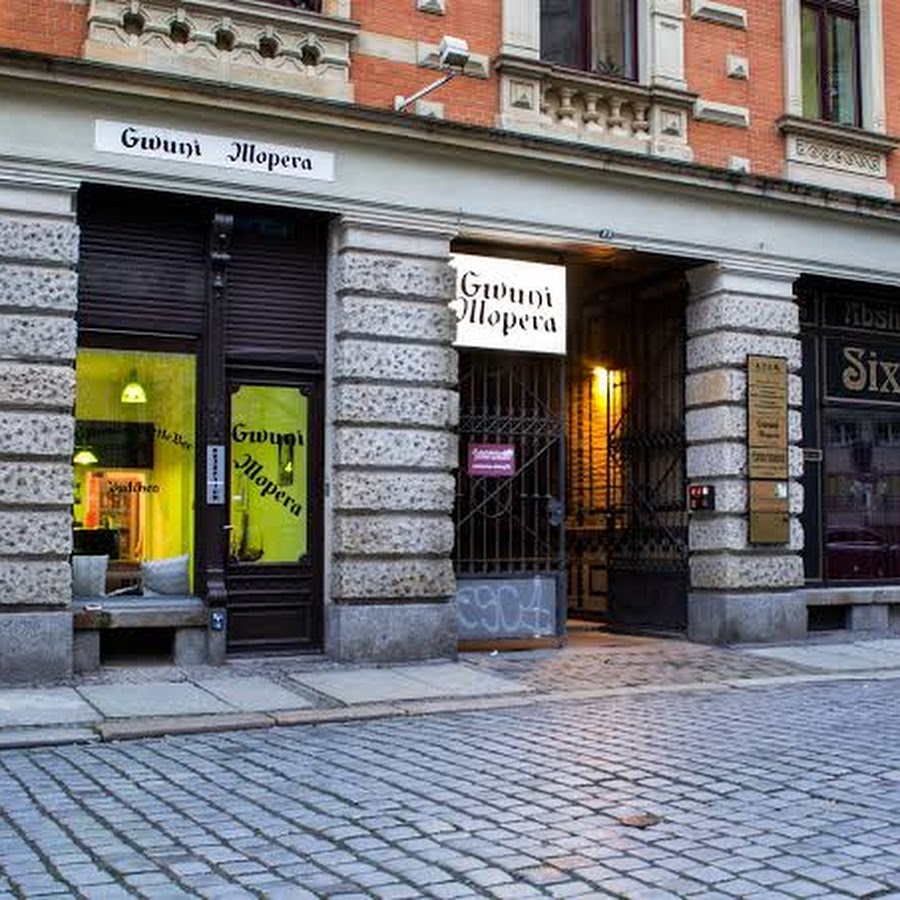
Staycity Aparthotels, Leipzig City Centre
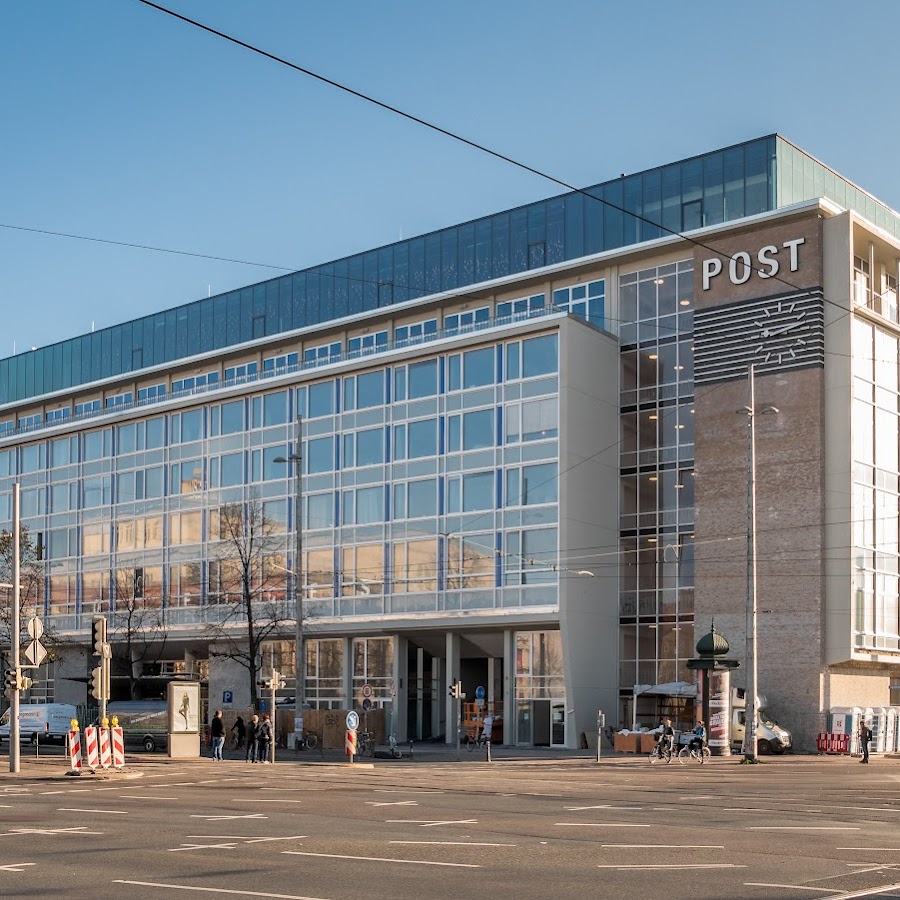
H2 Hotel Leipzig
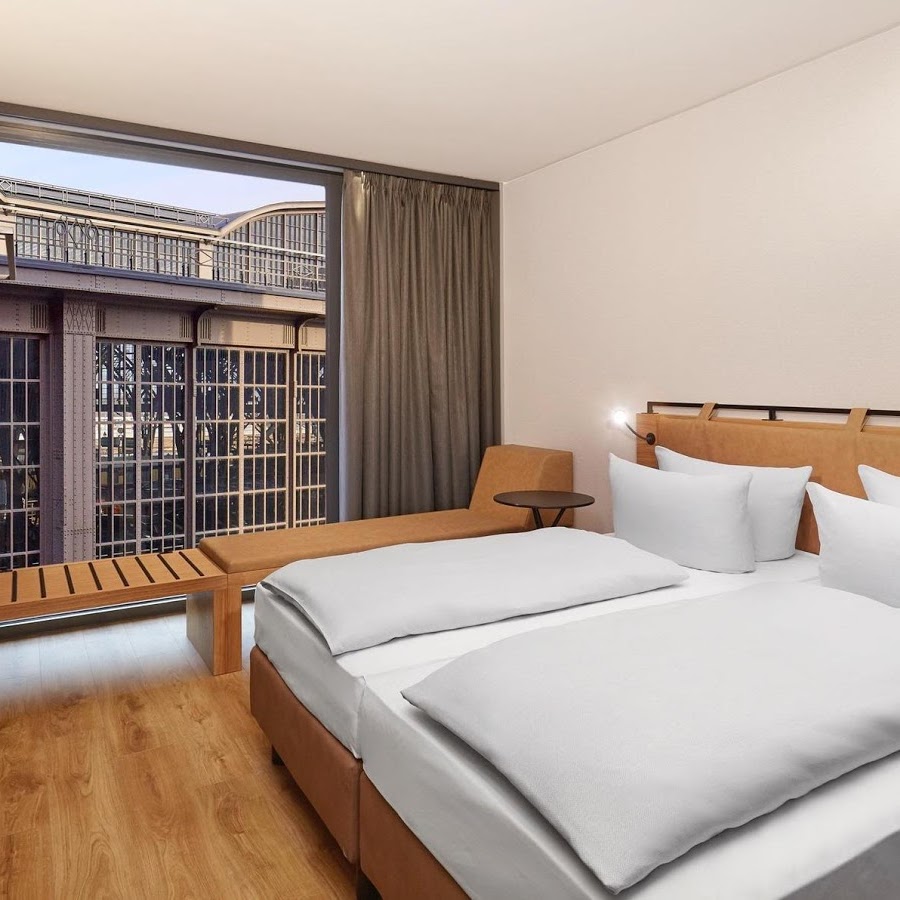
Zollikof Aparts
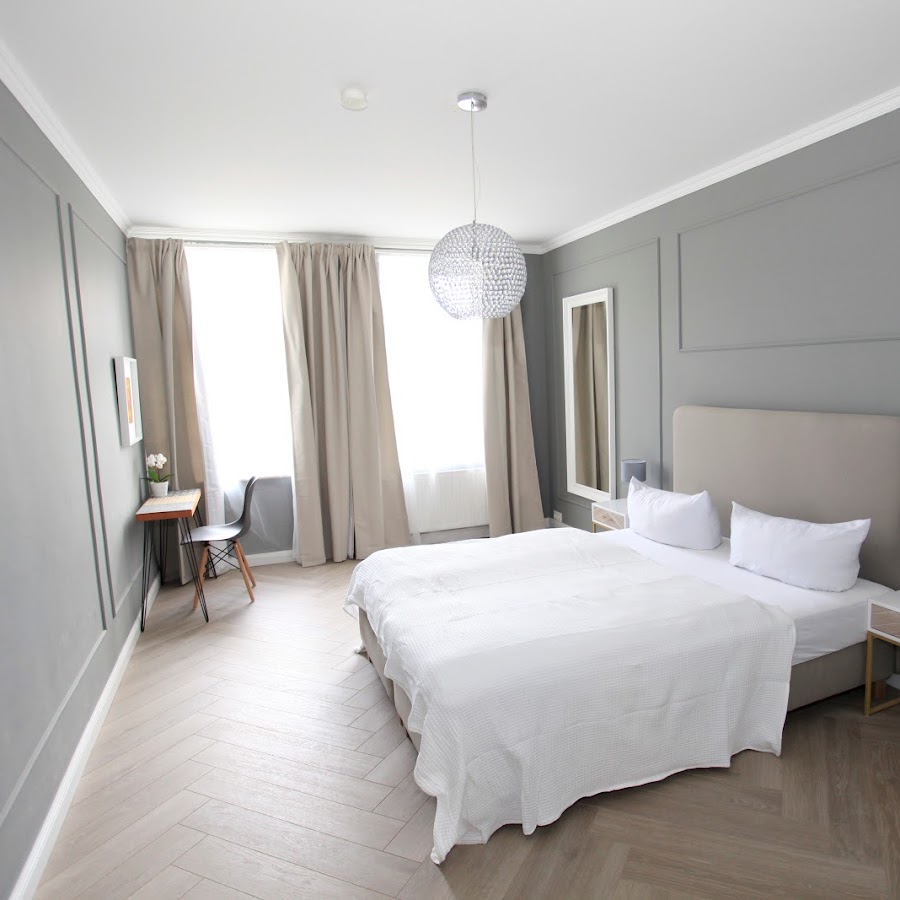
a&o Hostel Leipzig Hauptbahnhof
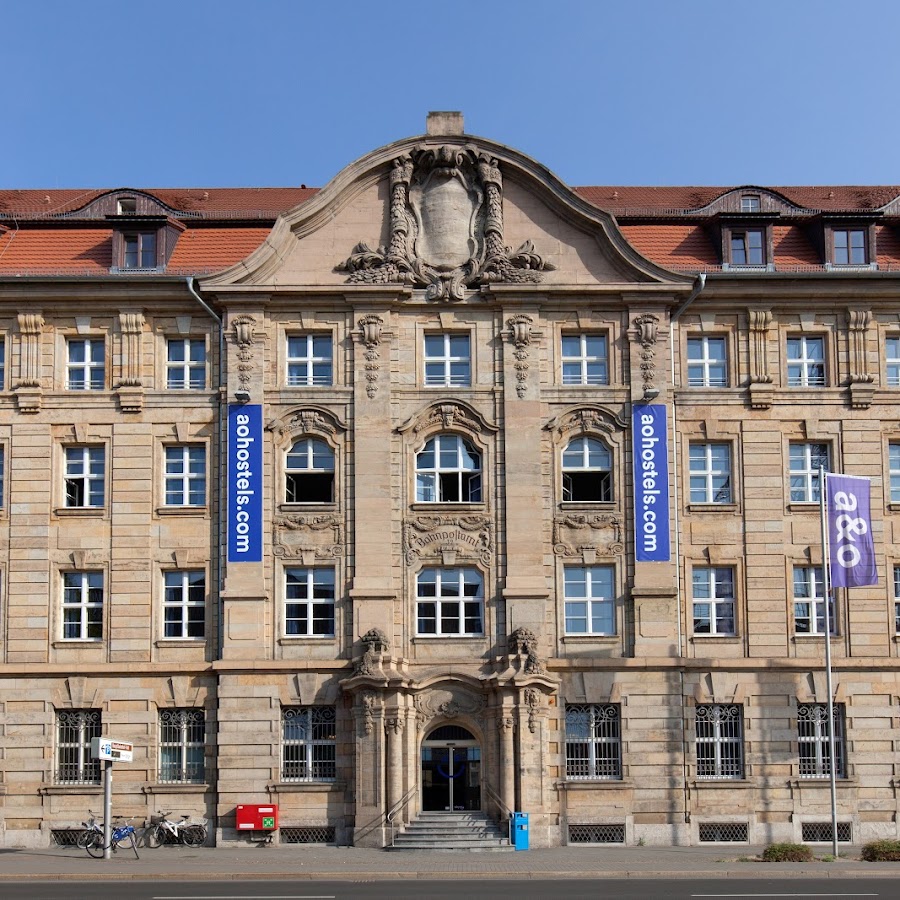
Homeplanet Hostel
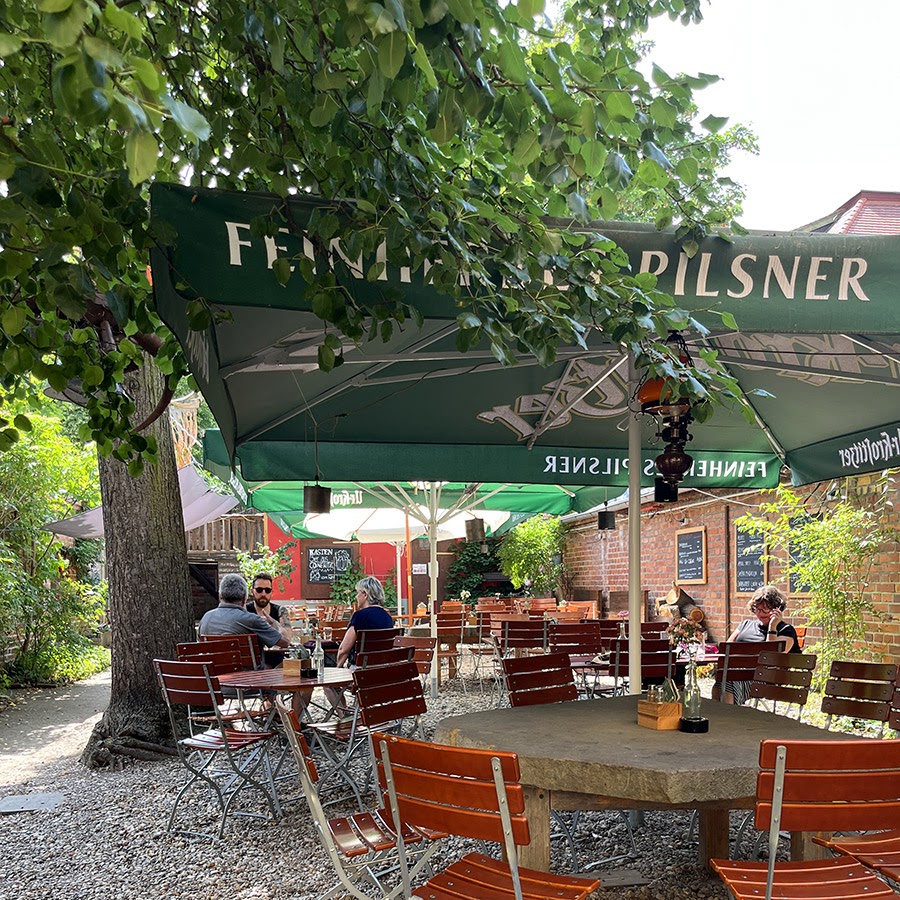
Premier Inn Leipzig City Hahnekamm Hotel
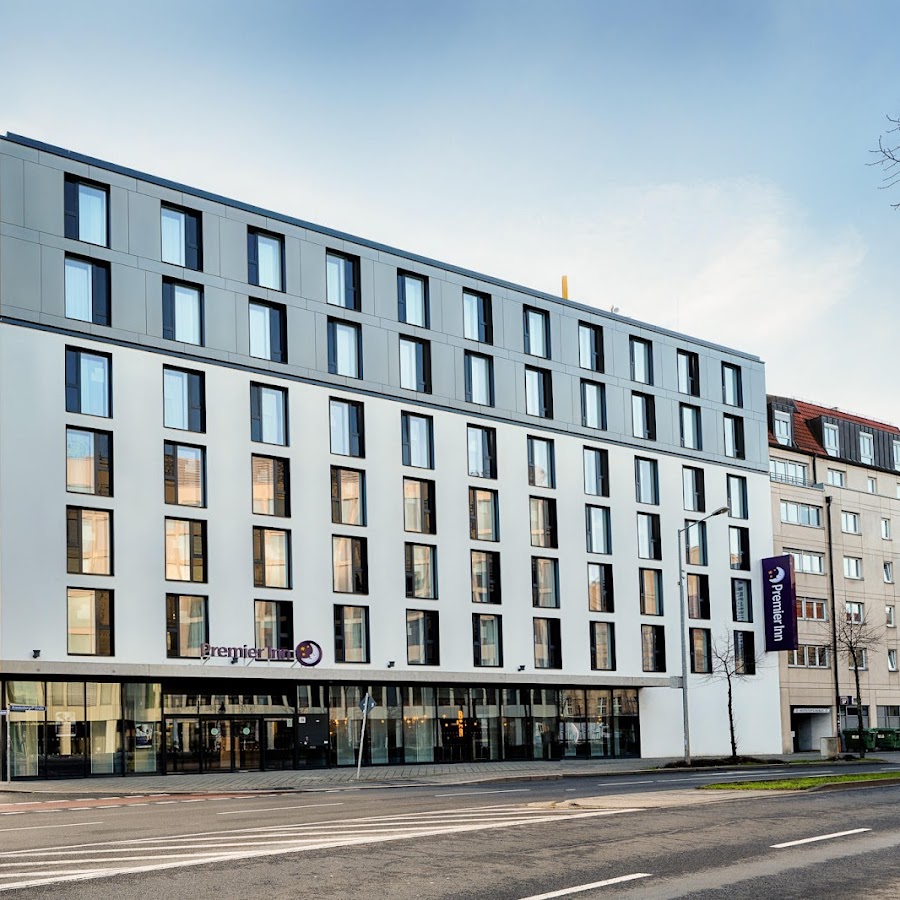
Hotel Fürstenhof Leipzig
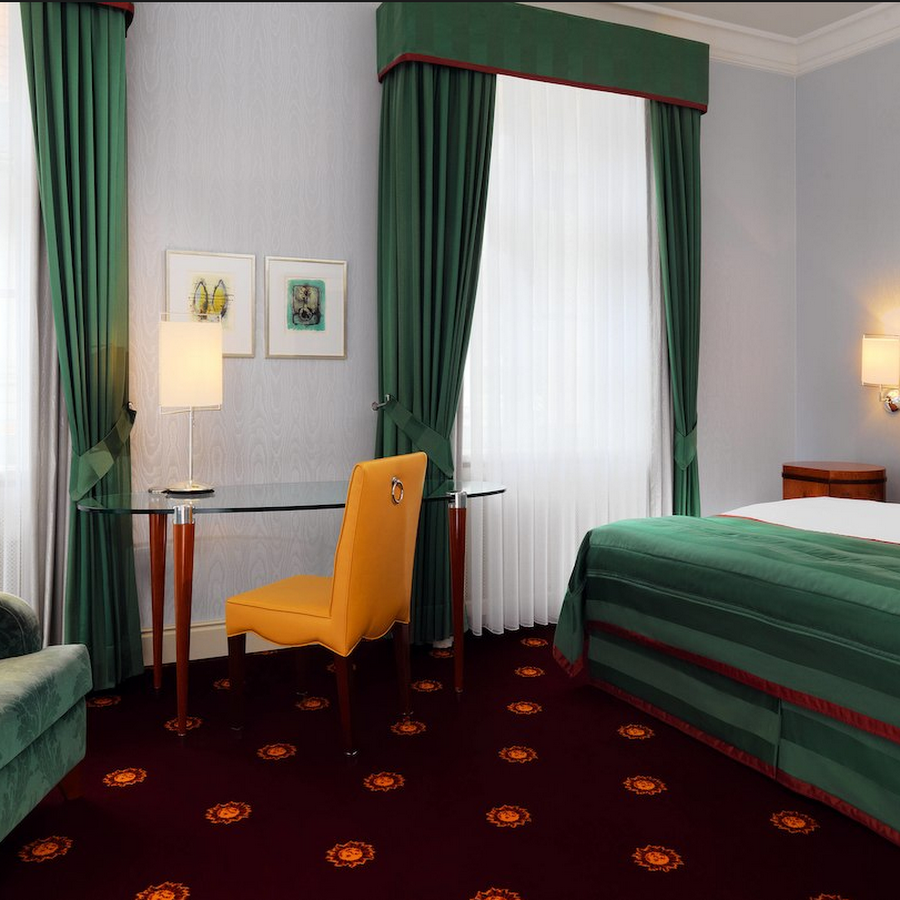
Multitude Hostel

5 Elements Hostel Leipzig
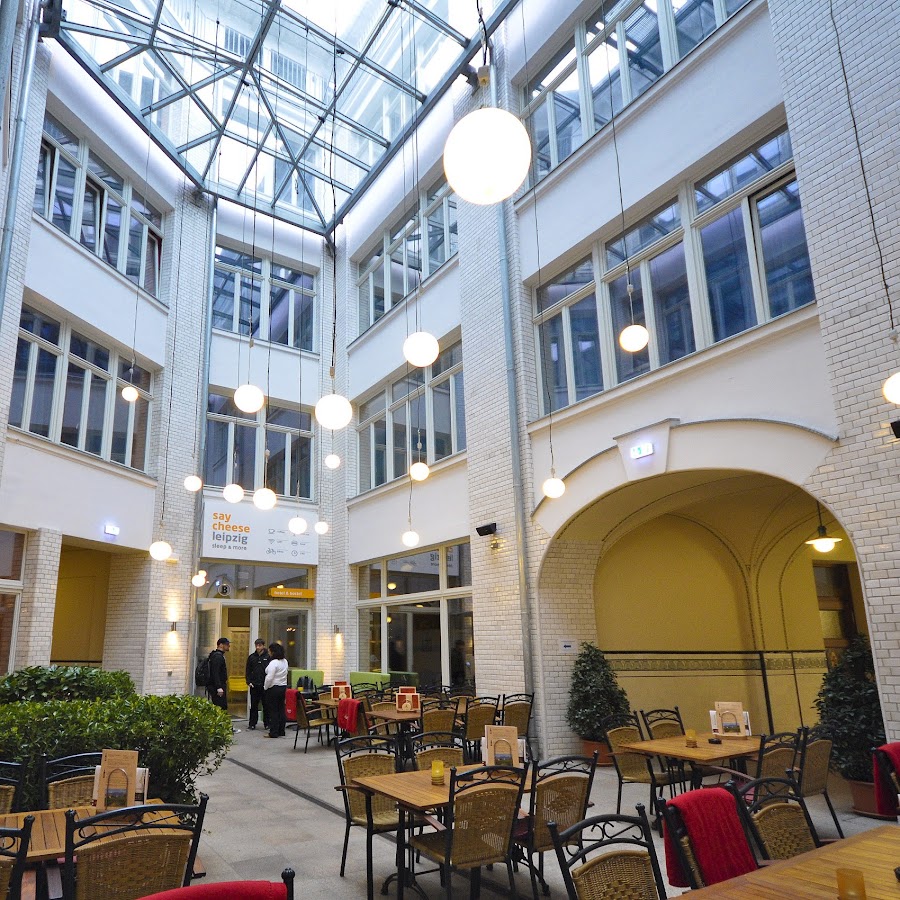
elaya hotel leipzig city center

Hotel Leipzig City Nord by Campanile
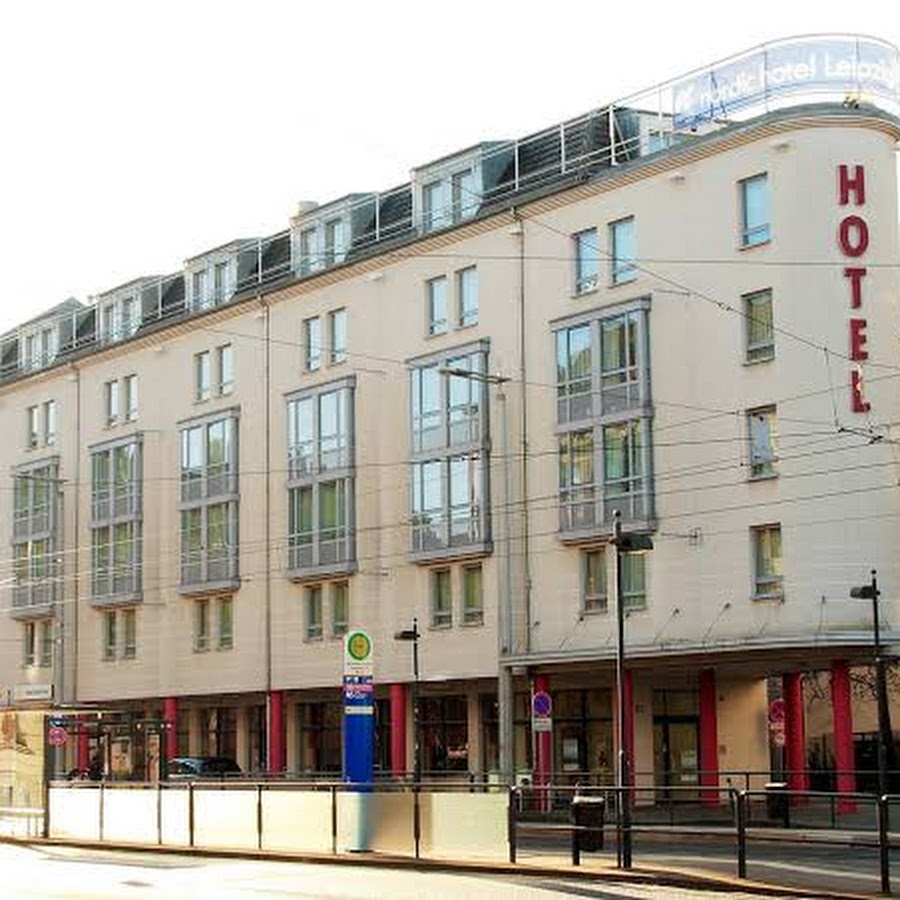
Seminaris Hotel Leipzig
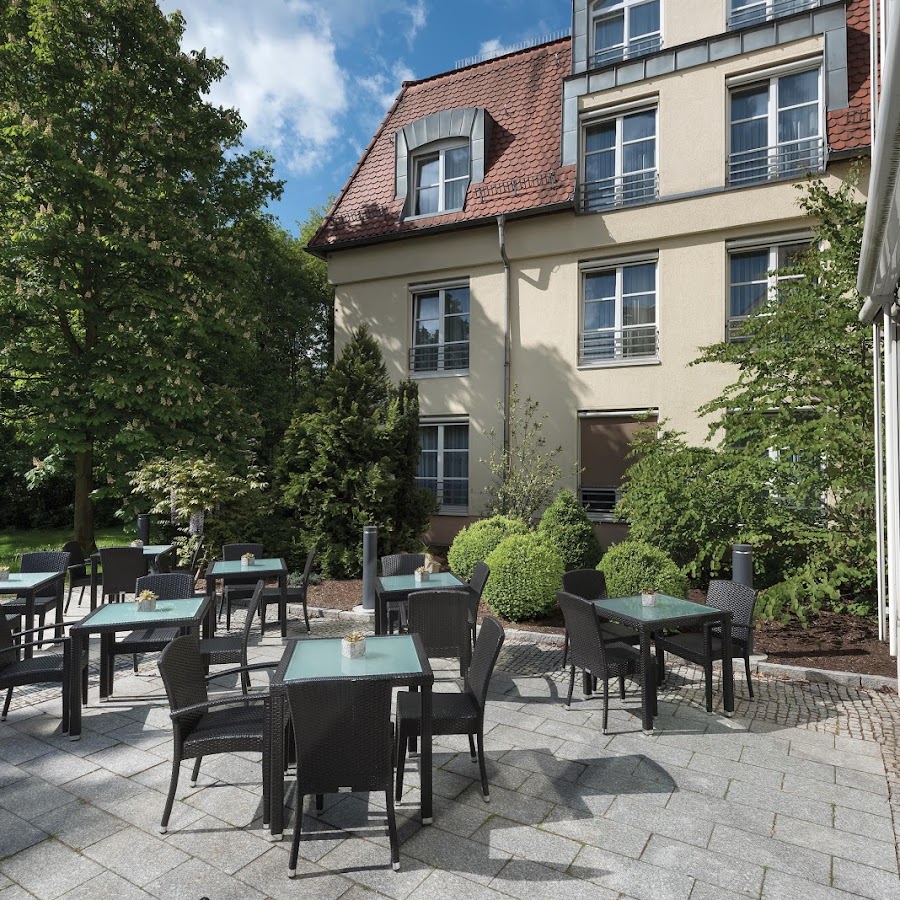
Hotel NH Leipzig Zentrum
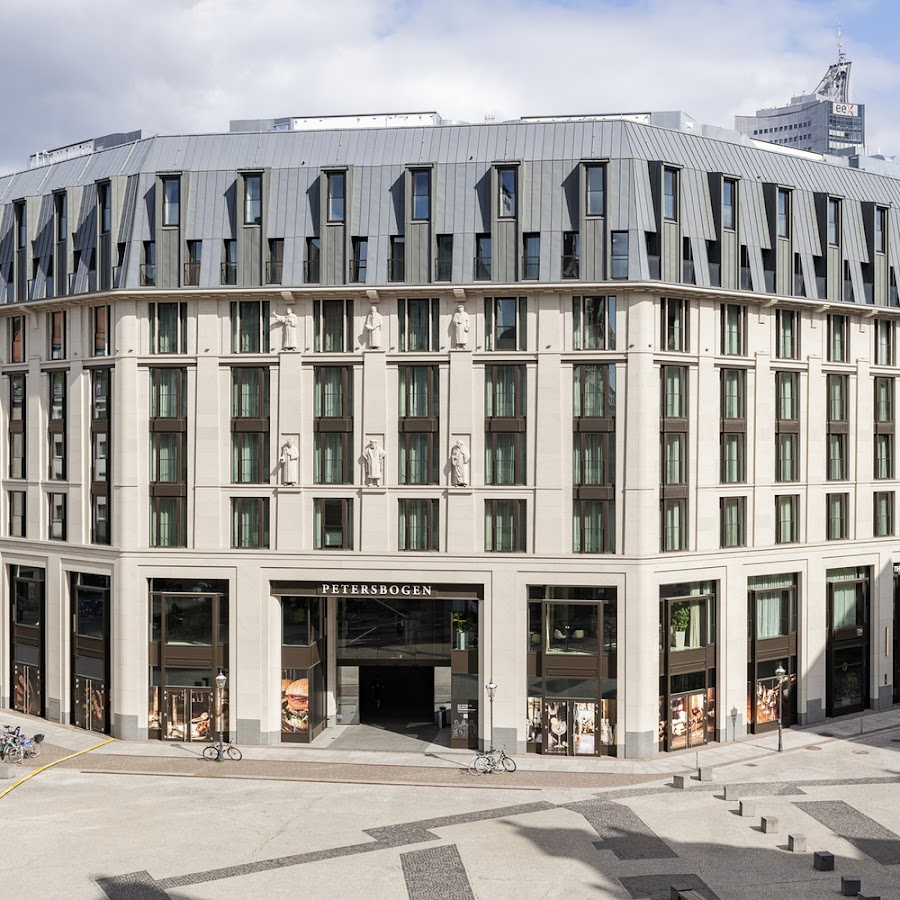
The Westin Leipzig
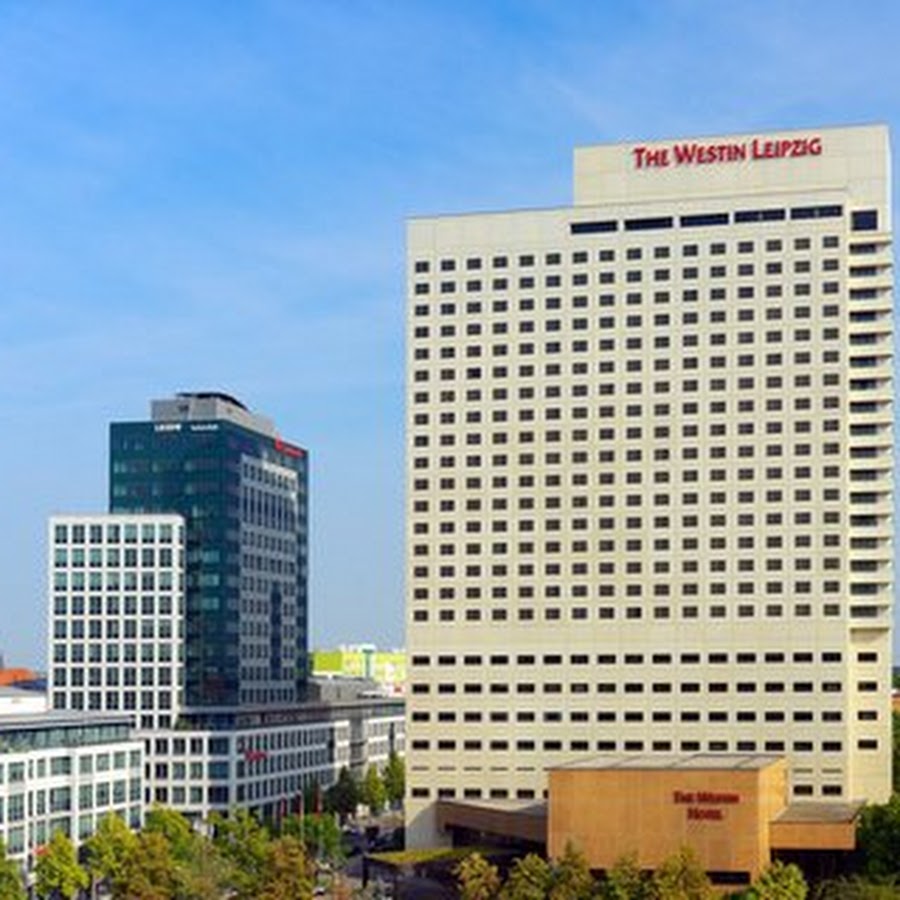
Hotel Atlas Leipzig
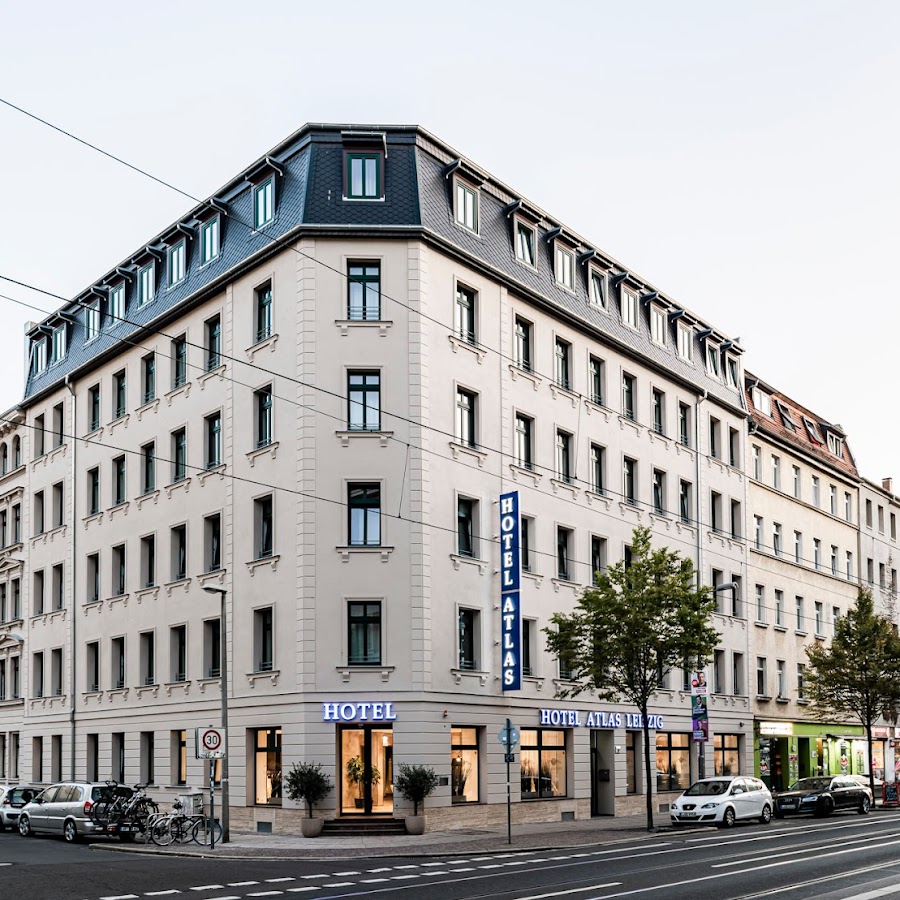
Radisson Hotel Leipzig
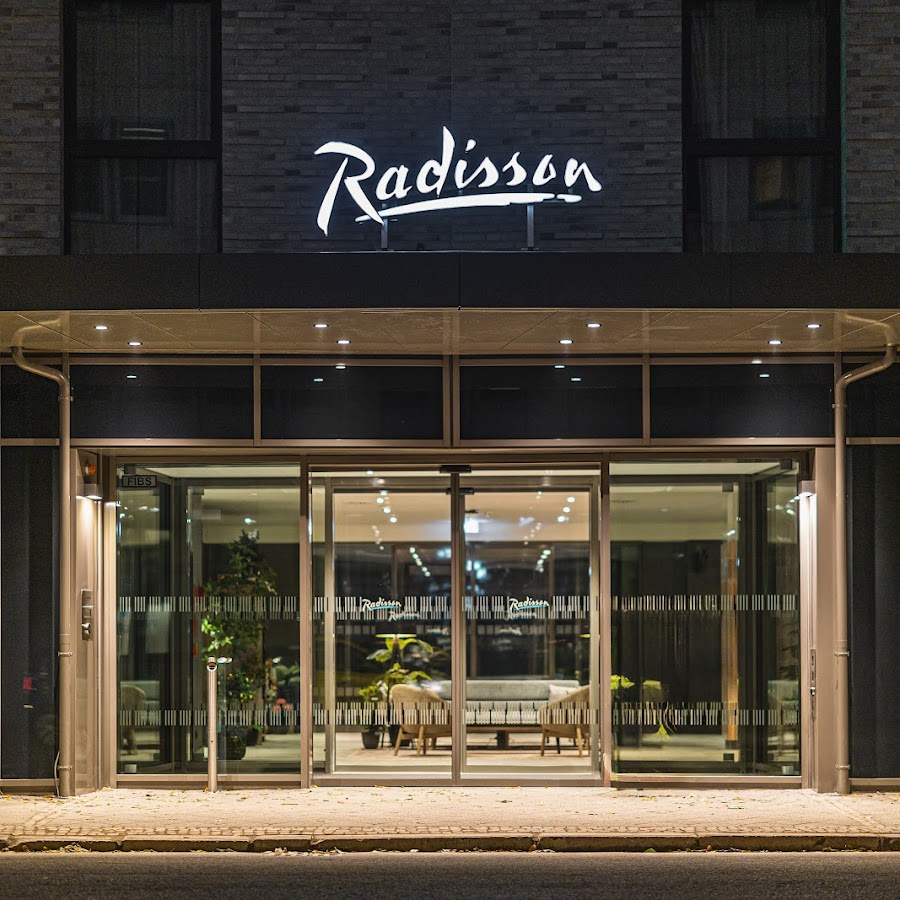
HYPERION Hotel Leipzig
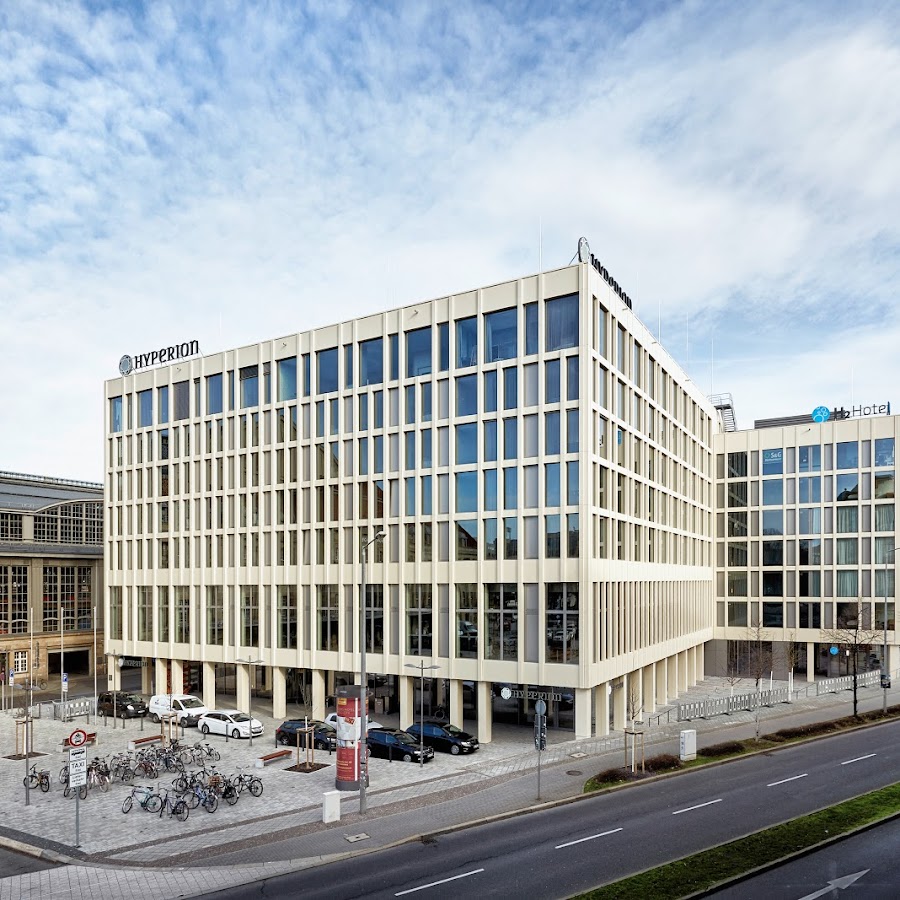
Capri by Fraser Leipzig
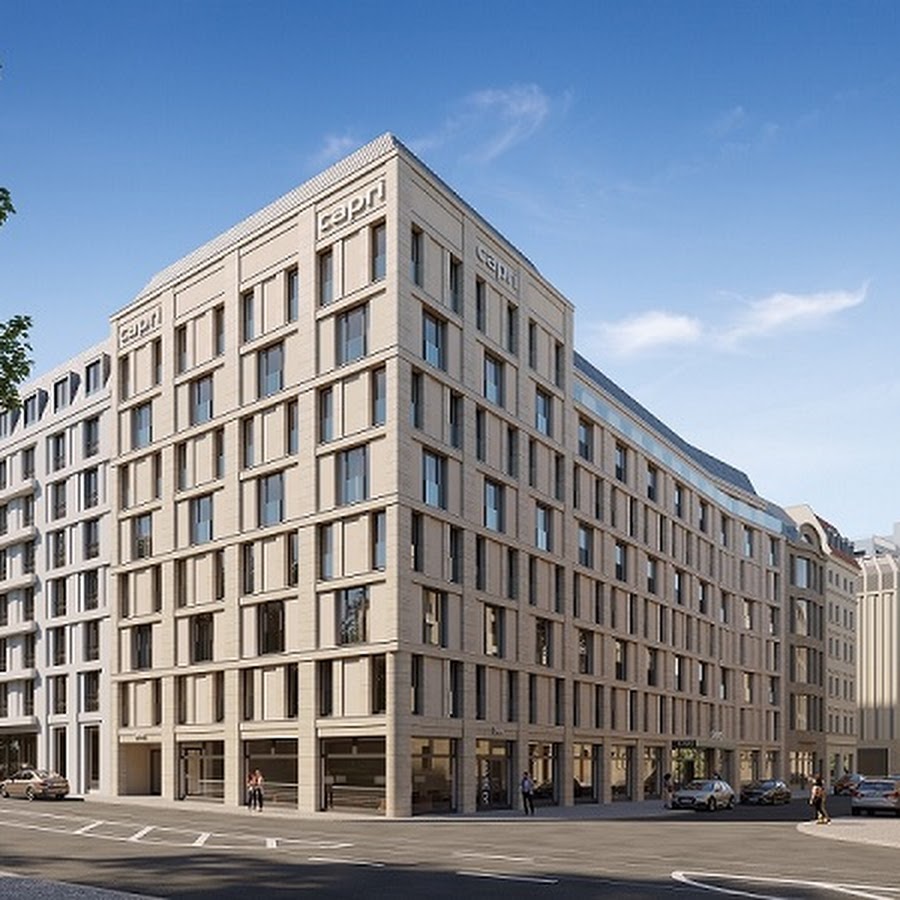
ibis Leipzig Nord Ost
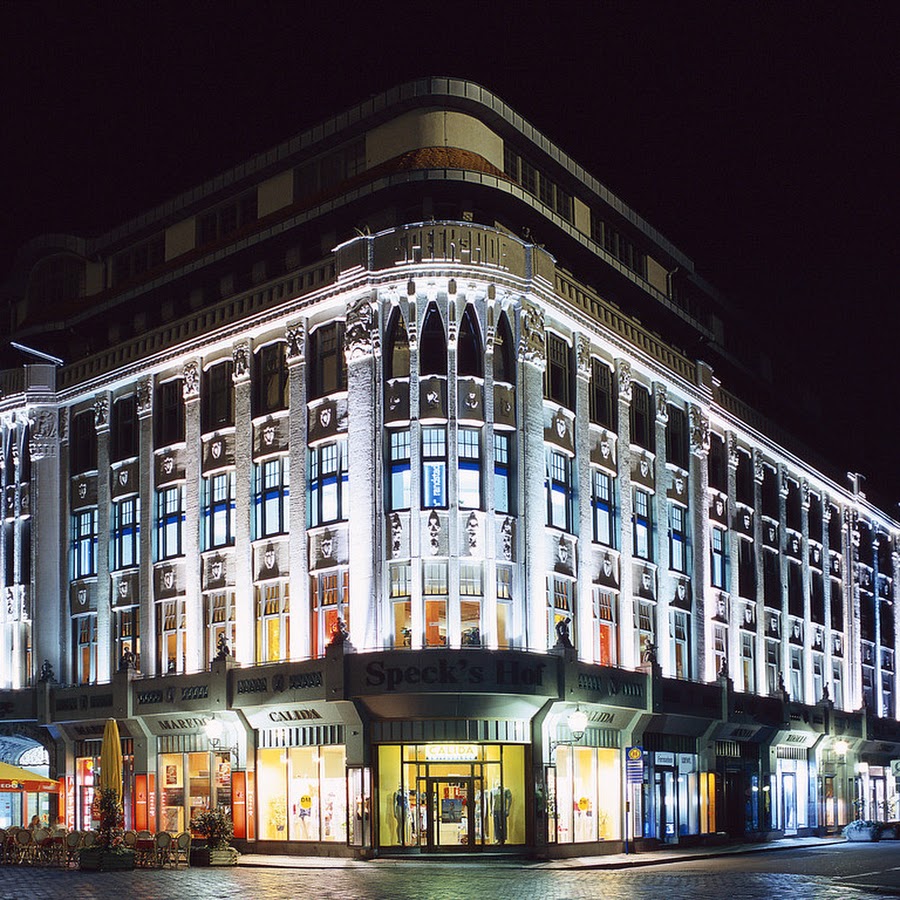
Hotel NH Leipzig Messe
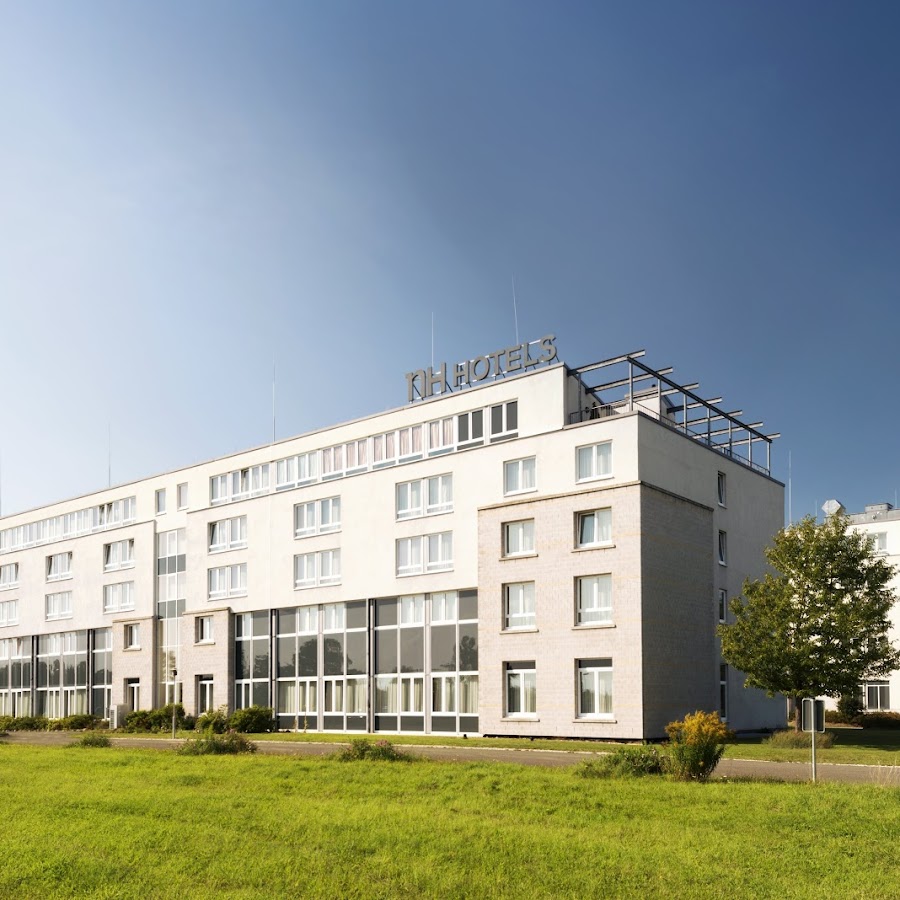
Dorint Hotel Leipzig
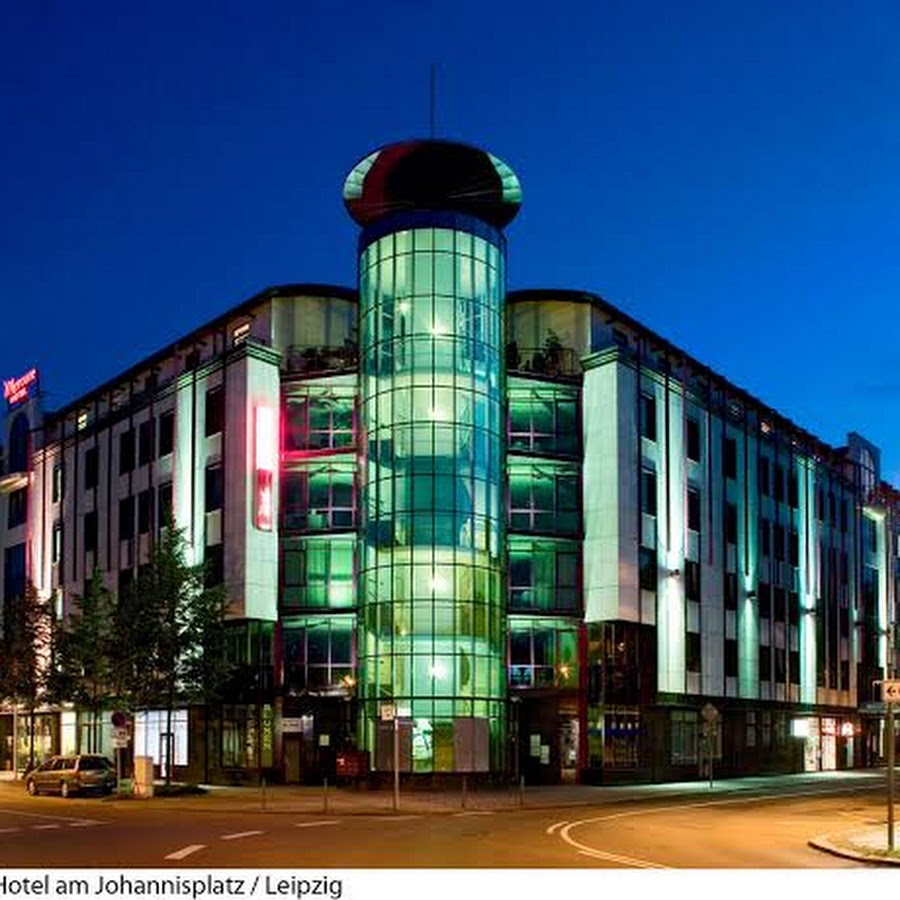
Stay KooooK Leipzig City

B&B HOTEL Leipzig-Schönefeld

McDreams Hotel Leipzig-City
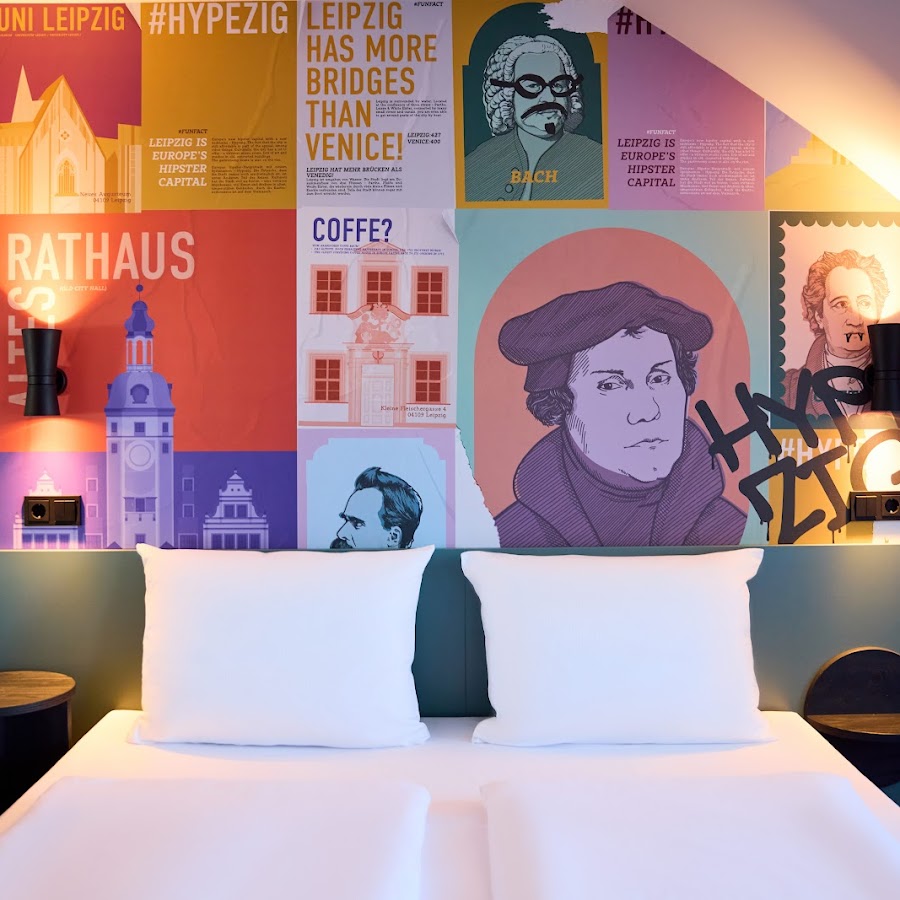
Hotel Motel One Leipzig-Augustusplatz
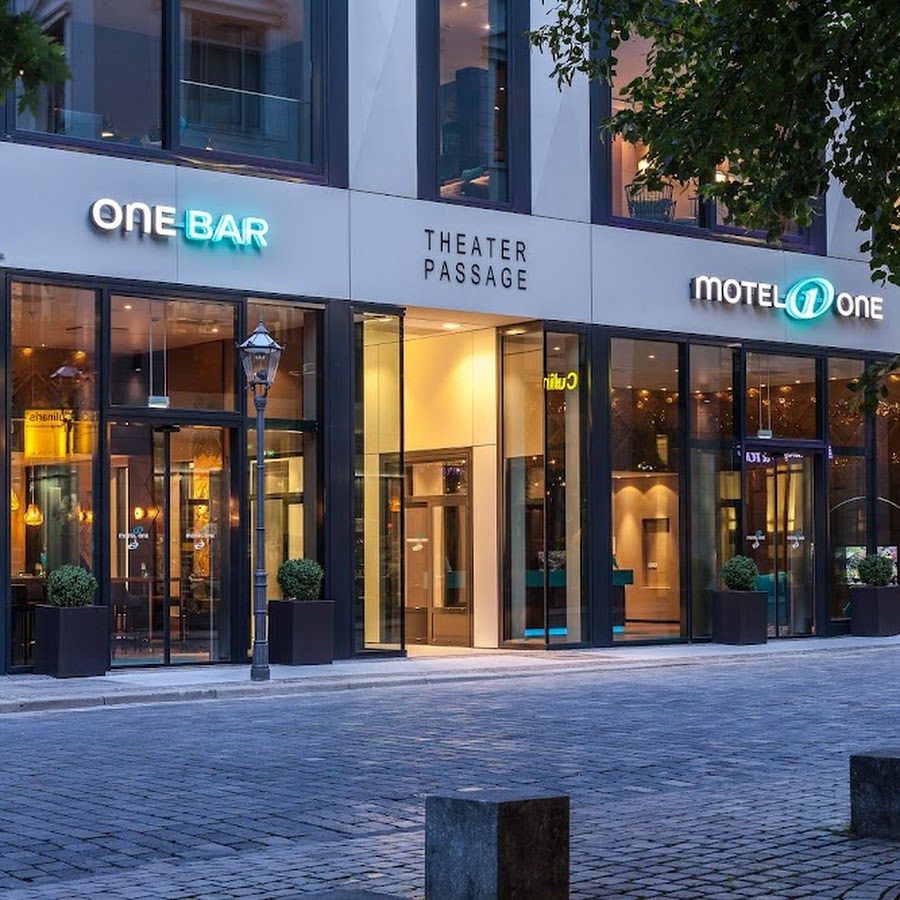
Adina Apartment Hotel Leipzig

Hotel Motel One Leipzig-Nikolaikirche
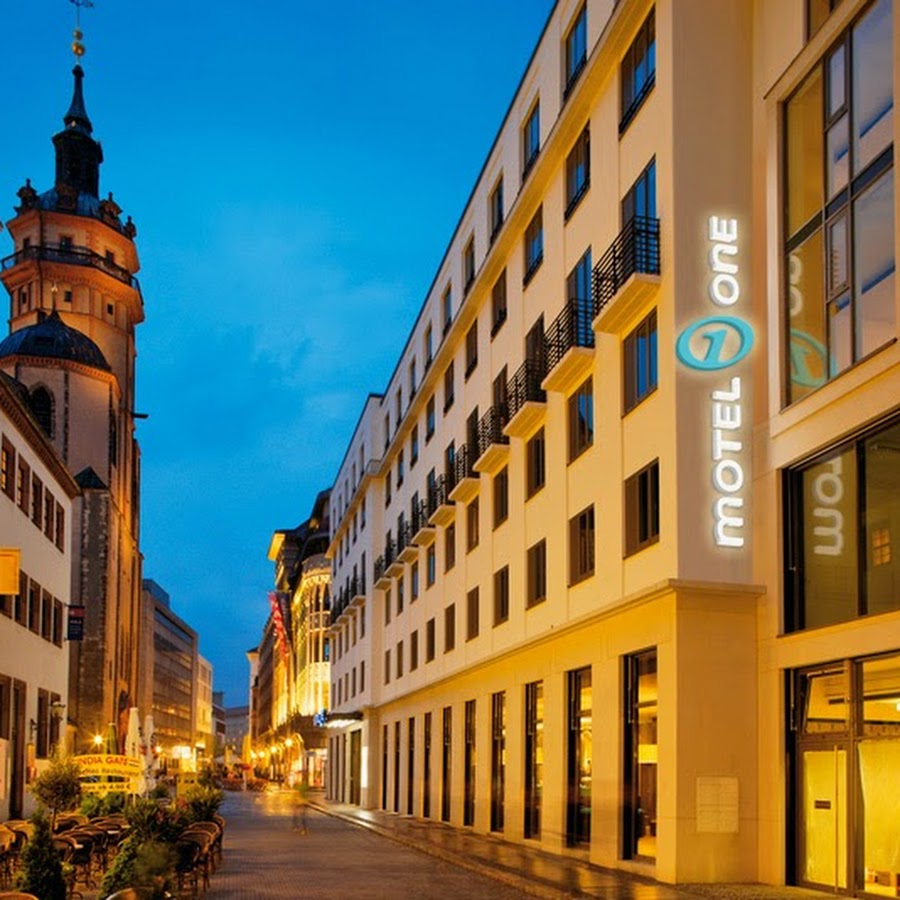
Victor's Residenz-Hotel Leipzig
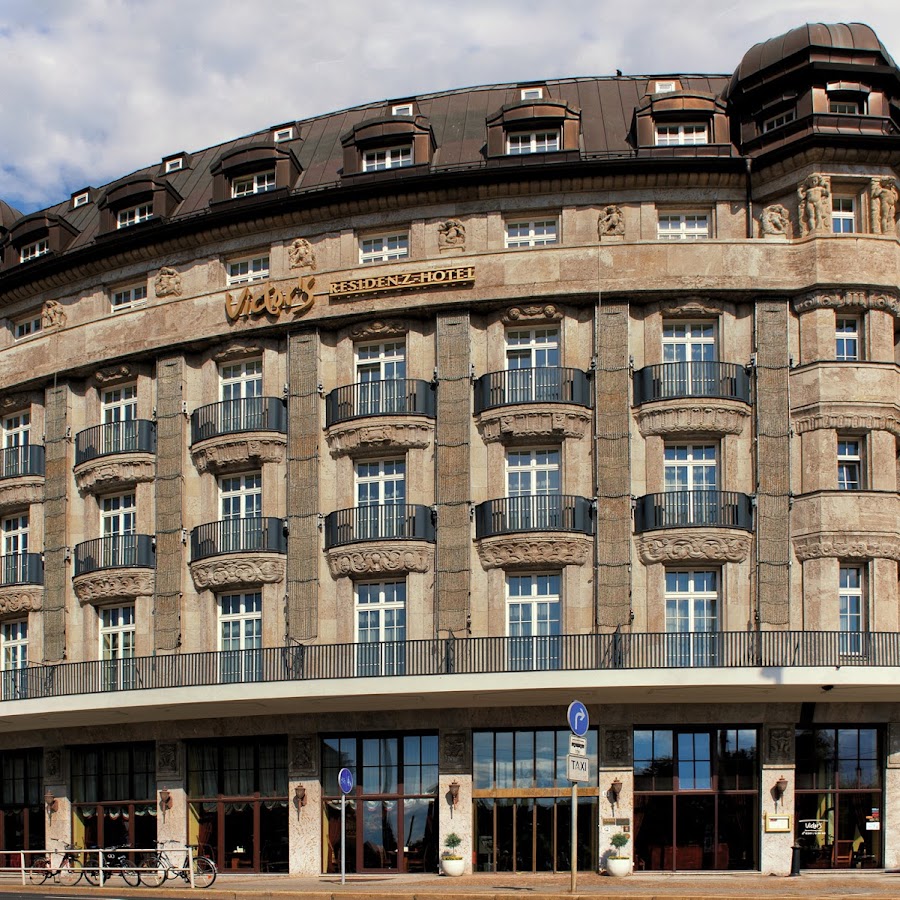
B&B HOTEL Leipzig-Nord
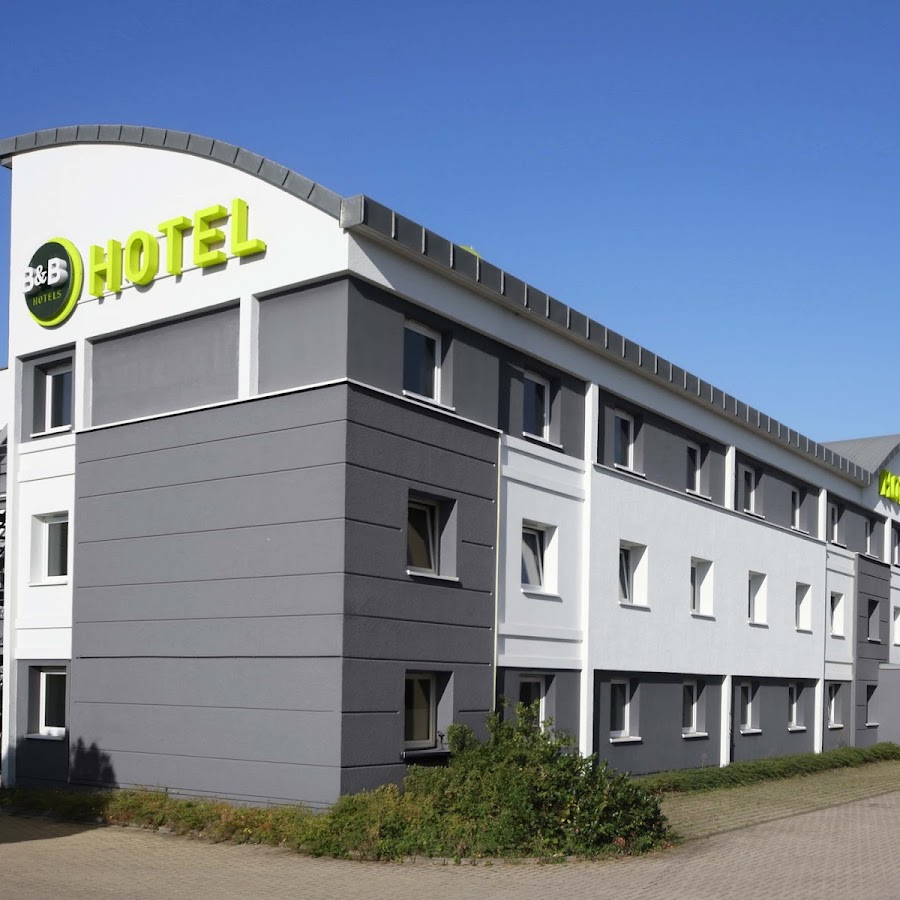
Hotel Adagio - 3 Sterne Garnihotel
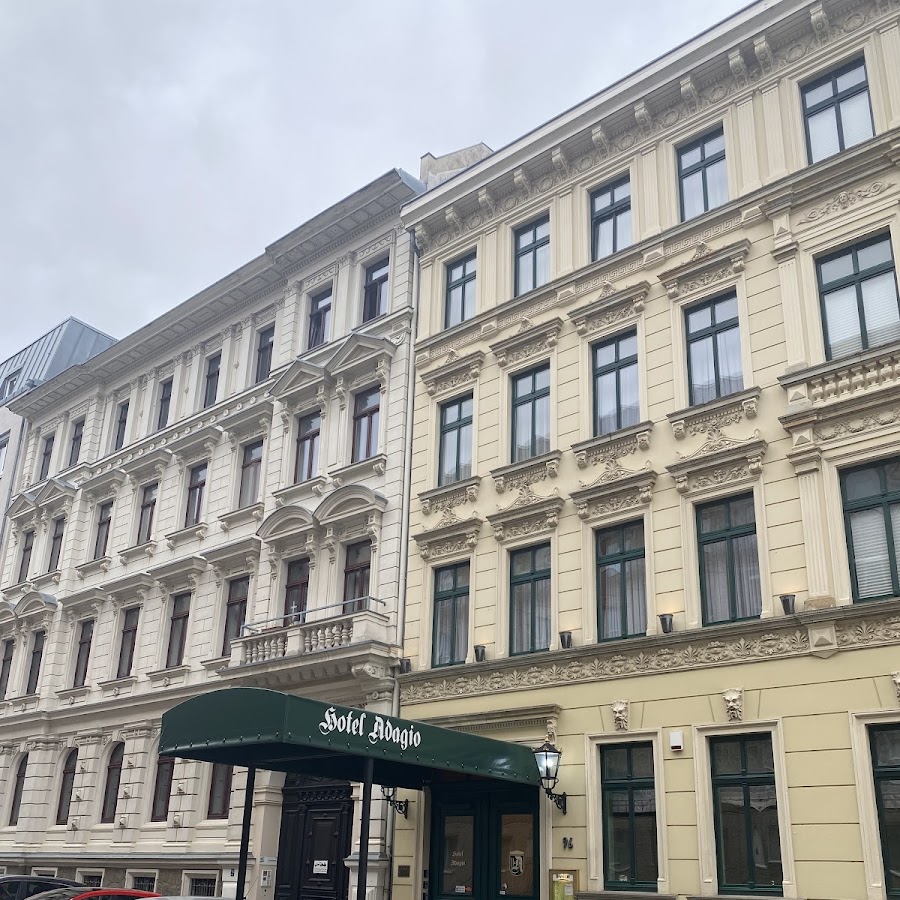
Best Western Hotel Leipzig City
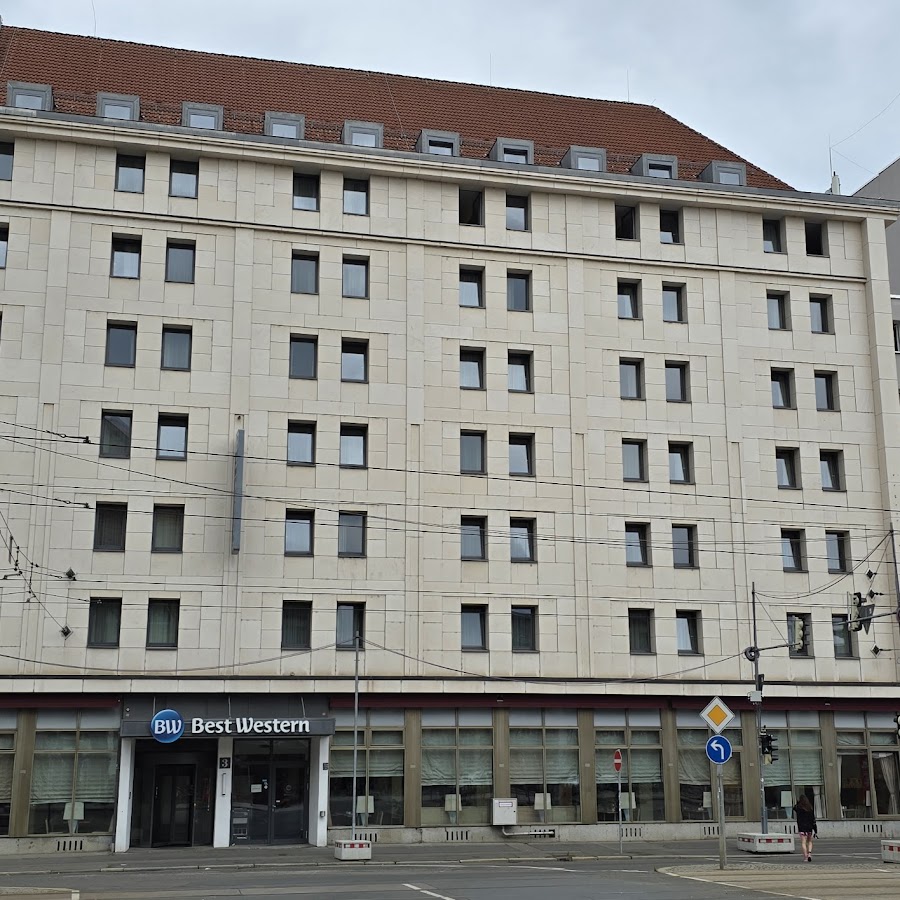
Galerie Hotel Leipziger Hof
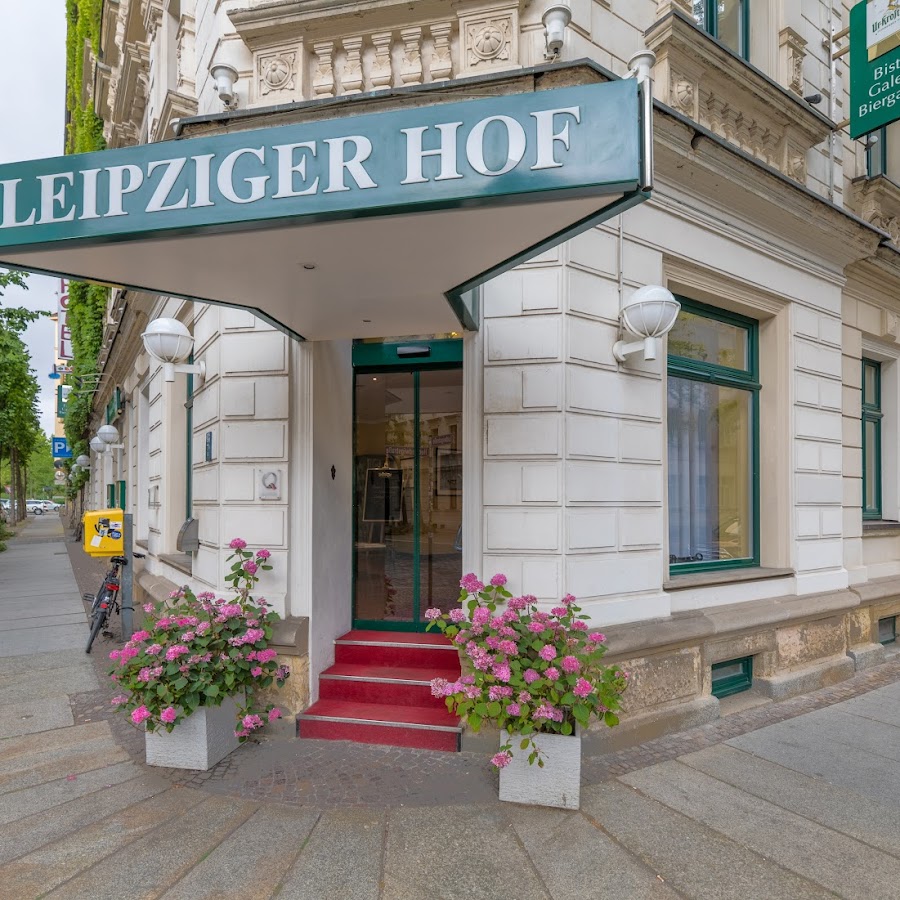
Premier Inn Leipzig City Oper Hotel
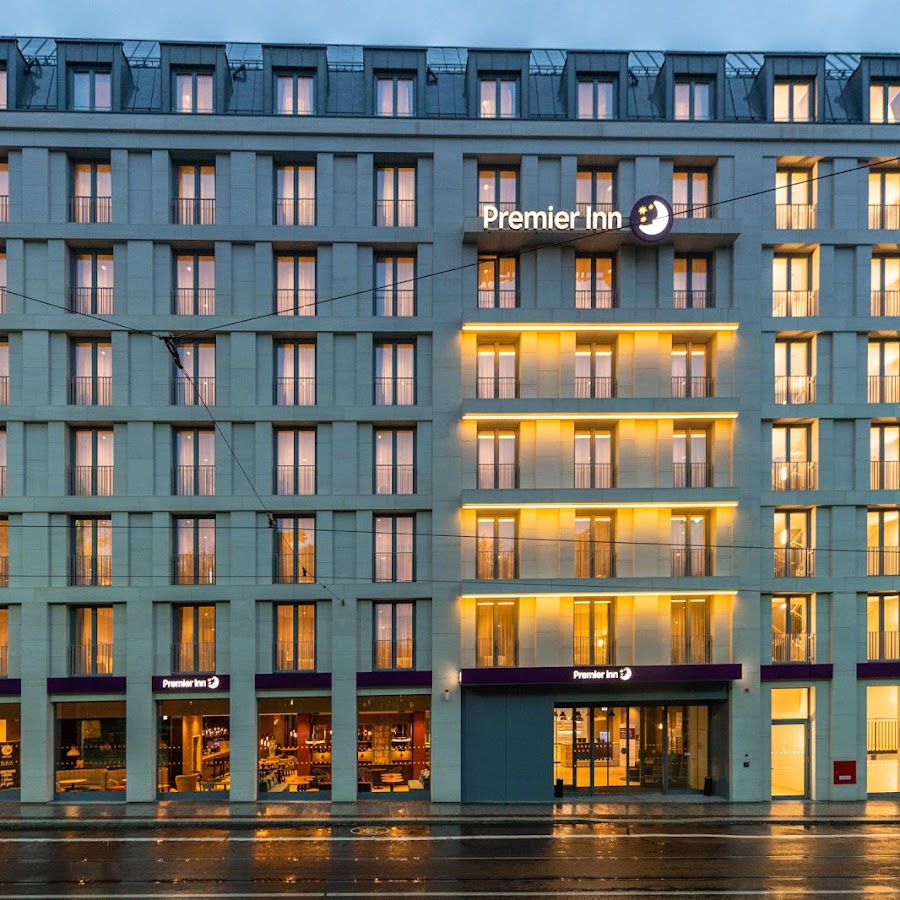
Jahrhunderthotel Leipzig

Wombat´s City Hostel Leipzig

LÉGÈRE EXPRESS Leipzig
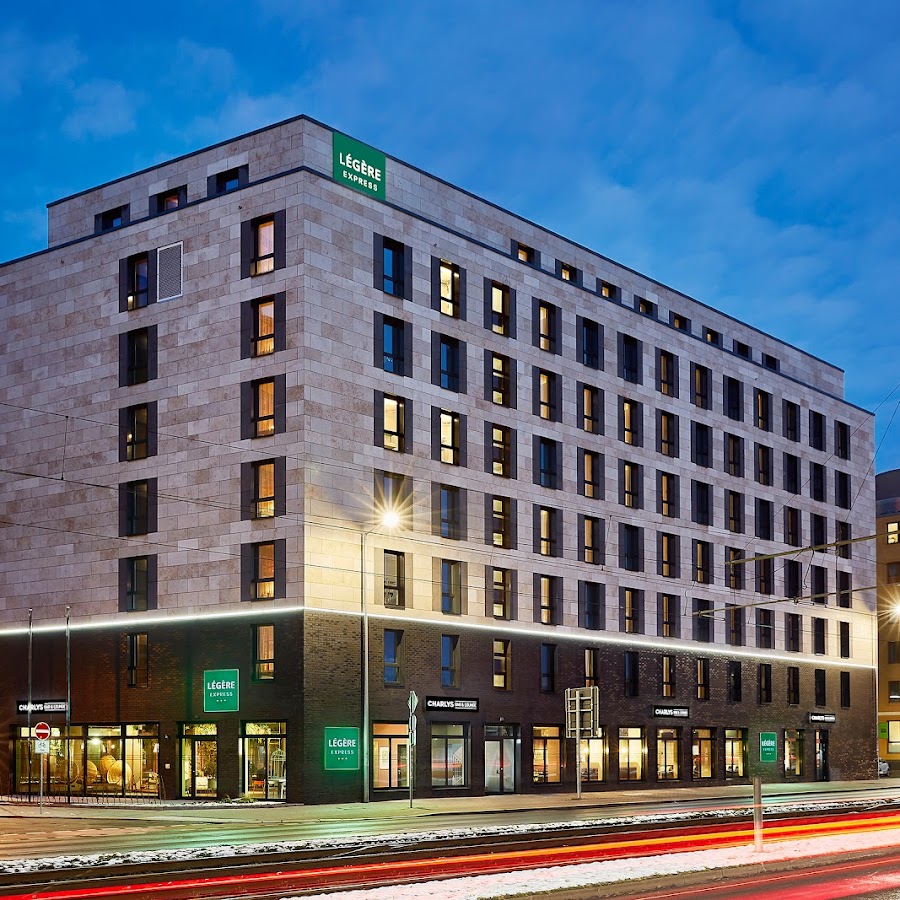
Travel24 Hotel
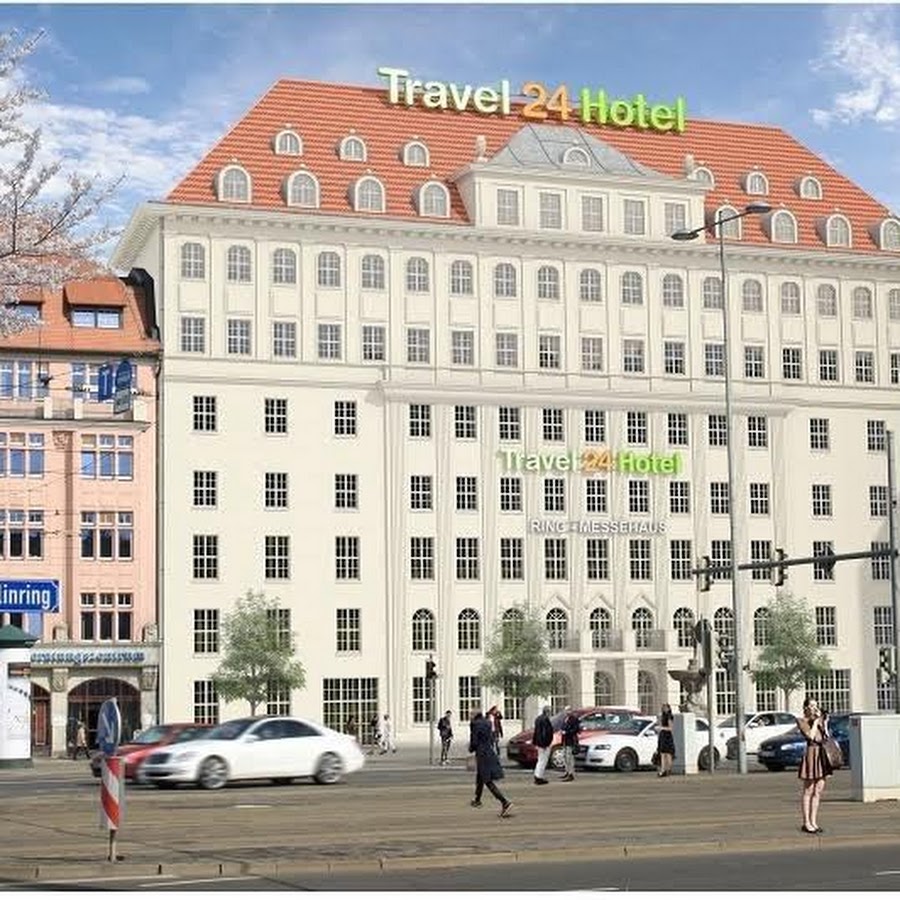
MEININGER Hotel Leipzig Central Station

Things to see or do in Leipzig
Galerie für Zeitgenössische Kunst Leipzig
The Galerie für Zeitgenössische Kunst Leipzig (GfZK) (English: Gallery for Contemporary Art) is an exhibition center for contemporary art and a museum for art post 1945 in Leipzig, Germany, in a beautiful location opposite Johannapark.An exhibition center for contemporary art and a museum for
 en.wikipedia.org
en.wikipedia.orgDok Leipzig
DOK Leipzig is a documentary film festival that takes place every October in Leipzig, Germany. It is an international film festival for documentary and animated film founded in 1955 under the name "1st All-German Leipzig Festival of Cultural and Documentary Films" and was the first independent film festival in East Germany. In 1995 a separate competition for animated films was added and in 2004 a film industry program, DOK Industry, was initiated to allow a networking and contact platform for industry professionals. Shortly after German reunification attendance figures dropped, with just 5,500 people coming in 1993; however, they quickly picked up and in 2008 the festival had more than 27,000 attendees. DOK Leipzig is part of the Doc Alliance – a creative partnership between 7 key European documentary film festivals.An international documentary film festival held annually in October.

Leipzig Trade Fair
The Leipzig Trade Fair (German: Leipziger Messe) is a major trade fair, which traces its roots back for nearly a millennium. After the Second World War, Leipzig fell within the territory of East Germany, whereupon the Leipzig Trade Fair became one of the most important trade fairs of Comecon and was traditionally a meeting place for businessmen and politicians from both sides of the Iron Curtain. Since 1996, the fair has taken place on the Leipzig fairgrounds, located about 7 kilometres (4.3 mi) north of the city centre.A major trade fair with roots tracing back nearly a millennium, hosting various events throughout the year.

Schumann House, Leipzig
The Schumann House is a cultural site in Leipzig in Germany. The musicians Robert Schumann and his wife Clara lived here for their first four years of marriage; there are now exhibition rooms in their former apartment, about their life and work.A cultural site where musicians Robert Schumann and Clara lived, now featuring exhibition rooms about their life and work.
 en.wikipedia.org
en.wikipedia.orgBosehaus
The Bosehaus is a historic house in the Thomaskirchhof, Leipzig, Germany. The building is of 16th century origin, but was updated in baroque style by Georg Heinrich Bose. It currently houses the Bach-Archiv Leipzig and its Bach Museum along with the Neue Bachgesellschaft. The building was known to Johann Sebastian Bach and it was decided in the 1980s that it would be an appropriate site for a Bach Museum. (Bach's own residence in Leipzig at the Thomasschule was destroyed at the beginning of the 20th century). The Bosehaus was restored from 2008 to 2010 to comply with the latest safety requirements for archives, and was opened again on 20 March 2010 by the President of Germany, Horst Köhler. The President stressed the importance of avoiding the accidents which had befallen archives such as the Duchess Anna Amalia Library.A historic house that currently houses the Bach-Archiv Leipzig and its Bach Museum.

Saxon Psychiatric Museum
The Saxon Psychiatric Museum (Sächsisches Psychiatriemuseum) is a small museum in Leipzig and deals with the history of lunatic asylums and psychiatry. It is organized by the Durchblick association, an initiative for people affected by psychiatry in Leipzig. It was founded in 2000. The special exhibitions deal with individual fates, careers and institutions: the life stories of the court president Daniel Paul Schreber (1842–1911) and the Saxon dialect poet Lene Voigt (1891–1962) the biographies and therapeutic concepts of doctors and psychiatrists such as Christian August Fürchtegott Hayner (1775–1837) and Hermann Paul Nitsche (1876–1948) the development of psychiatric institutions in Saxony in the Middle Ages (Hospital St. Georg) up to the sanatorium and nursing homes (Sonnenstein Castle, Thonberg private institution, Dösen sanatorium).A small museum that deals with the history of lunatic asylums and psychiatry.
 en.wikipedia.org
en.wikipedia.orgLeipzig Wildlife Park
The Leipzig Wildlife Park (in German: Wildpark Leipzig) is a zoo on the southern outskirts of Leipzig in the neighbourhood of Connewitz, Germany. It is located in the Leipzig Riverside Forest and is 42 ha (103.8 acres) in size. In the Leipzig Wildlife Park, around 25 animal species with around 250 animals that live or have lived in Central Europe or that have become native here are shown with free admission. Red deer, fallow deer and mouflon have a common large enclosure. There are also extensive enclosures for deer, wild boar, elk and European bison. Lynxes, otters, wildcats, raccoons, minks, red foxes and the European mink are kept in open outdoor enclosures. An exhibition room is available for the presentation of exhibitions and events. On a special adventure trail, visitors to the wildlife park have the opportunity to observe game without barriers. The tea house housed in a Russian log house, the wildlife park restaurant and a snack bar provide catering within the park. There are two playgrounds on the wildlife park grounds: the fairytale castle forest playground at the main entrance to Koburger Straße and the fairytale playground behind the Russian tea house. On the grounds of the wildlife park are the Jungfernlache and Panichs Lache, two oxbow lakes of the Pleiße and Weißer Elster in their common floodplain. Russian log house Izba Large enclosure Wild boar Mouflons Lynx UhuA wildlife park located in the Leipzig Riverside Forest, offering a natural habitat

Agra (site)
The Agra site south of Leipzig in Germany includes an exhibition center as well as a green space with a total surface area of 190 hectares (470 acres). The combination of a natural area and an event complex originated from the concomitance of a horticultural exhibition and an agricultural fair in the early years of the German Democratic Republic. The GDR agricultural fair named Agra gave its name to the site. With a covered exhibition area of 13,000 square metres (140,000 square feet), a car park with 250 spaces and an annual attendance of 750,000 visitors, it is the second largest event complex in Leipzig after the Leipzig fairgrounds of the Leipzig Trade Fair in the north of the city. The landscaped park includes a number of monuments distributed between meadows, gardens, bodies of water and groves. The park includes museums, for example, the Deutsches Fotomuseum (German Photo Museum), the Dölitz gatehouse and the watermill on the Mühlpleiße river. The site is intended for different types of fairs, exhibitions as well as festivals. It notably hosts the Wave-Gotik-Treffen, one of the largest Gothic festivals in the world, the medieval festival named Mittelalterlich Phantasie Spectaculum, the Tattoo & Lifestyle exhibition as well as the Fest der 25.000 Lichter (Festival of 25,000 lights), where the public comes equipped with lanterns, candles or any other sources of light. Every year in October, a historical reenactment of the battle of Leipzig takes place.A green space and exhibition center that combines nature with events.

Cospudener See
The Cospudener See (sometimes translated as Lake Cospuden) is an artificially constructed lake situated directly on the southern outskirts of Leipzig, Germany. Leipzig, Markkleeberg and Zwenkau have shares in the lake which is on the site of a former open cast mine. The lake is popularly known as "Cossi", more rarely "Cospi", and has become highly popular with the local population, with long stretches of sand beaches (some clothing-optional, following the East German tradition of public nude bathing) and with a sauna directly located at the lake. There is also a small sailing harbor. The lake is a part of the Central German Lake District.An artificial lake ideal for swimming, sailing, and relaxing by the water.

Clara-Zetkin-Park
A large park in Leipzig, perfect for walking, picnicking, and enjoying nature.
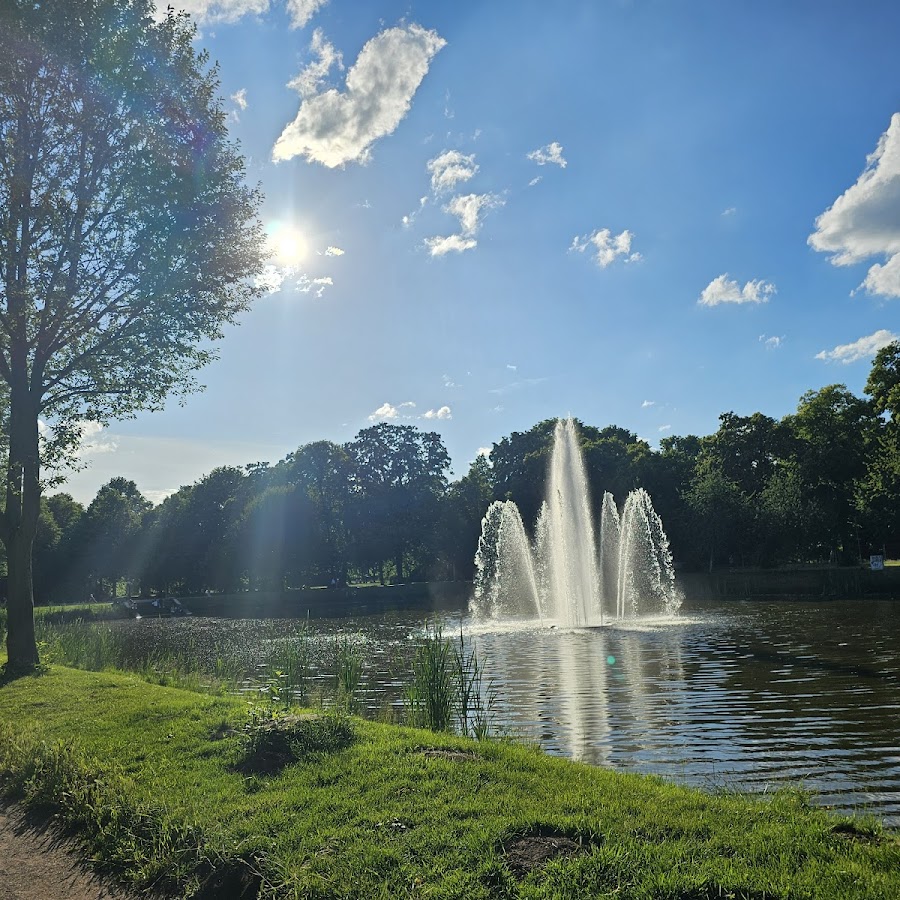
Zeitgeschichtliches Forum Leipzig
The Zeitgeschichtliches Forum Leipzig (English: Forum of Contemporary History) is a museum of contemporary German history. The museum was opened in 1999 and focuses on the history of the German division, everyday life in the communist dictatorship of the GDR, and the reunification process. It is located in the Grimmaische Strasse in the city center of Leipzig, Germany. A landmark of the museum is the sculpture The Step of the Century by Wolfgang Mattheuer in front of it. The permanent exhibition gives insight into the history of opposition and civil disobedience in the repressive one-party state of the Socialist Unity Party of Germany (SED). Furthermore, it focuses on the history of everyday life in the Soviet Occupation Zone and the GDR from the end of World War II in 1945 until the Peaceful Revolution of 1989 and German reunification. The fundamental revision of the permanent exhibition, completed in 2018, gives more space to the time period after the reunification. New topics are the successes and difficulties or growing together, international terrorism, digitization and globalization. 2000 objects, photos and films, as well as numerous interviews with eyewitnesses illustrate the recent history of Germany. Alongside the permanent exhibition the museum displays several temporary exhibitions every year. Moreover, it organises lectures, readings, film screenings and other events on history. Its collection on GDR history comprises over 200,000 objects, for example the literary and artistic estate of Johannes Hegenbarth, author of GDR comic Mosaik. The museum is run by Haus der Geschichte foundation. Admission is free.A museum focusing on contemporary German history, particularly the history of the German division.
 en.wikipedia.org
en.wikipedia.orgLeipzig Panometer
The Leipzig Panometer is an attraction in Leipzig, Germany. It is a visual panorama displayed inside a former gasometer, accompanied by a thematic exhibition. The current theme is "New York 9/11". The Panometer was created in 2003 by the Austrian-born artist Yadegar Asisi, who coined the name as a portmanteau of "panorama" and "gasometer". He opened another Panometer in Dresden in 2006. His panoramas are also displayed in Berlin, Pforzheim, Wittenberg, Hanover and Rouen.A visual panorama displayed inside a former gasometer, featuring thematic exhibitions.

Monument to the Battle of the Nations
The Monument to the Battle of the Nations (German: Völkerschlachtdenkmal) is a monument in Leipzig, Germany, to the 1813 Battle of Leipzig, also known as the Battle of the Nations. Paid for mostly by donations and the city of Leipzig, it was completed in 1913 for the 100th anniversary of the battle at a cost of six million goldmarks. The monument commemorates the defeat of Napoleon's French army at Leipzig, a crucial step towards the end of hostilities in the War of the Sixth Coalition. The coalition armies of Russia, Prussia, Austria and Sweden were led by Tsar Alexander I of Russia and Karl Philipp, Prince of Schwarzenberg. There were Germans fighting on both sides, as Napoleon's troops also included conscripted Germans from the left bank of the Rhine annexed by France, as well as troops from his German allies of the Confederation of the Rhine. The structure is 91 metres (299 ft) tall. It contains over 500 steps to a viewing platform at the top, from which there are views across the city and environs. The structure makes extensive use of concrete, and the facings are of granite. It is widely regarded as one of the best examples of Wilhelmine architecture. The monument is said to stand on the spot of some of the bloodiest fighting, from where Napoleon ordered the retreat of his army. It was also the scene of fighting in World War II, when Nazi forces in Leipzig made their last stand against U.S. troops.A monumental structure commemorating the 1813 Battle of Leipzig.

Wave-Gotik-Treffen
The Wave-Gotik-Treffen (WGT; German for "Wave Gothic Meeting") is an annual world festival for "dark" music and "dark culture" in Leipzig, Germany. 150+ bands and artists from various backgrounds (gothic rock, EBM, industrial, noise, darkwave, neo-folk, neo-classical and medieval music being examples) play at several venues throughout the city over four days on Whitsuntide. The festival also features multiple all-night dance club parties, several fairs with medieval, gothic, and related merchandise, a variety of cultural exhibitions and performances, large themed picnics, and a number of unofficial fringe events. With 18,000 to 20,000 regular attendants, the WGT is one of the largest events of the gothic, cybergoth, steampunk, and rivethead subcultures worldwide.An annual festival for dark music and culture, featuring numerous bands and artists.

German Museum of Books and Writing
The German Museum of Books and Writing (German: Deutsches Buch- und Schriftmuseum (DBSM)) in Leipzig, Germany, founded in 1884 as Deutsches Buchgewerbe-Museum, is the world's oldest museum of its kind, dedicated to collecting and preserving objects and documents as well as literature connected with the history of books, including paper, printing techniques, the art of illustration, and bookbinding. The museum is housed in a modern €60 million annex to the German National Library in Leipzig built in 2011. In 1886, the museum acquired the entire book collection of Heinrich Klemm [de], which he had sold to the Kingdom of Saxony the year before. A rare copy of a 42-line Gutenberg Bible printed on vellum was among the books in the collection. At the end of World War II, the Bible was taken as war booty and transferred to the Russian State Library in Moscow, where it remains today. Wikimedia Commons has media related to German Museum of Books and Writing.The world's oldest museum dedicated to books and writing, preserving the history of the written word.

Mendelssohn House, Leipzig
Mendelssohn House is a museum in Leipzig in Saxony, Germany. The composer Felix Mendelssohn lived here from 1845 until his death in 1847; it now contains a collection about the life and work of the composer.A museum dedicated to the composer Felix Mendelssohn, located in his former residence.
 en.wikipedia.org
en.wikipedia.orgNatural History Museum, Leipzig
180m 196yds Natural History Museum The Natural History Museum in Leipzig (German: Naturkundemuseum Leipzig) is a natural history museum in the city of Leipzig, Germany, located at the northwest corner of the Inner City Ring Road. The museum contains the insect collection of Alexander Julius Reichert. In 2014 and in 2020, the city council decided that the Natural History Museum would be set up in the former Bowling Club.A natural history museum located in the city, featuring various exhibits related to natural history.

Museum of Musical Instruments of Leipzig University
The Museum of Musical Instruments of the University of Leipzig (German: Musikinstrumentenmuseum der Universität Leipzig) is a museum in Leipzig, Germany. It is located on Johannisplatz, near the city centre. The museum belongs to the University of Leipzig and is also part of the Grassi Museum, whose other members are the Museum of Ethnography and the Museum of Applied Arts. It is one of the largest music instrument museums in Europe, alongside those of Brussels and of Paris. Its collection of around 10,000 objects includes valuable instruments from Europe and beyond, as well as music-related items from the Renaissance, the Baroque, and Bach's Leipzig period.This museum showcases a collection of musical instruments and is part of the University of Leipzig.

Leipzig Museum of Ethnography
The Leipzig Museum of Ethnography (German: Museum für Völkerkunde zu Leipzig) is a large ethnographic museum in Leipzig, Germany, also known as the Grassi Museum of Ethnology. Today it is part of the Grassi Museum, an institution which also includes the Museum of Applied Arts and the Museum of Musical Instruments, based in a large building on the Johannisplatz. The Leipzig Museum of Ethnography is one of three museums in the Saxon State Ethnographical Collections which belong to the Dresden State Art Collections.The Leipzig Museum of Ethnography is a large ethnographic museum, part of the Grassi Museum.

Museum der bildenden Künste
The Museum der bildenden Künste (German: "Museum of Fine Arts") is a museum in Leipzig, Saxony, Germany. It covers artworks from the Late Middle Ages to Modernity.The Museum der bildenden Künste (Museum of Fine Arts) covers artworks from the Late Middle Ages to Modernity.
 en.wikipedia.org
en.wikipedia.org